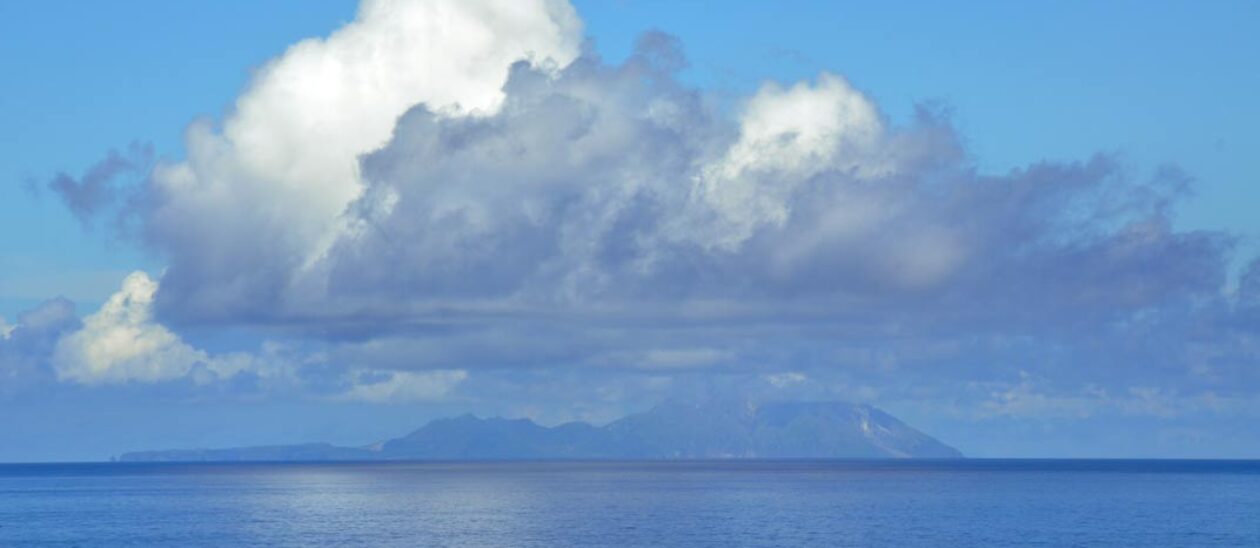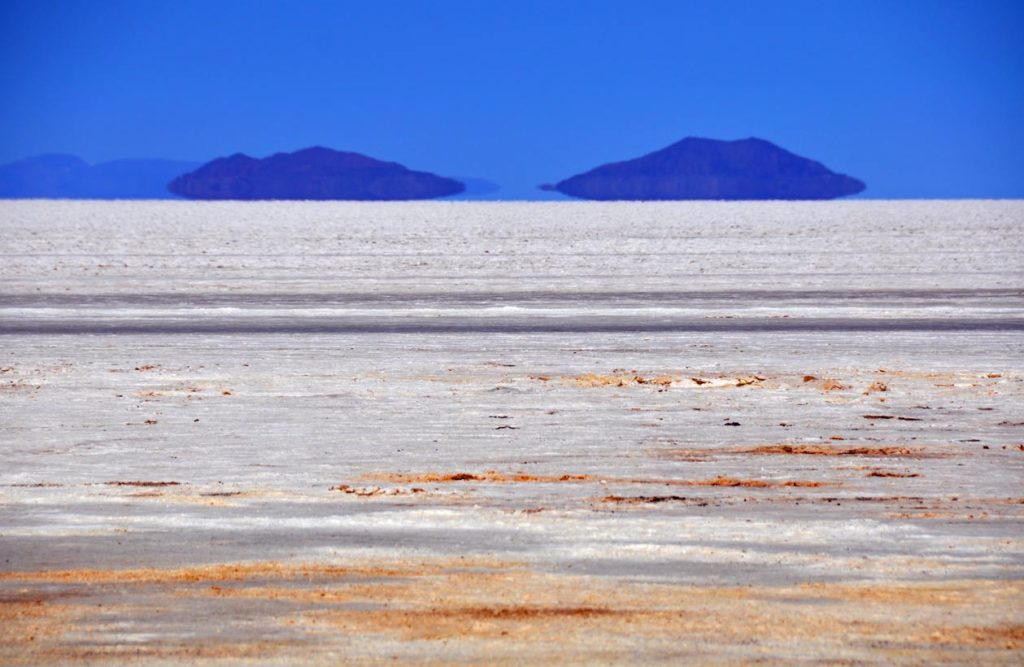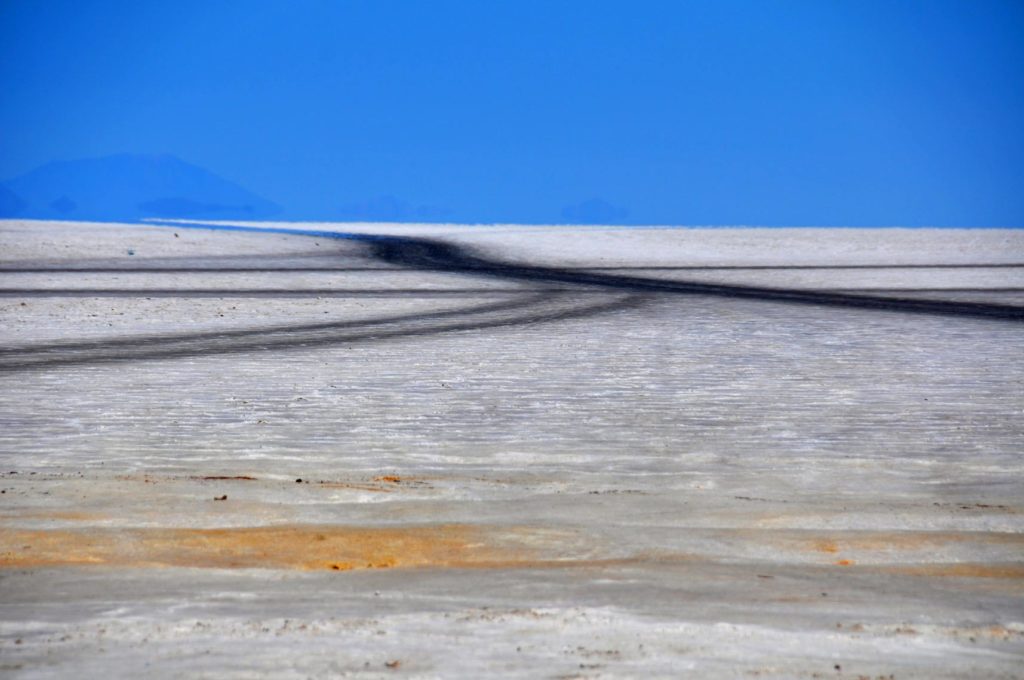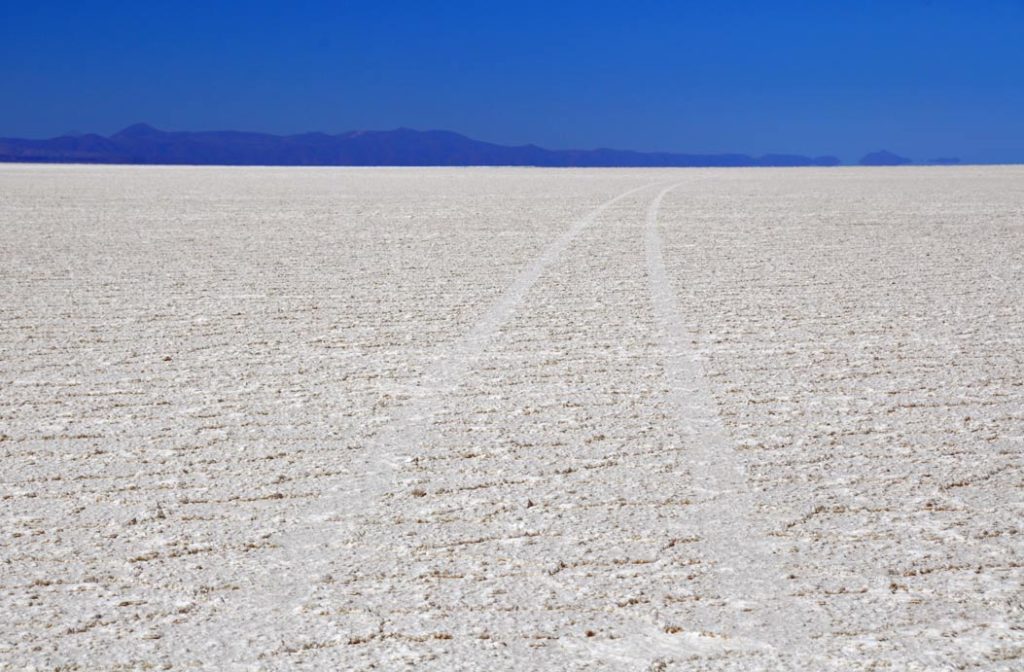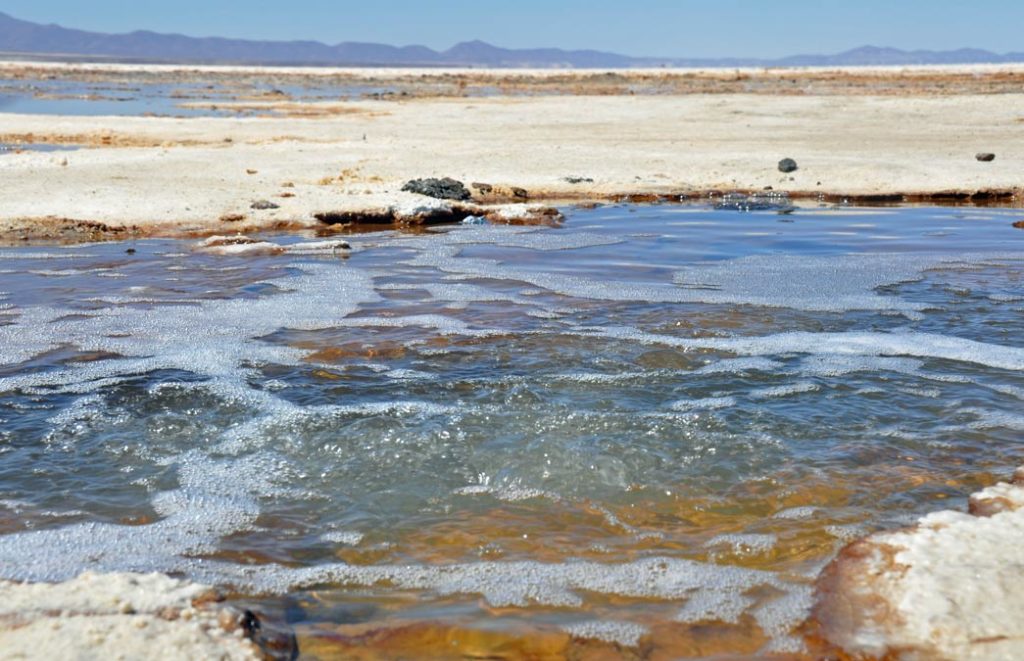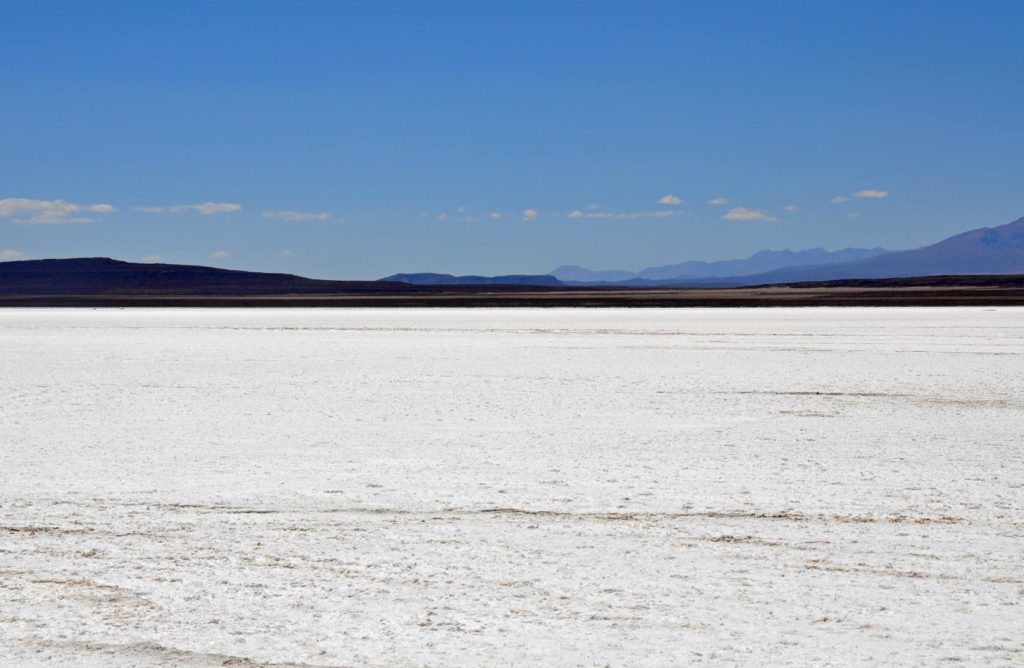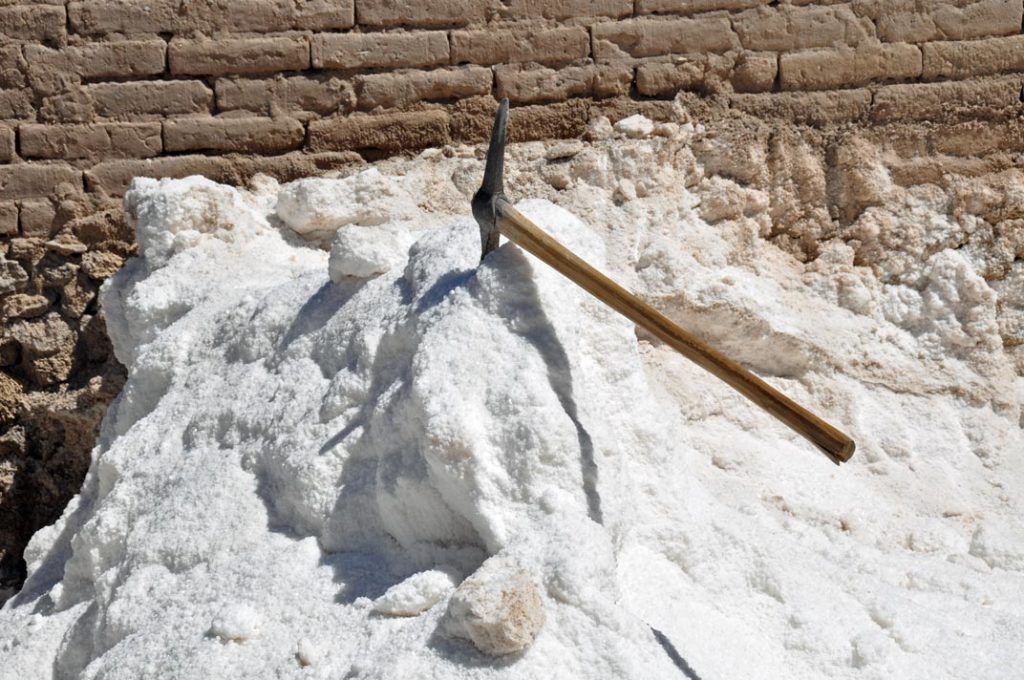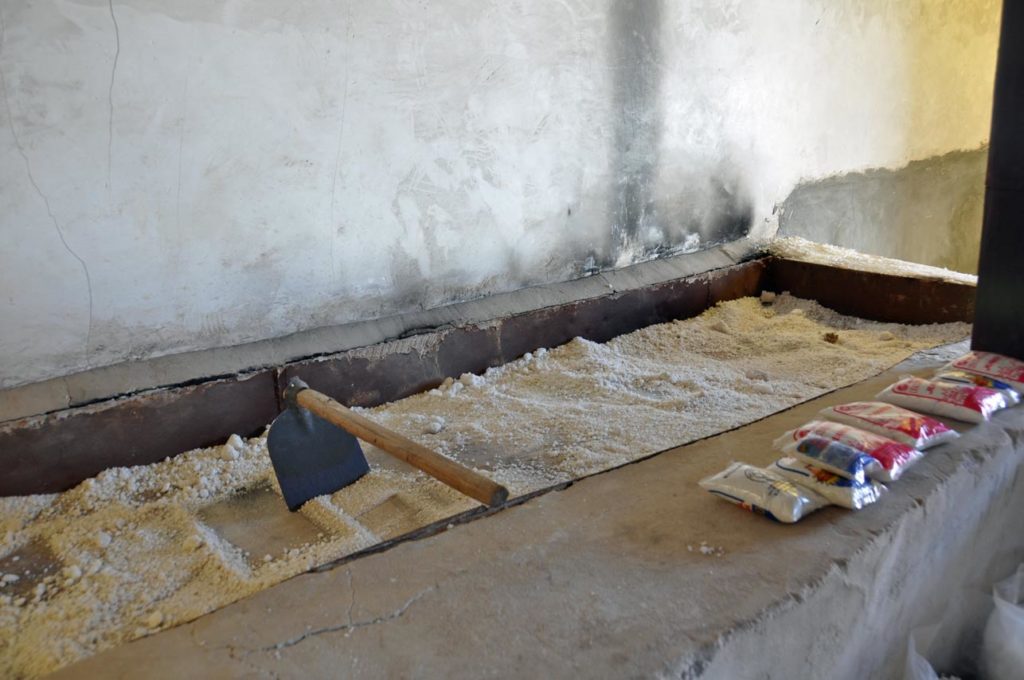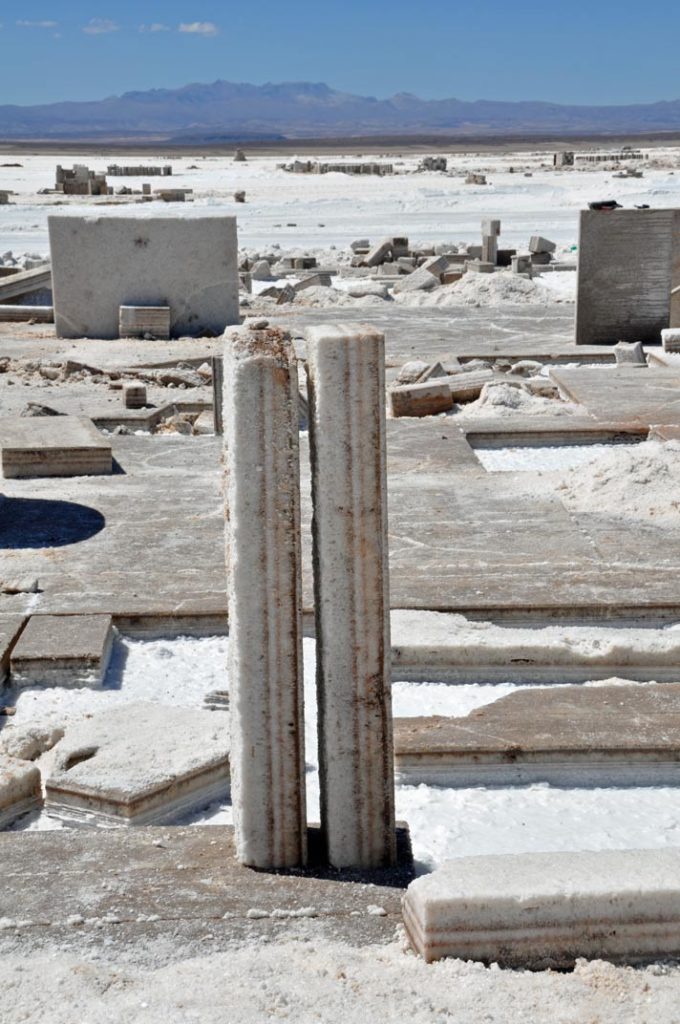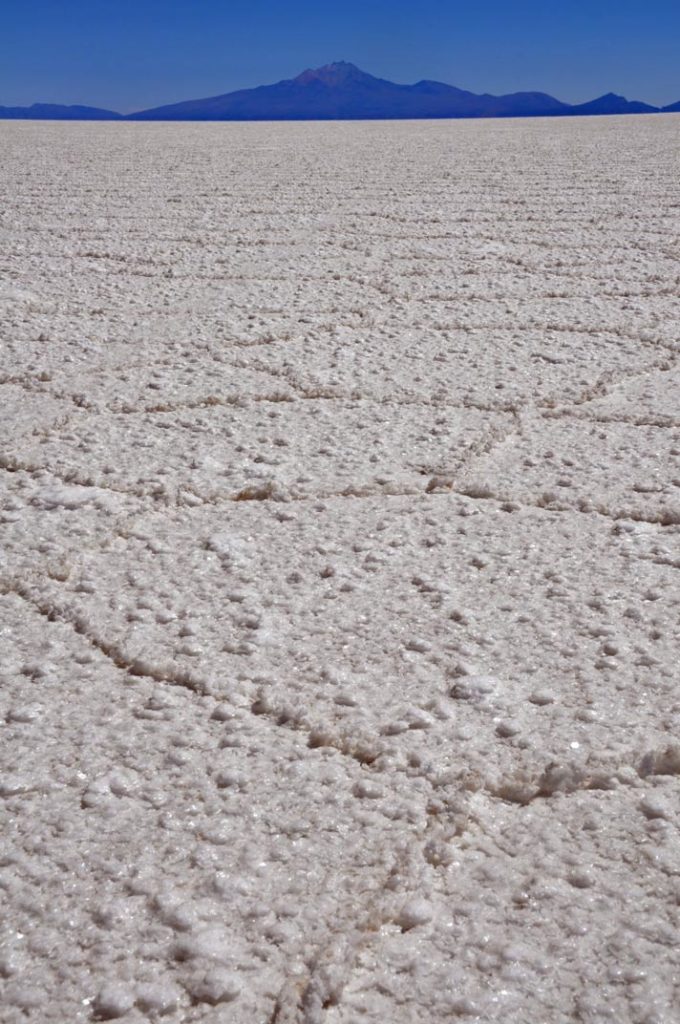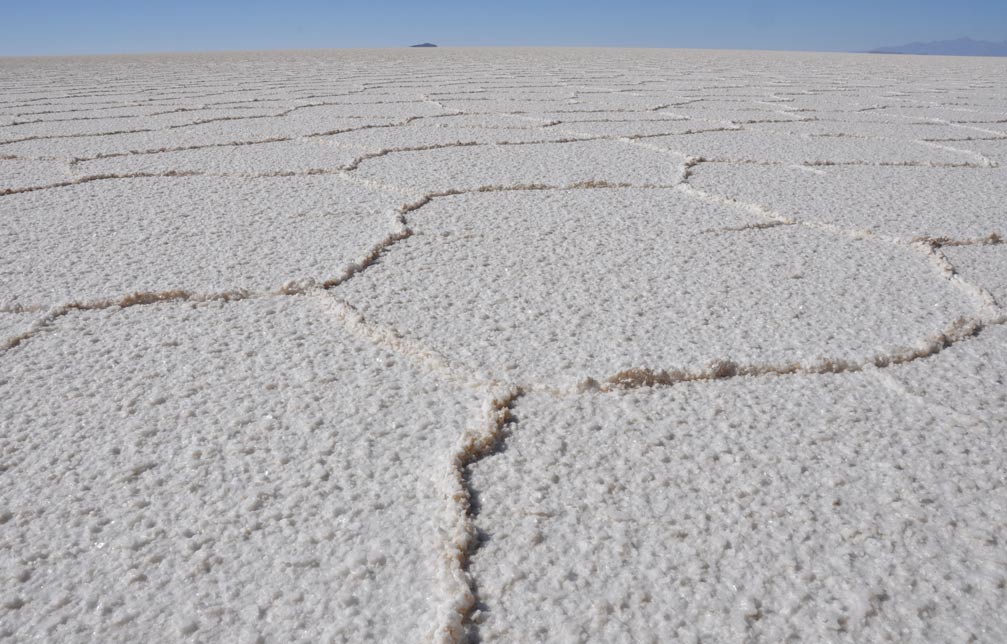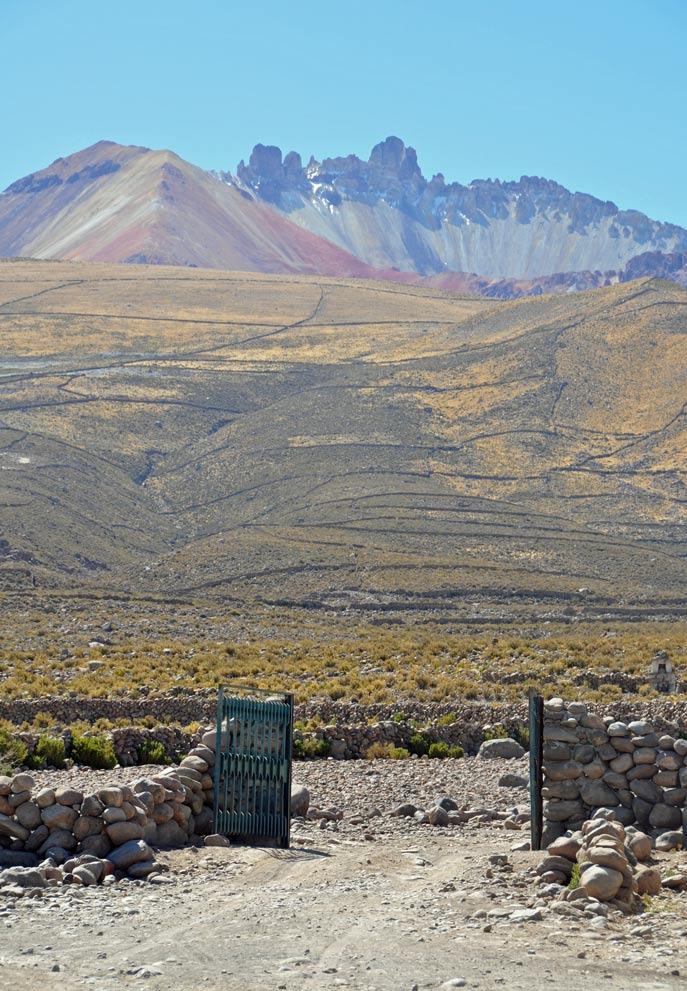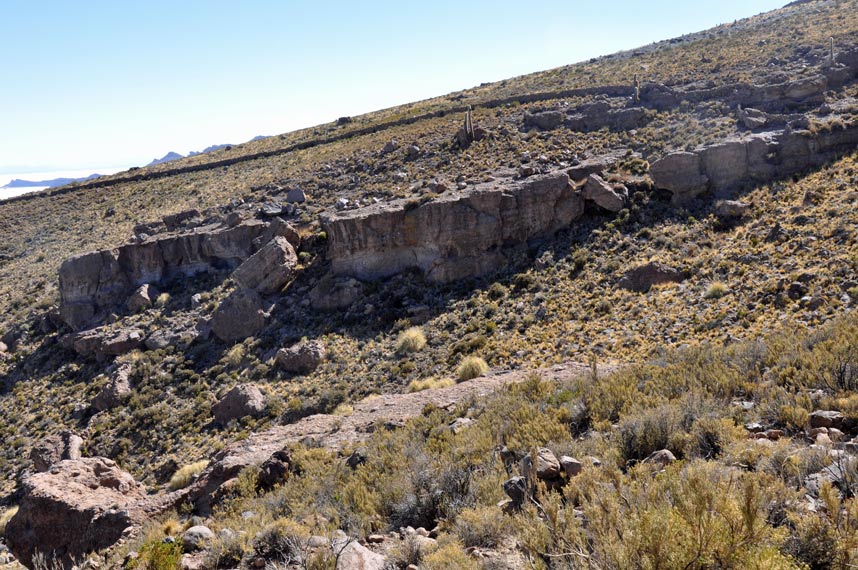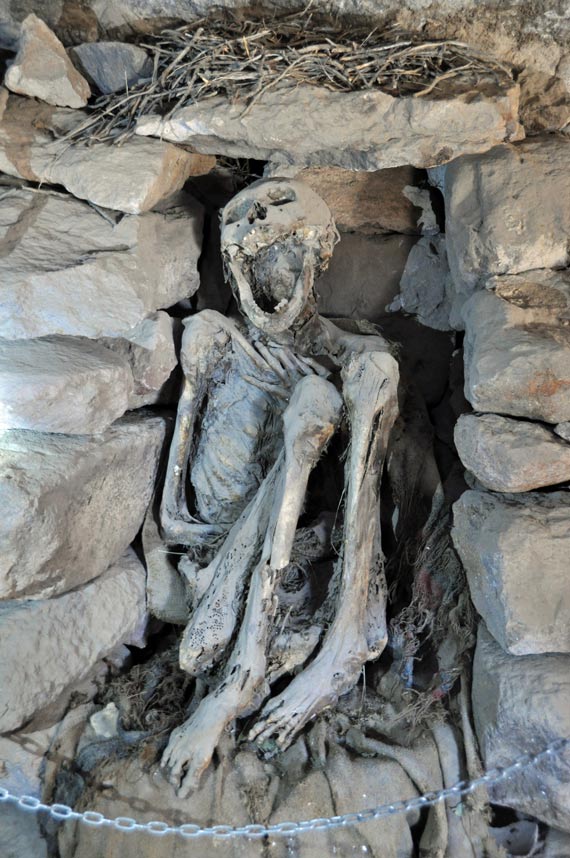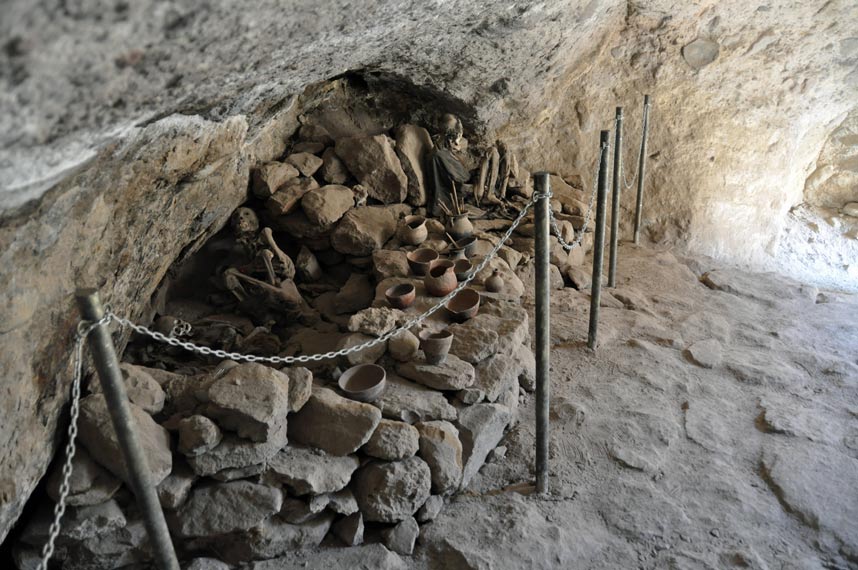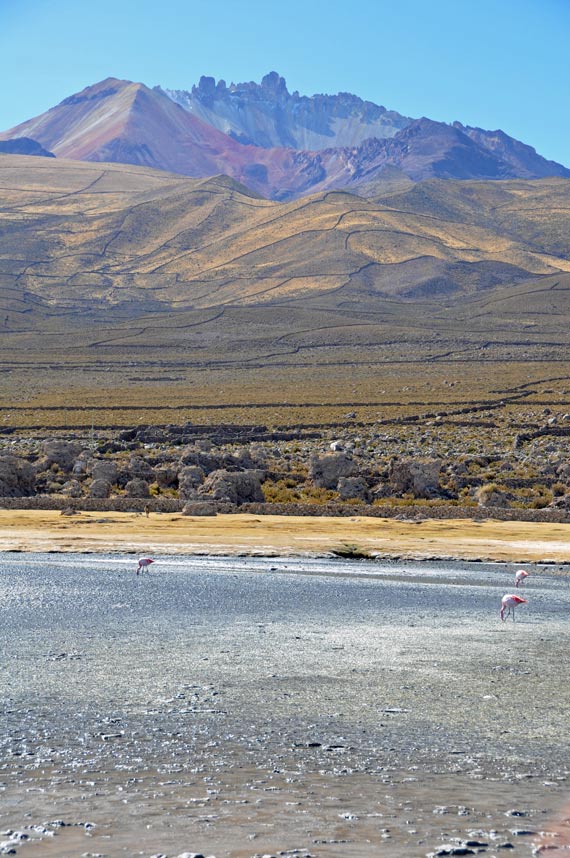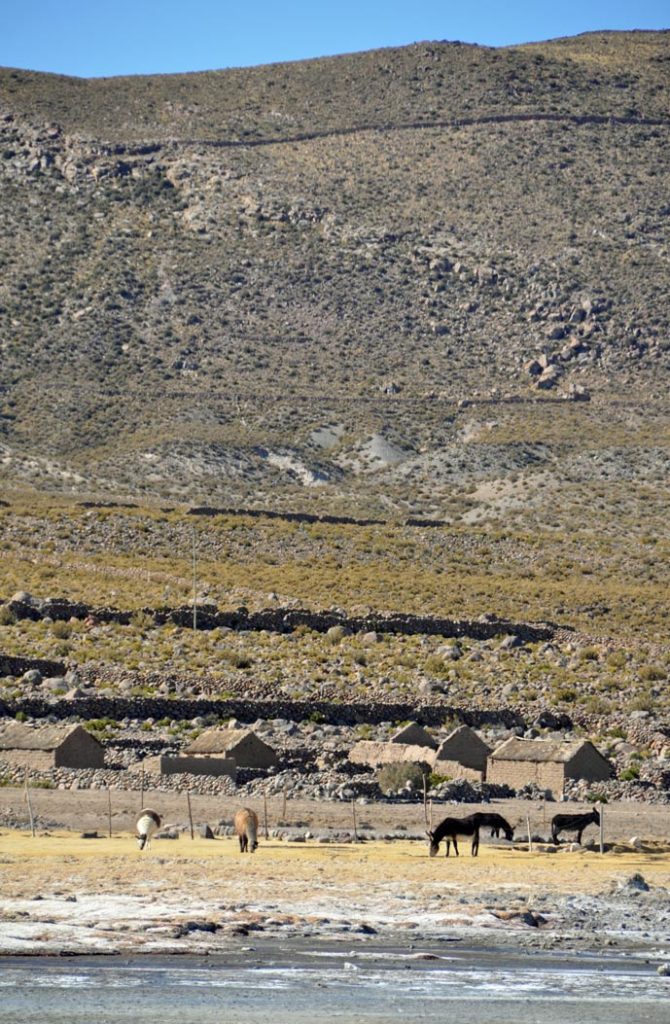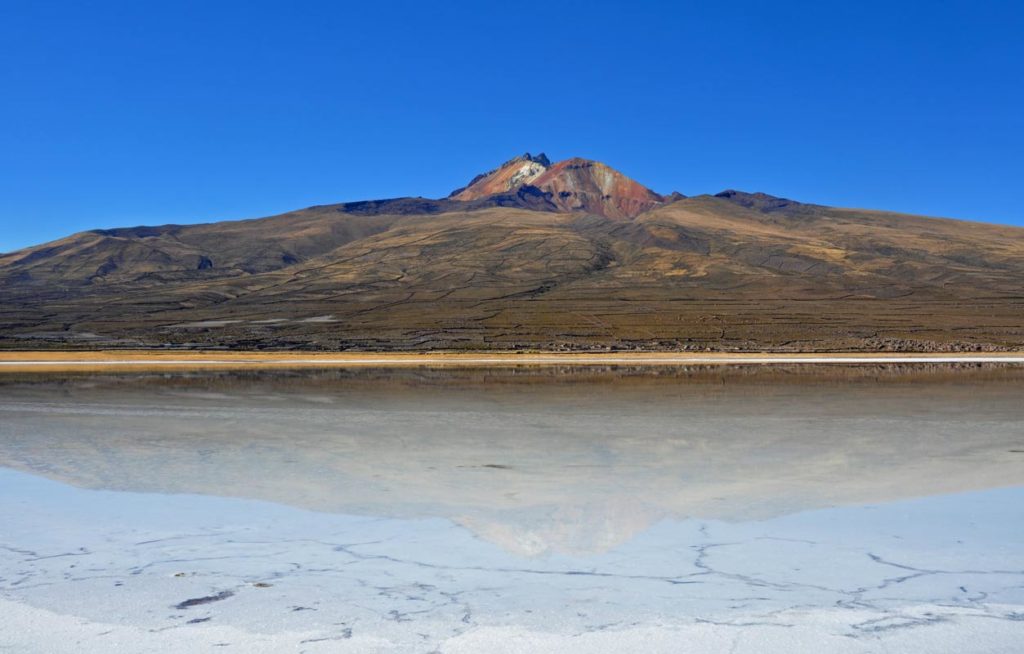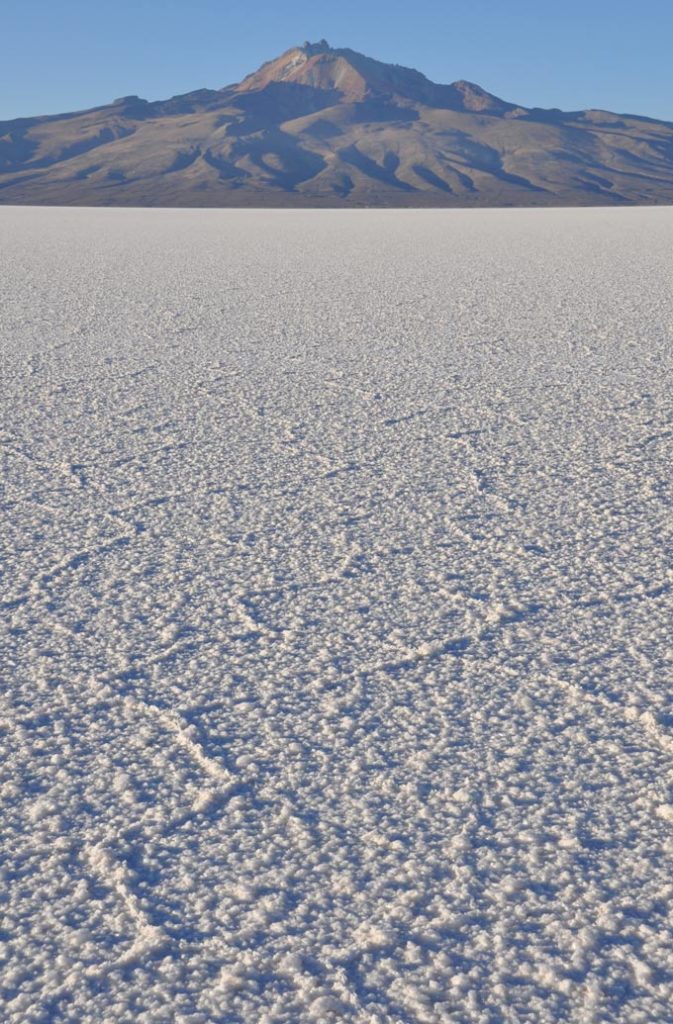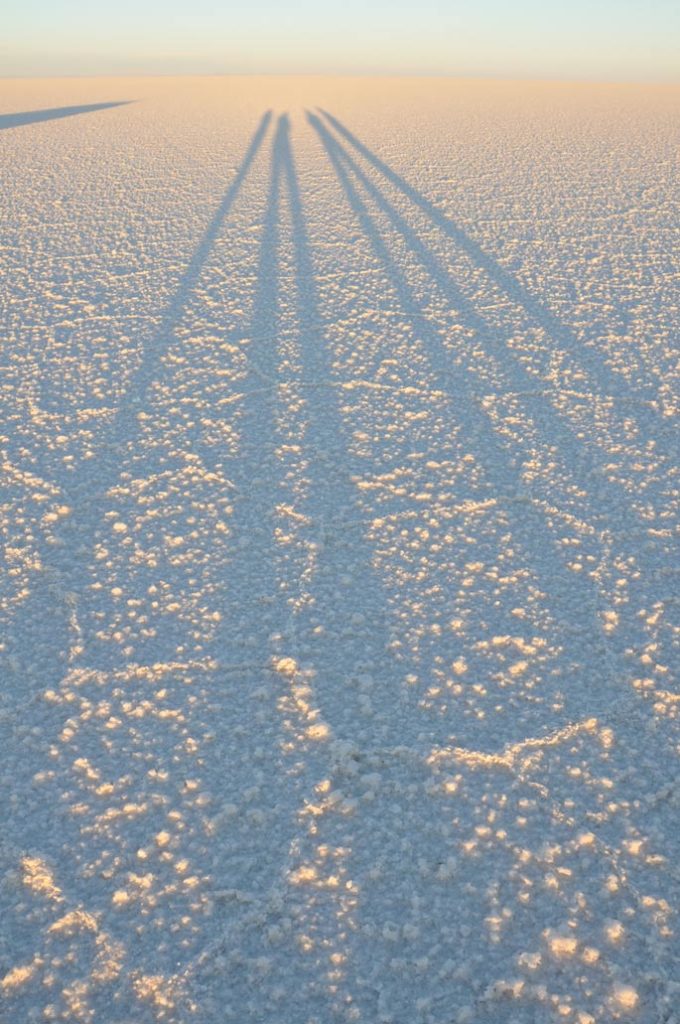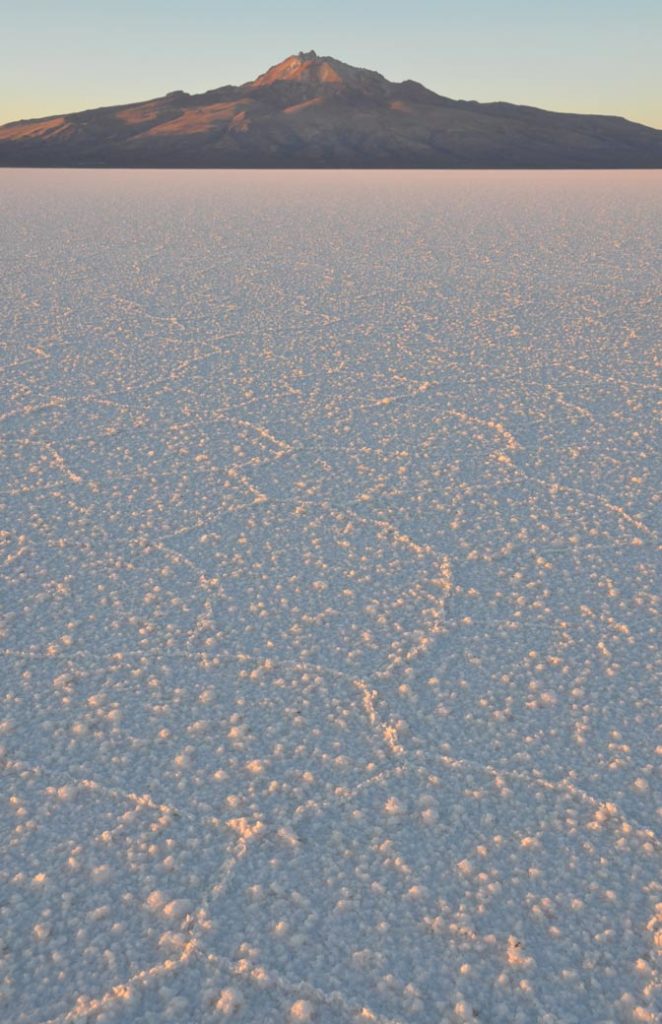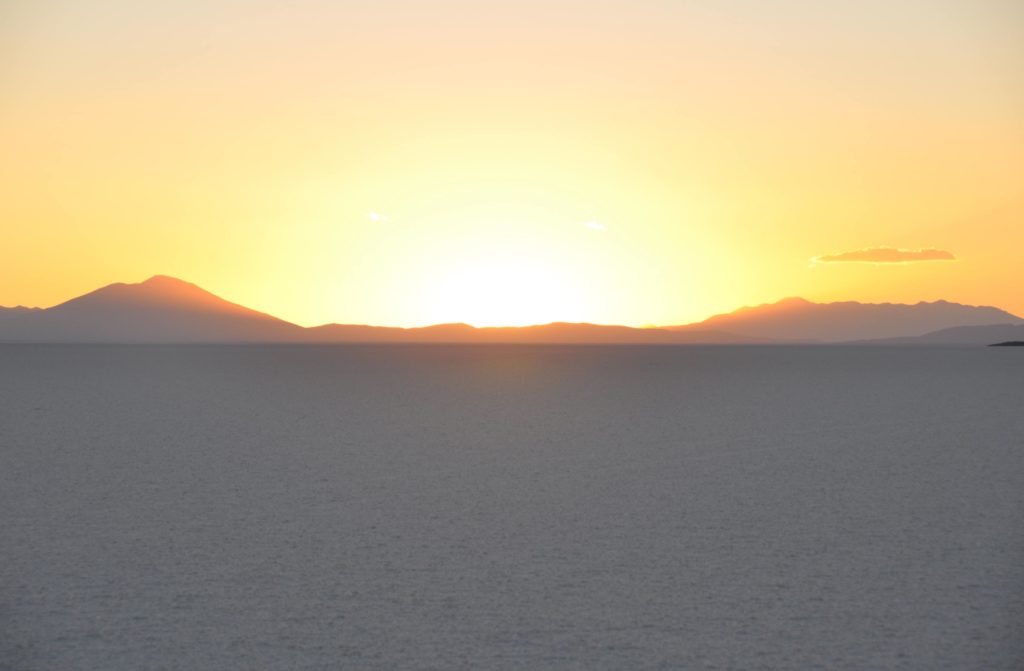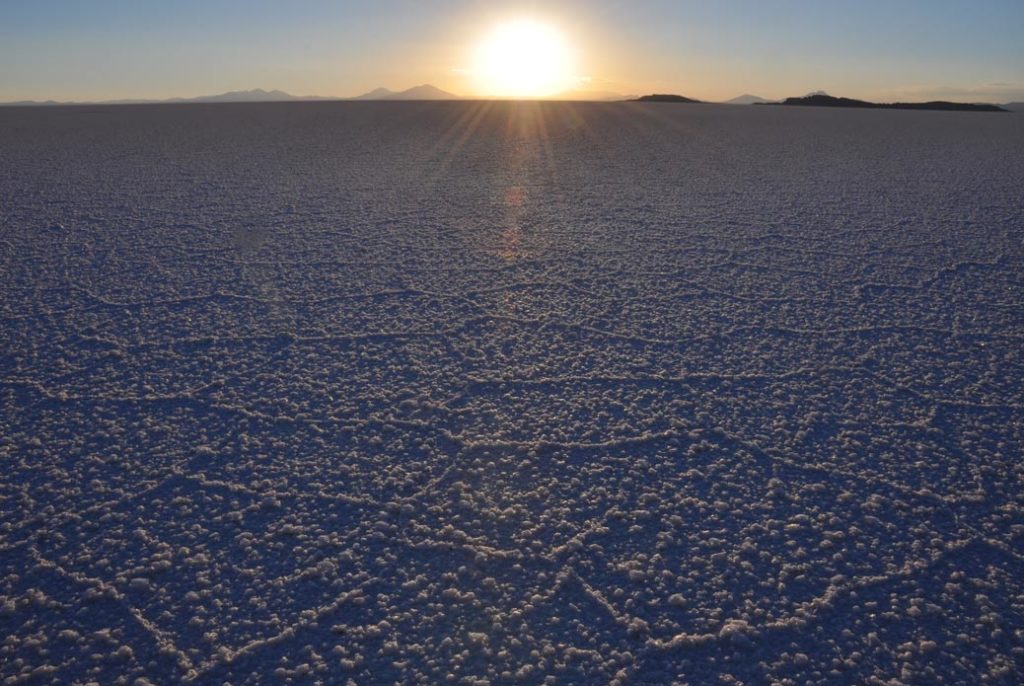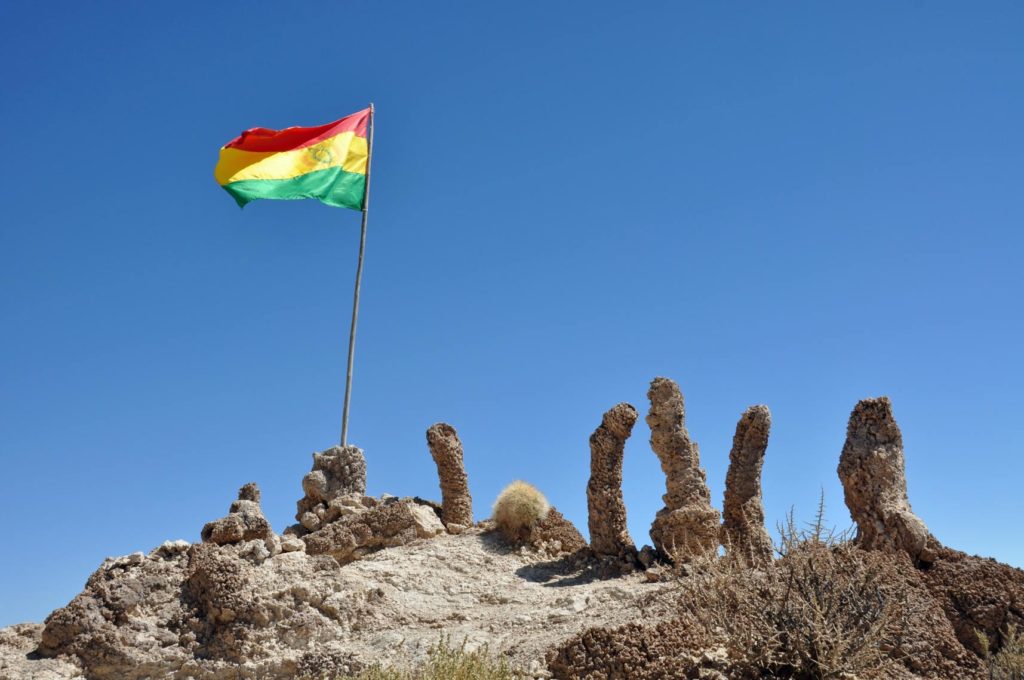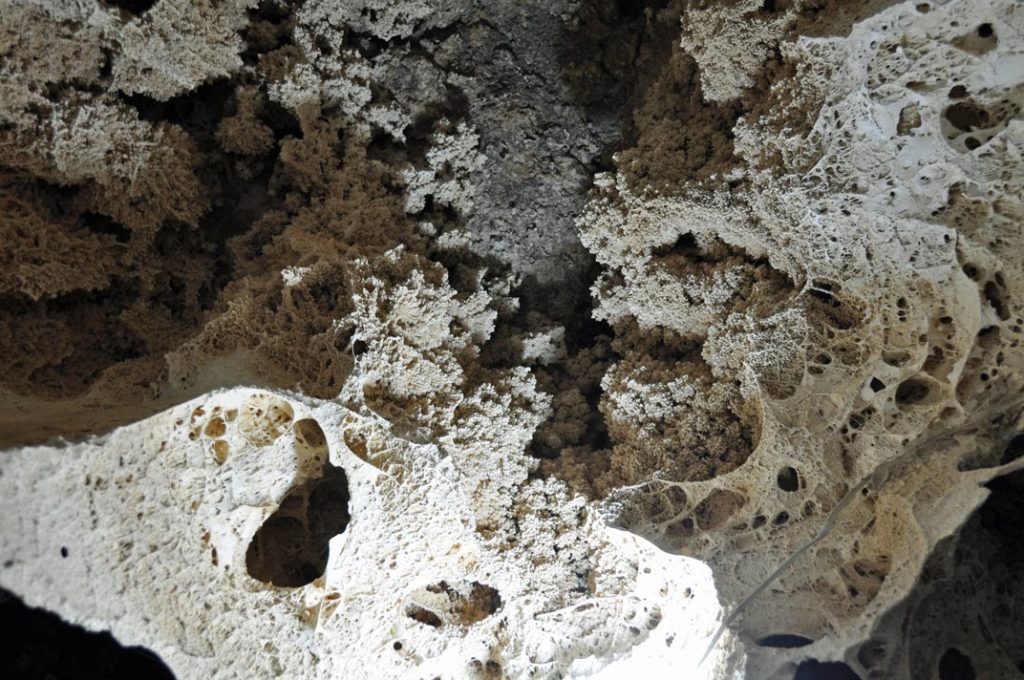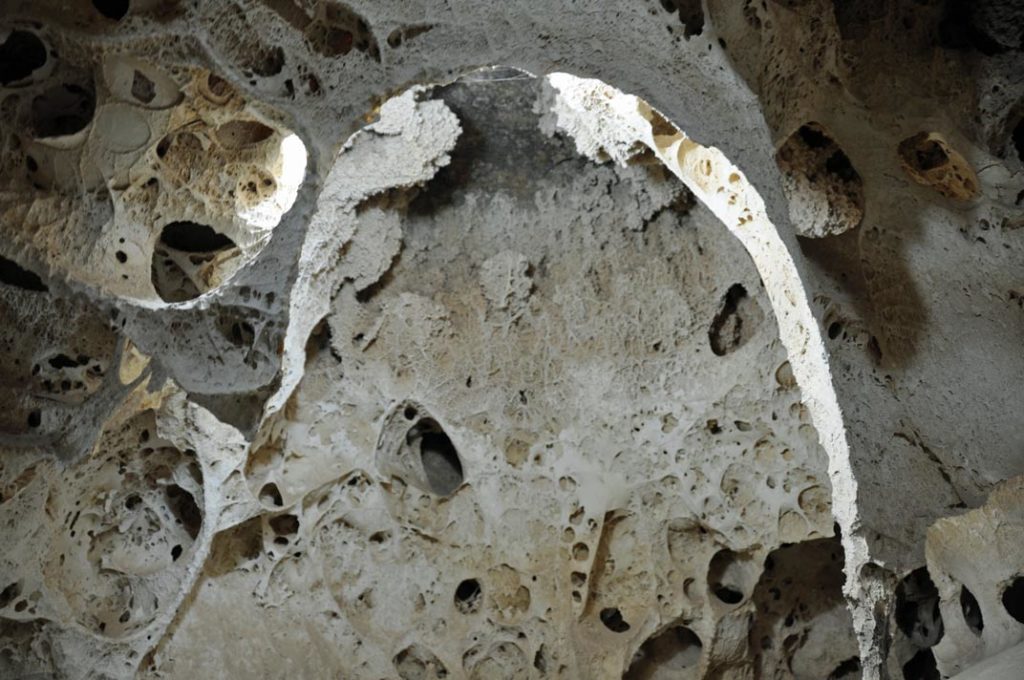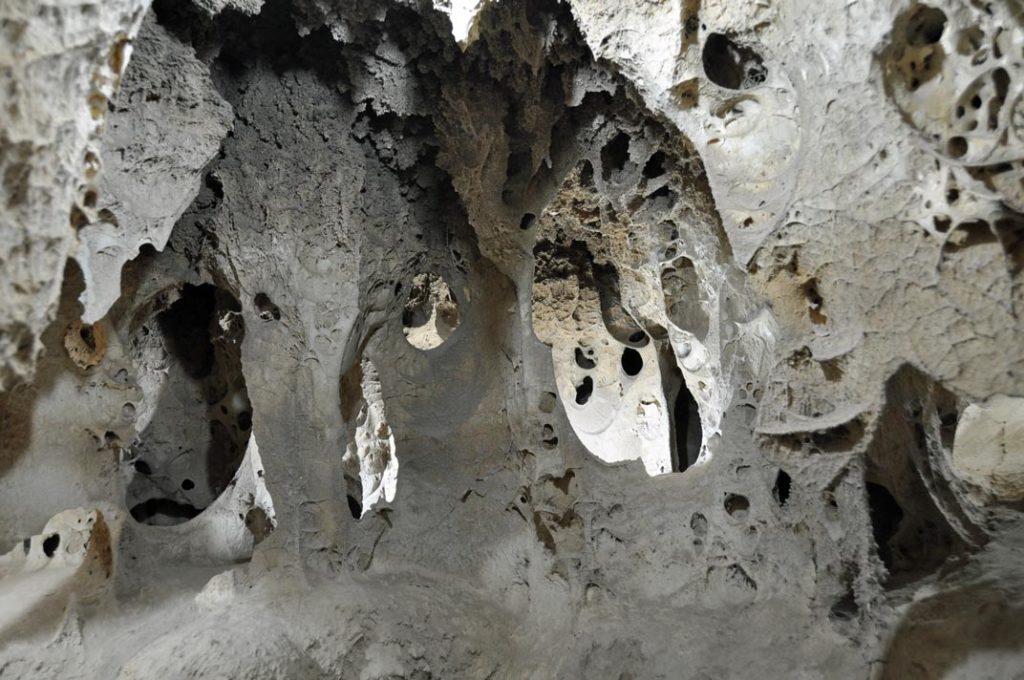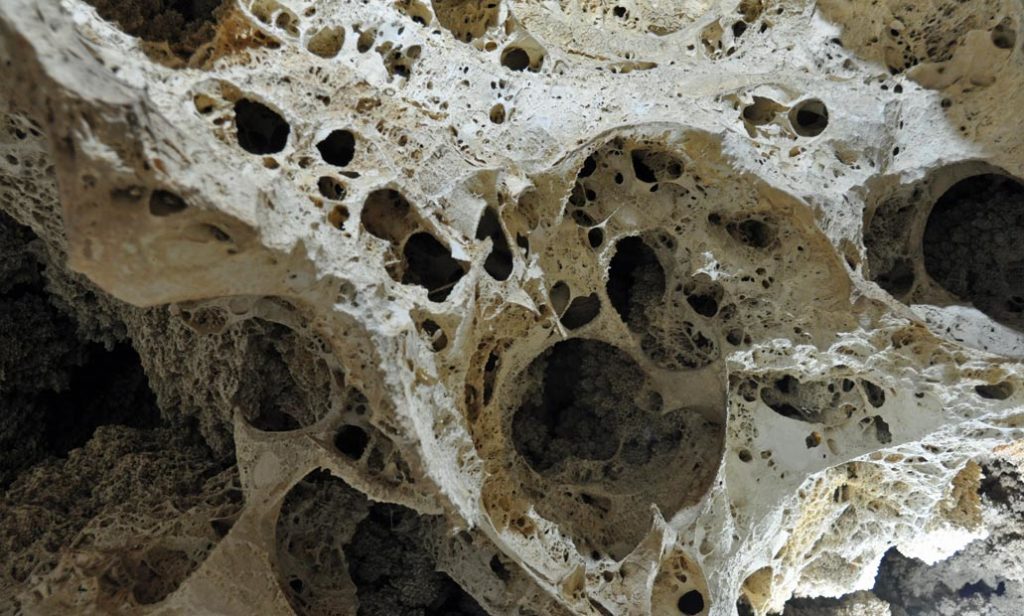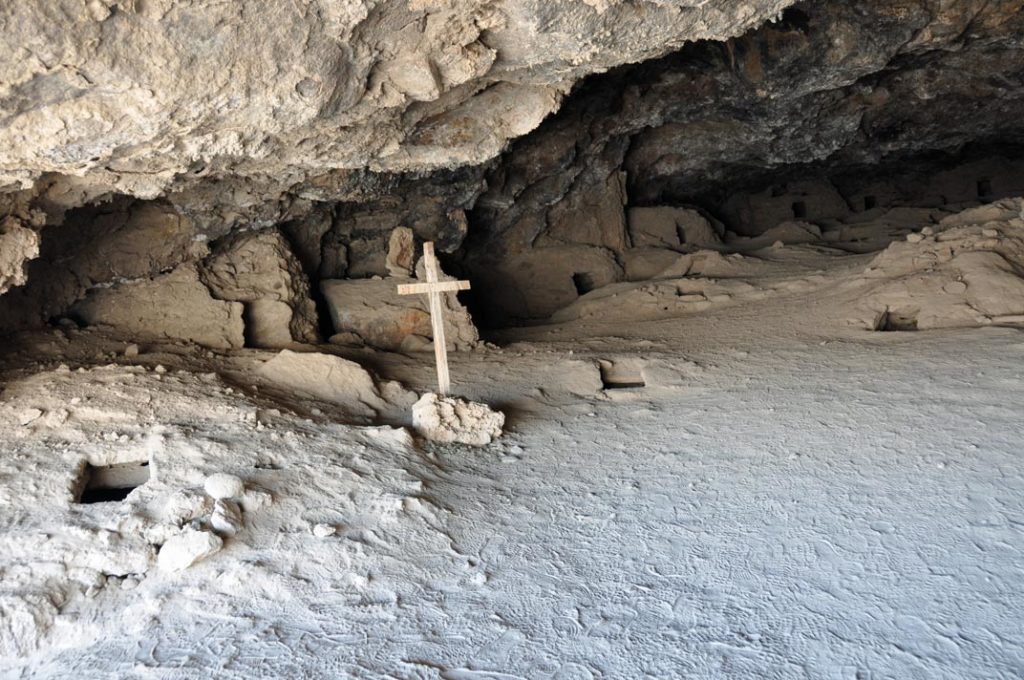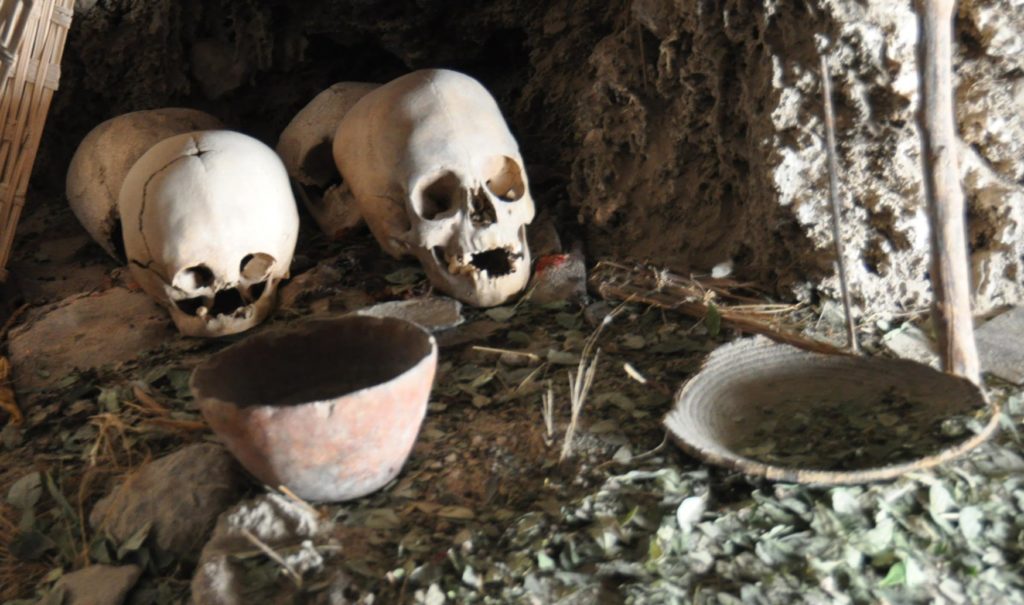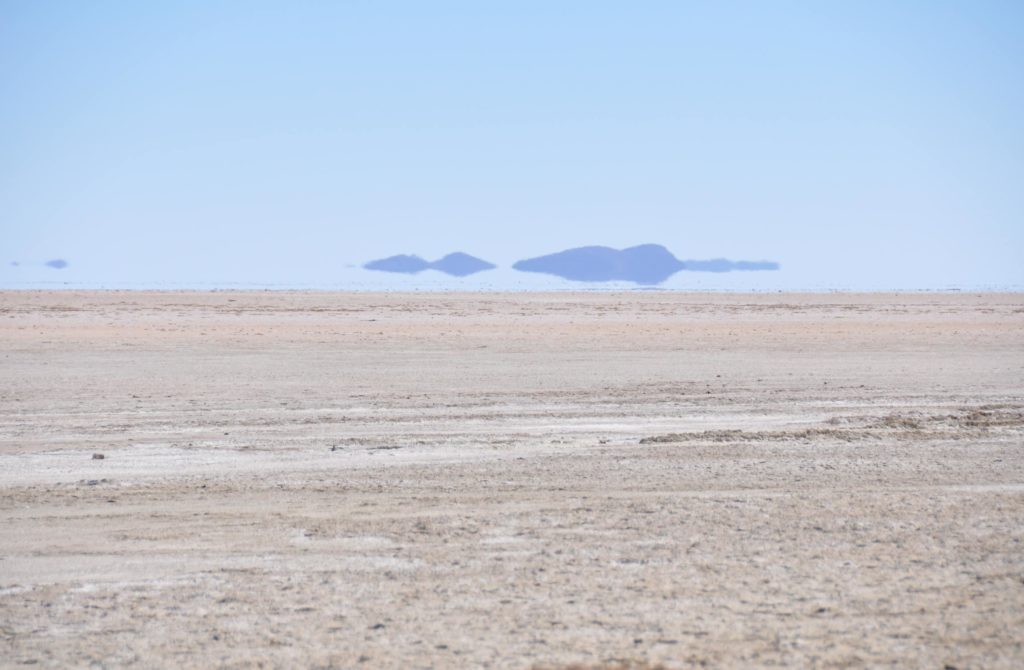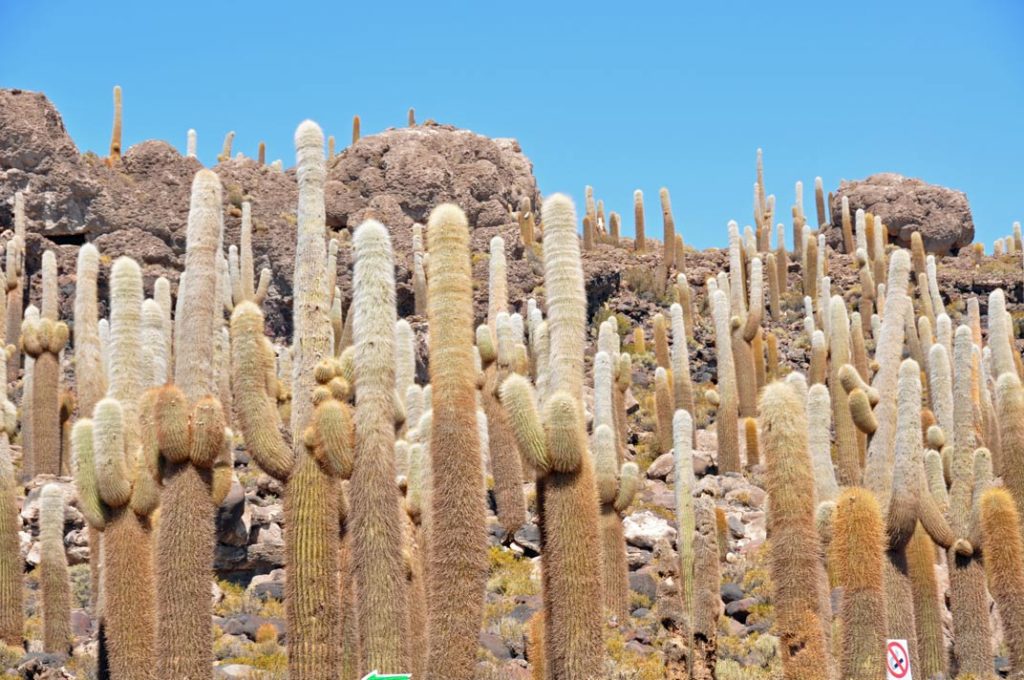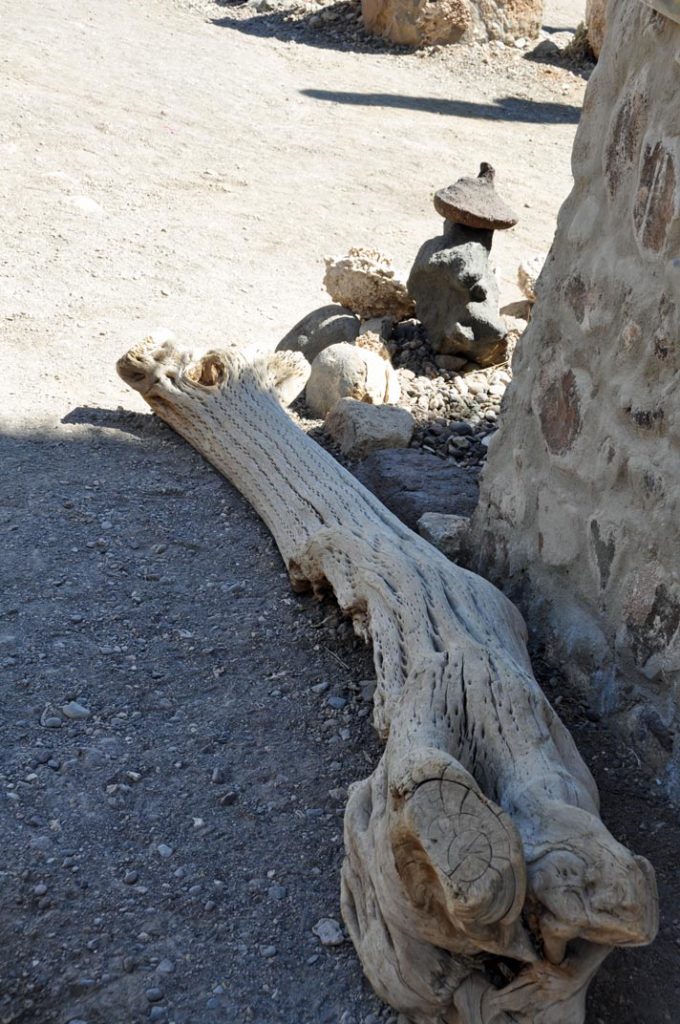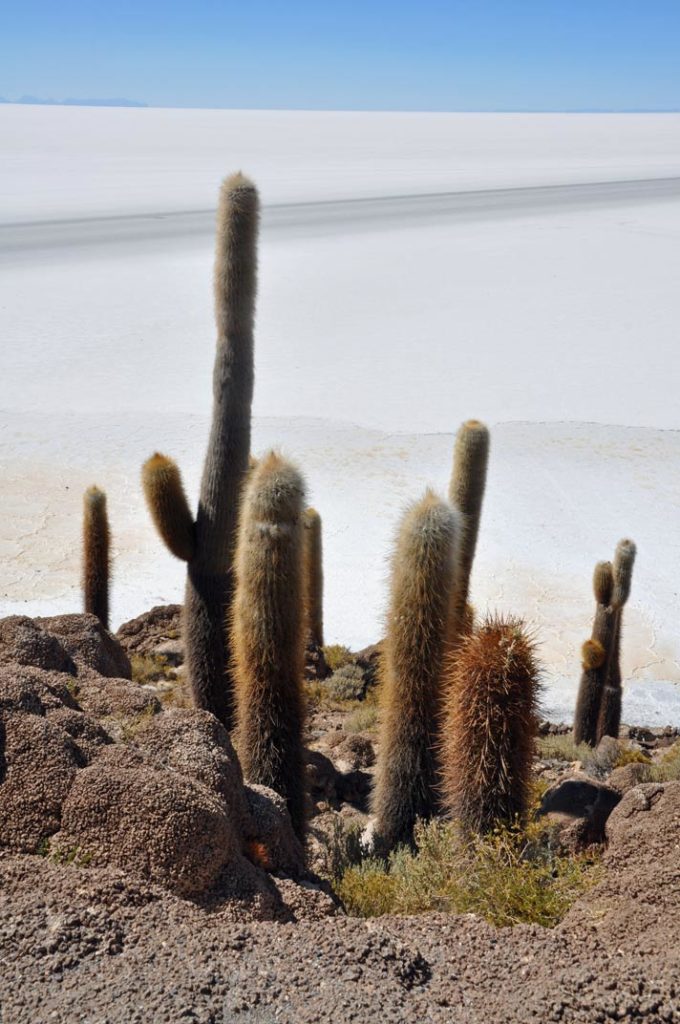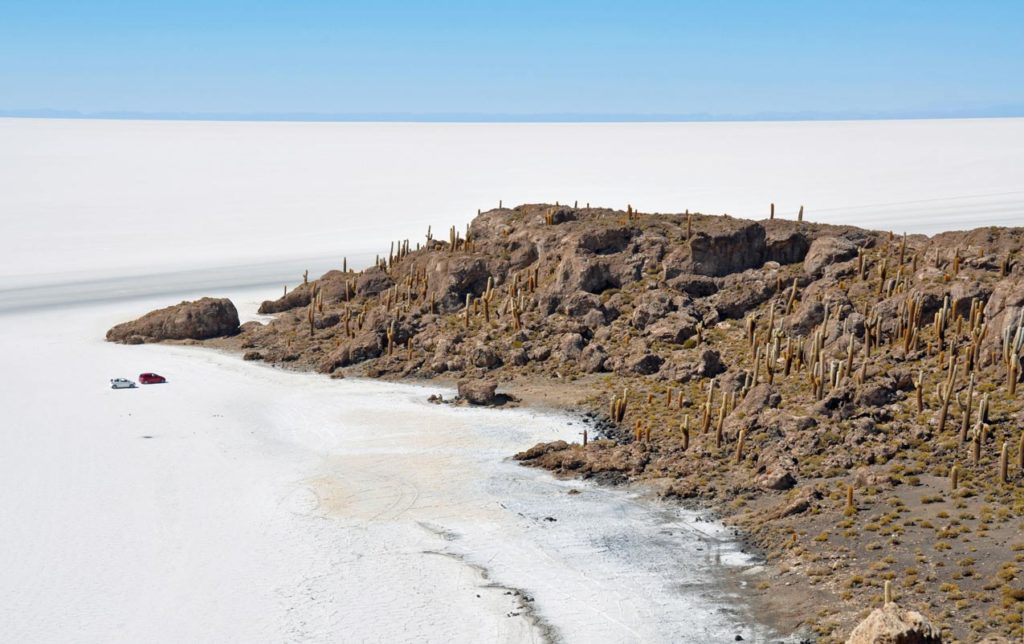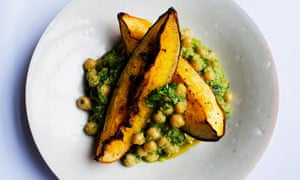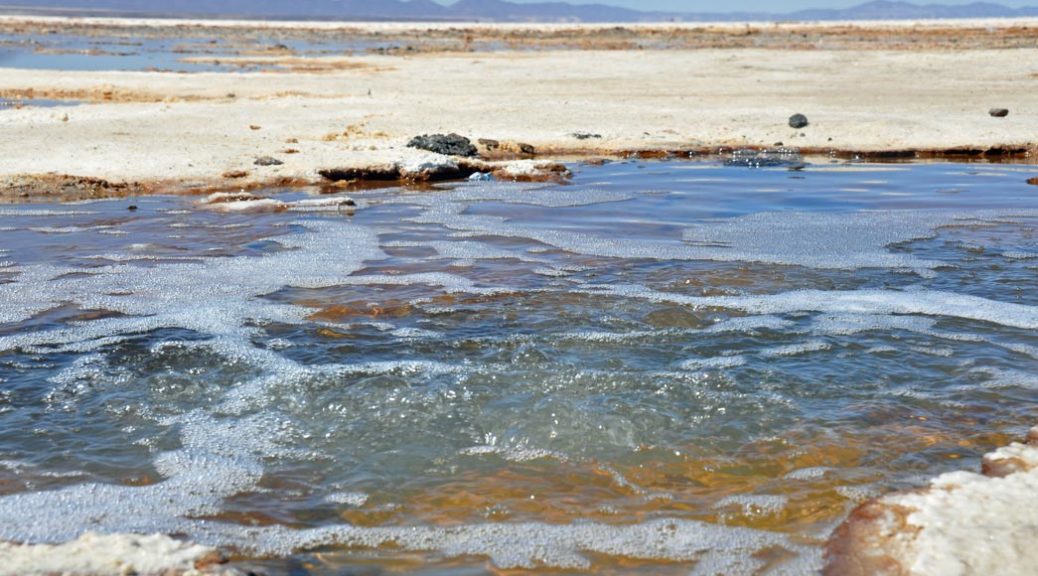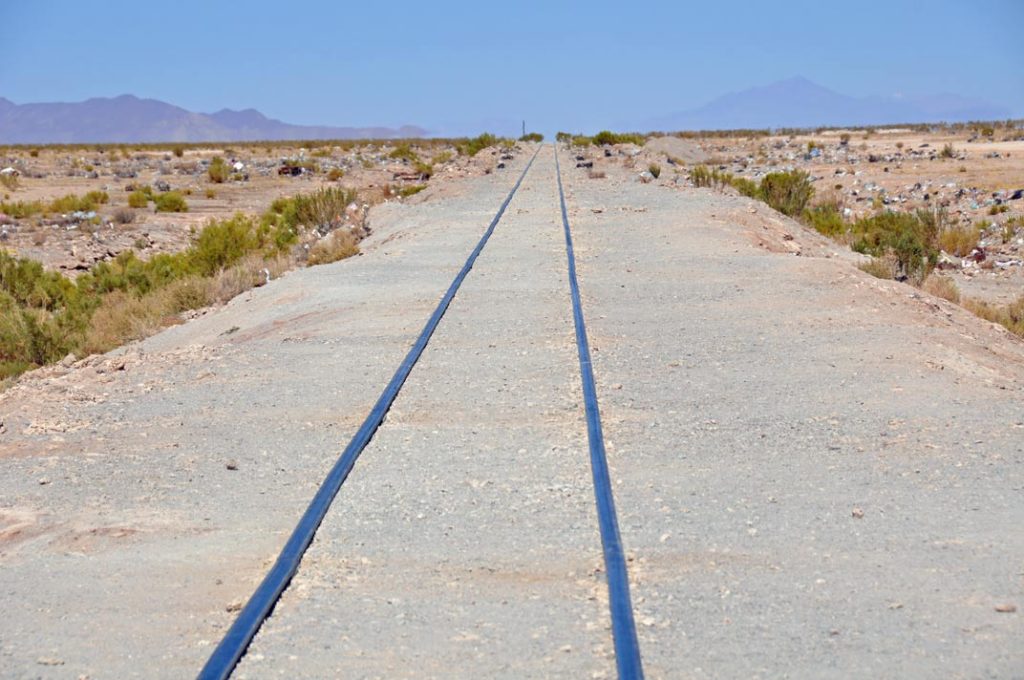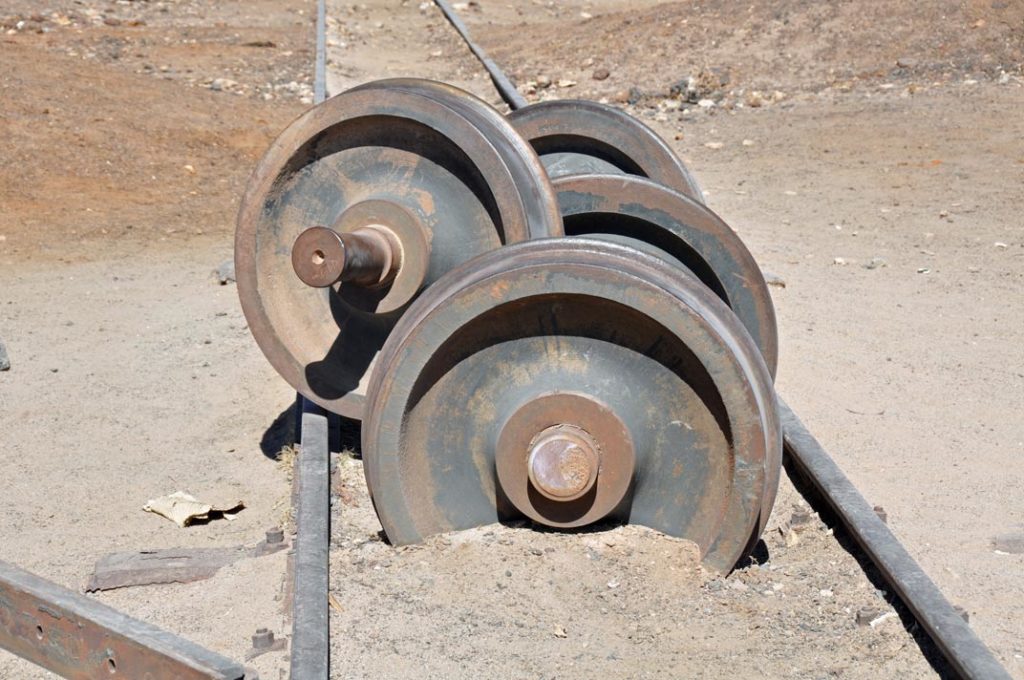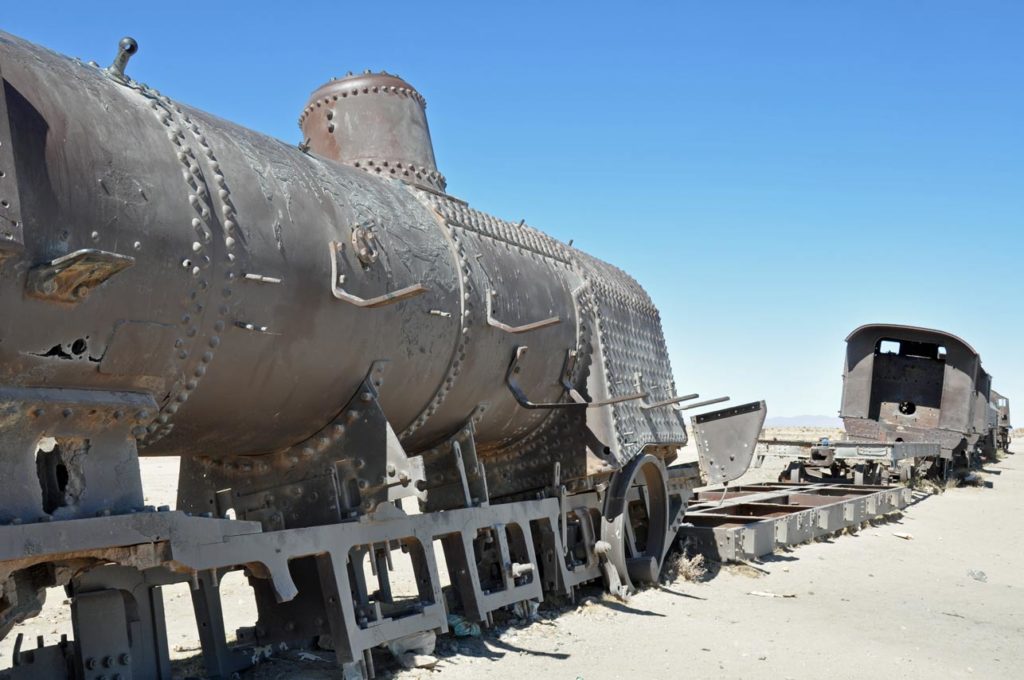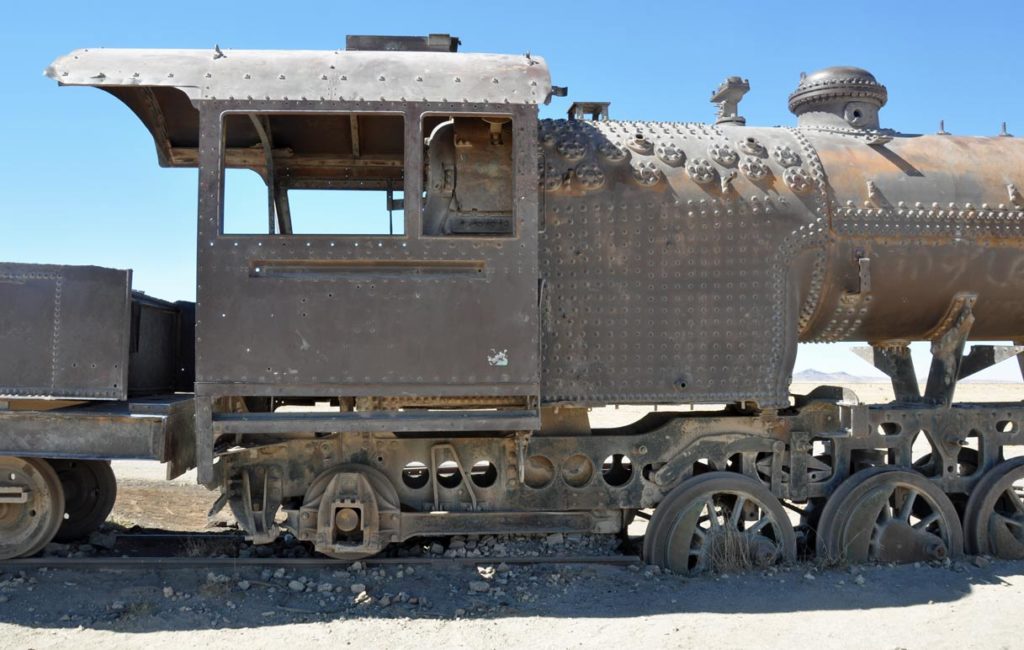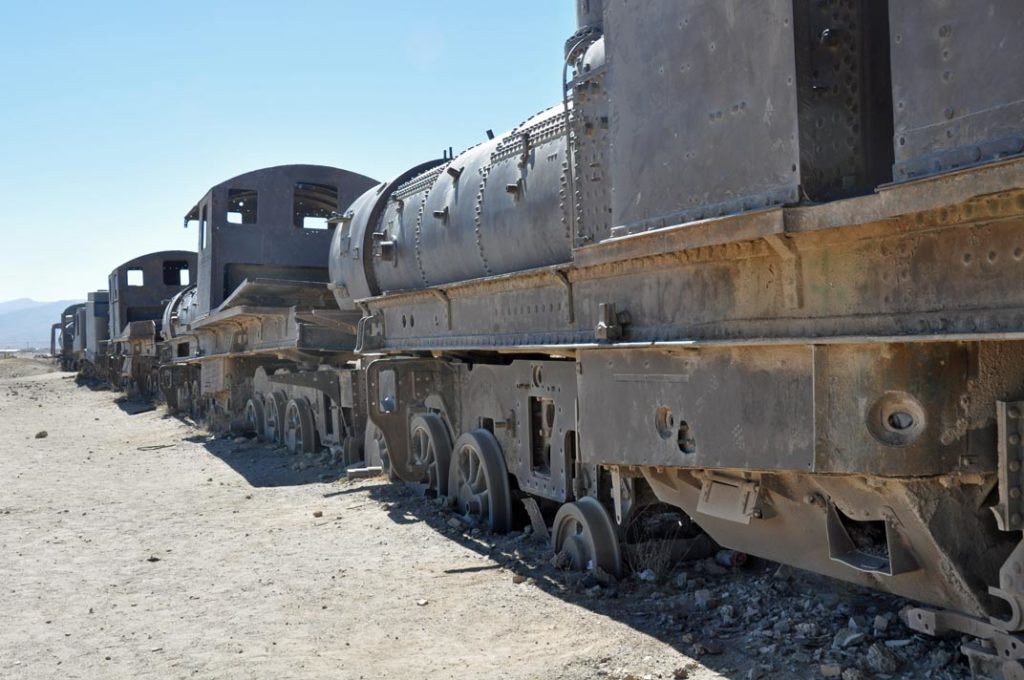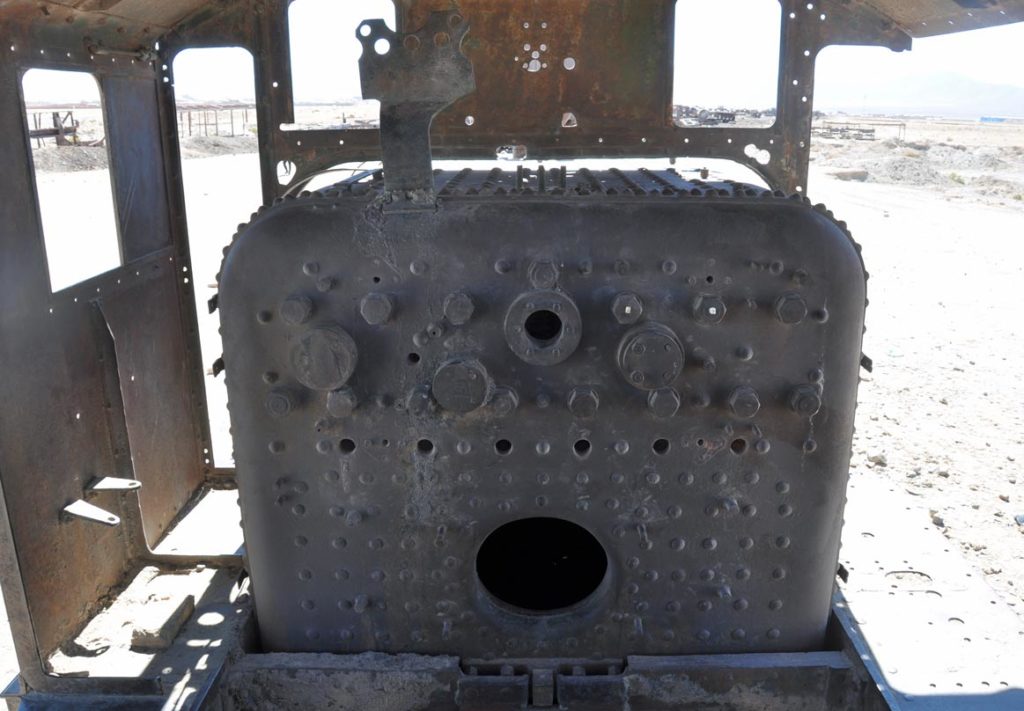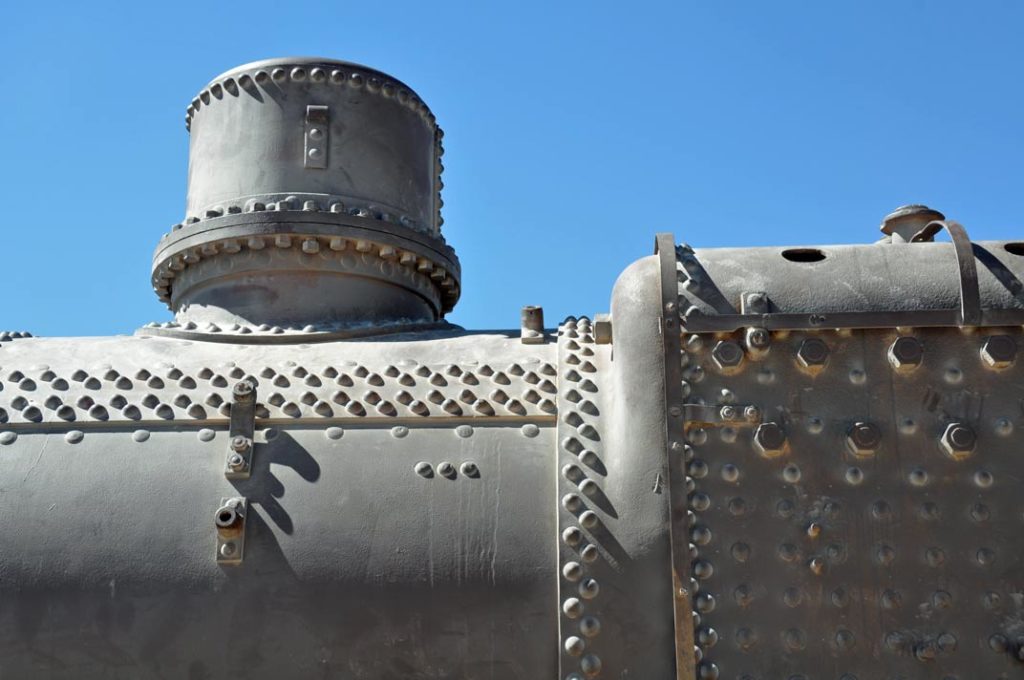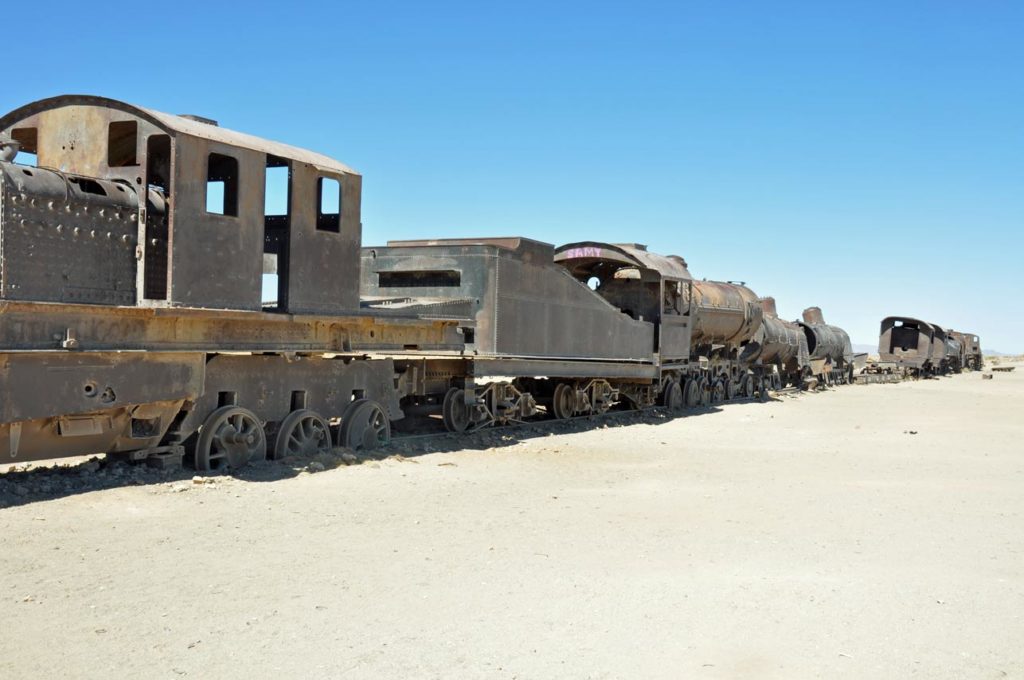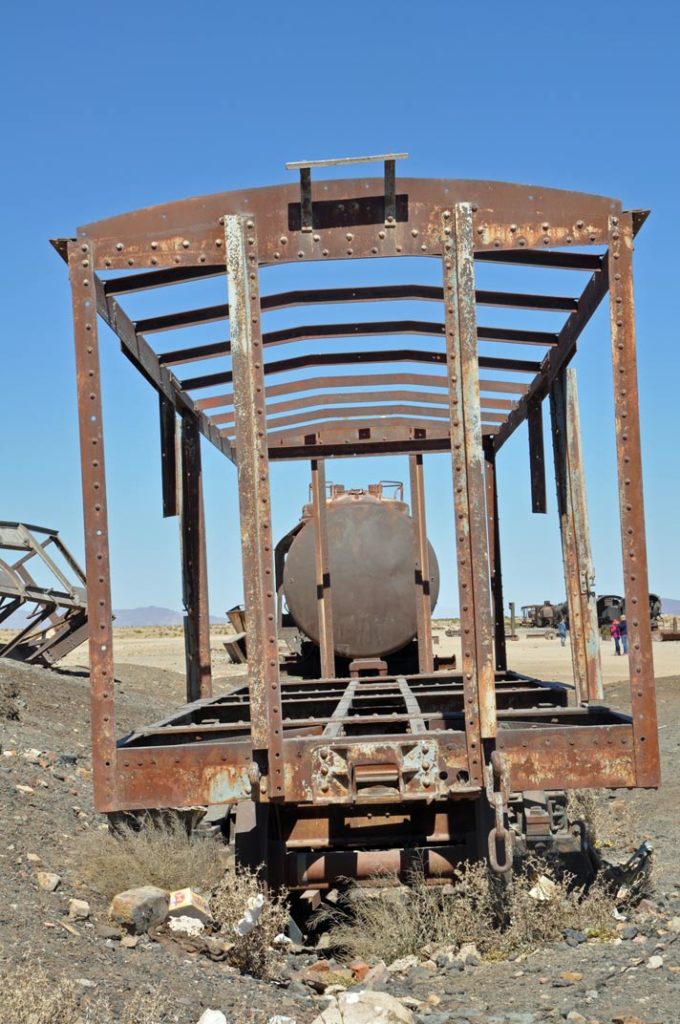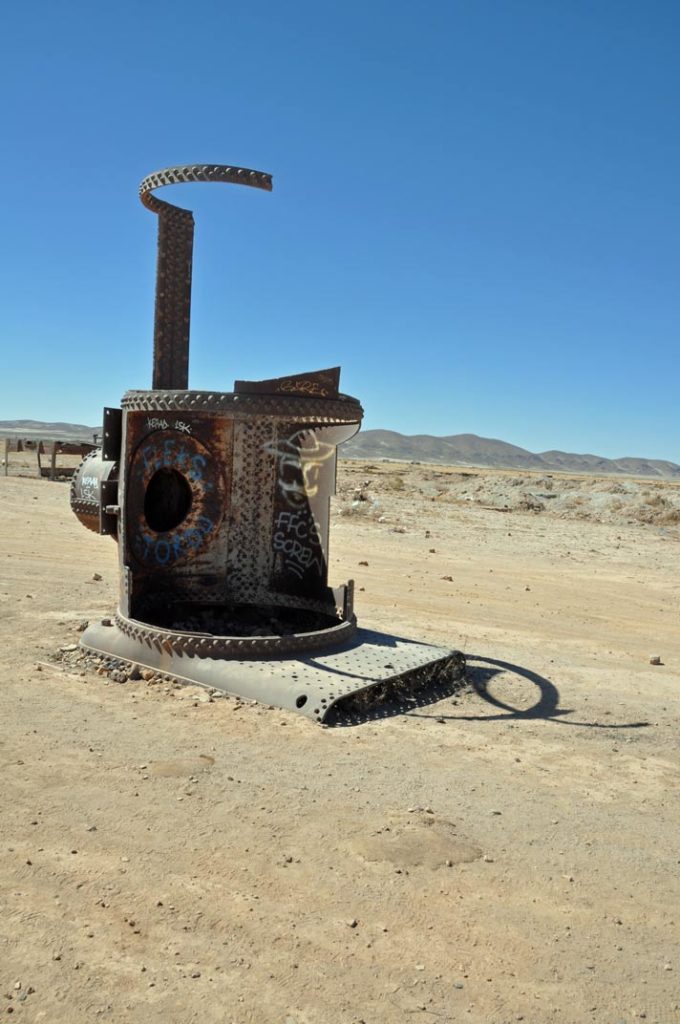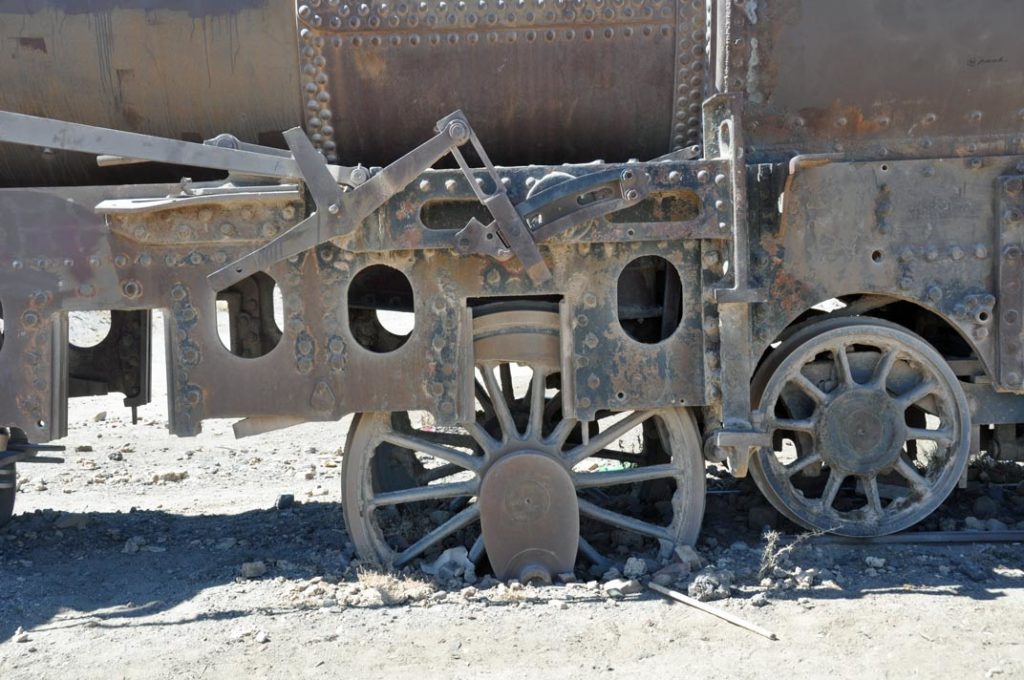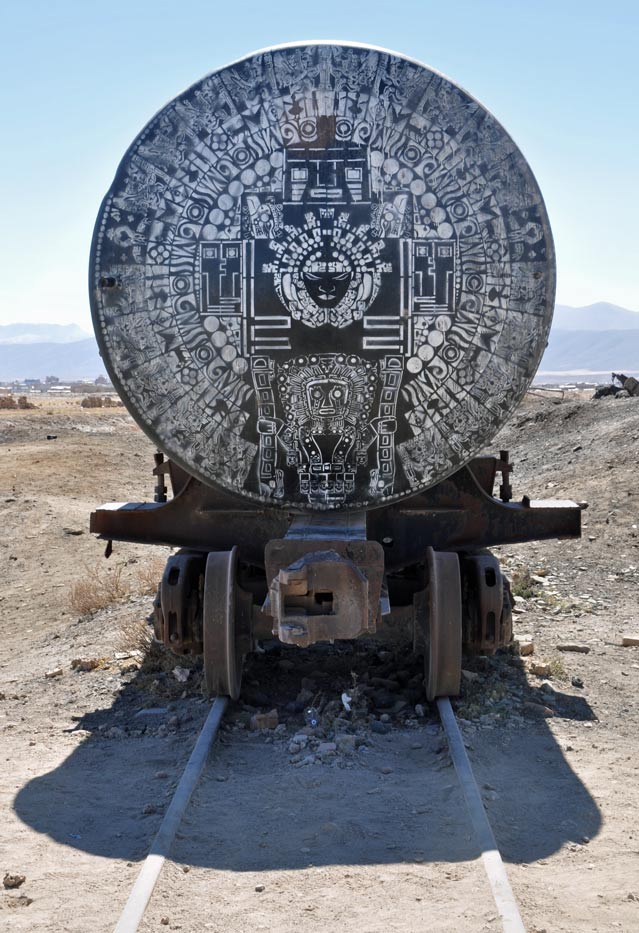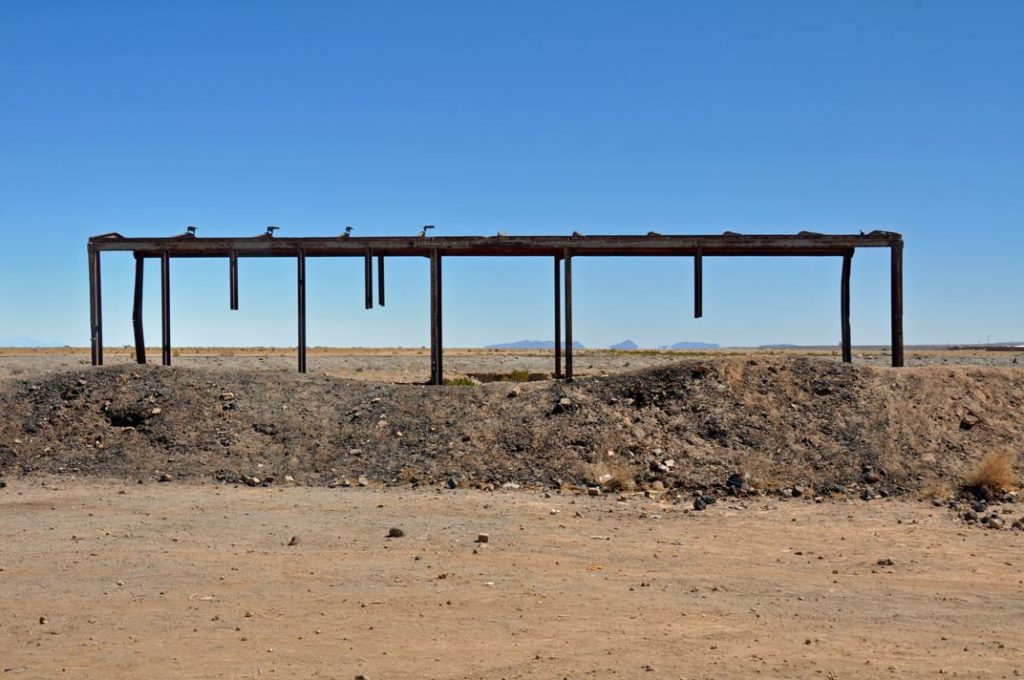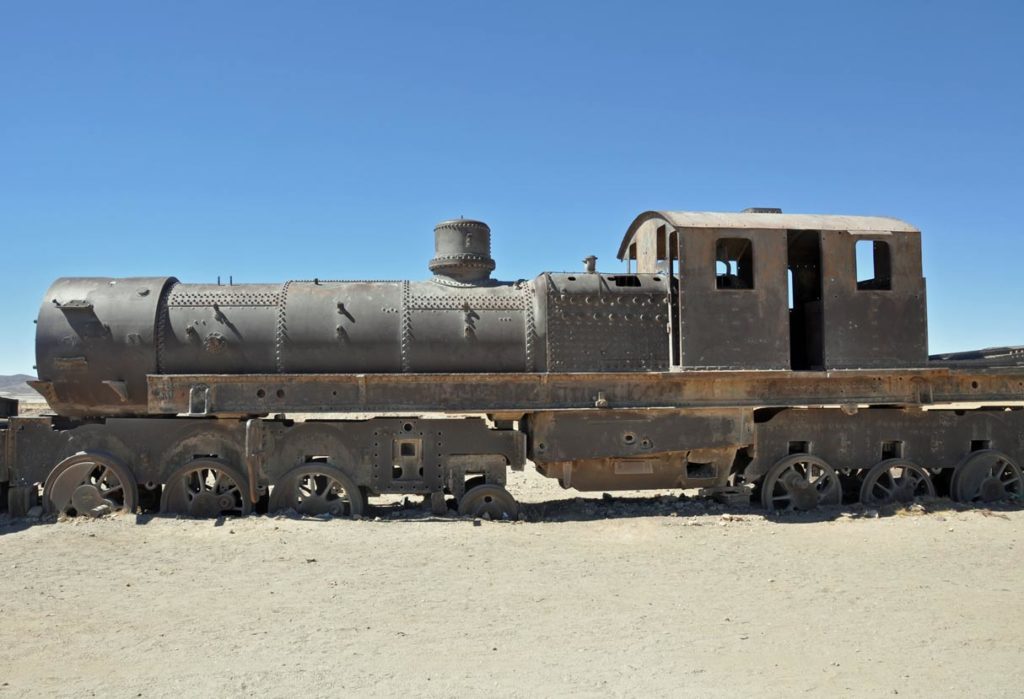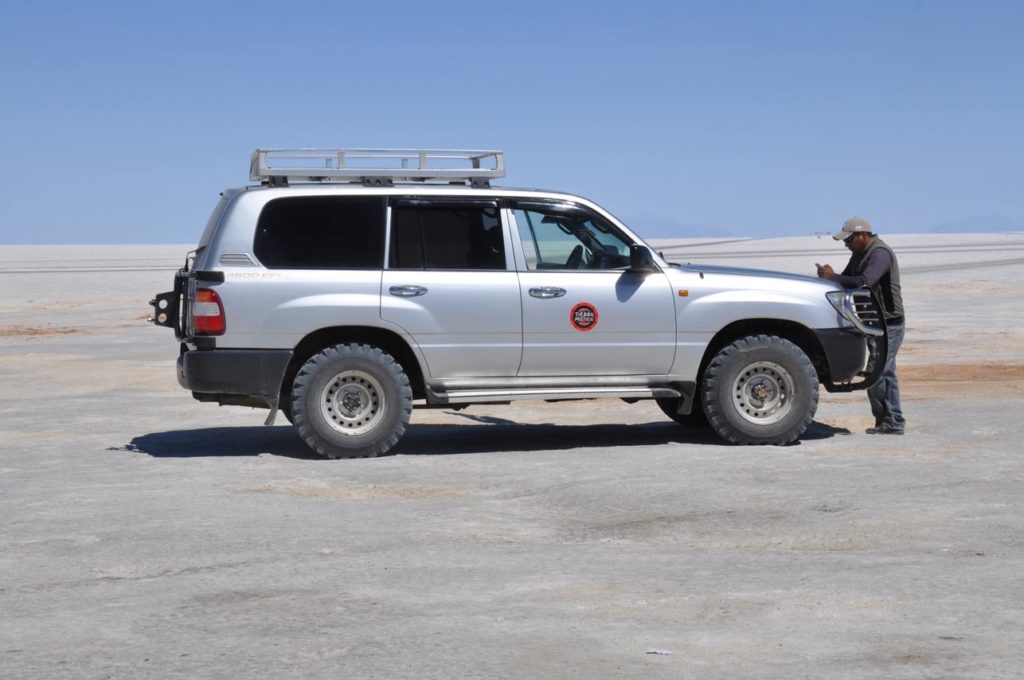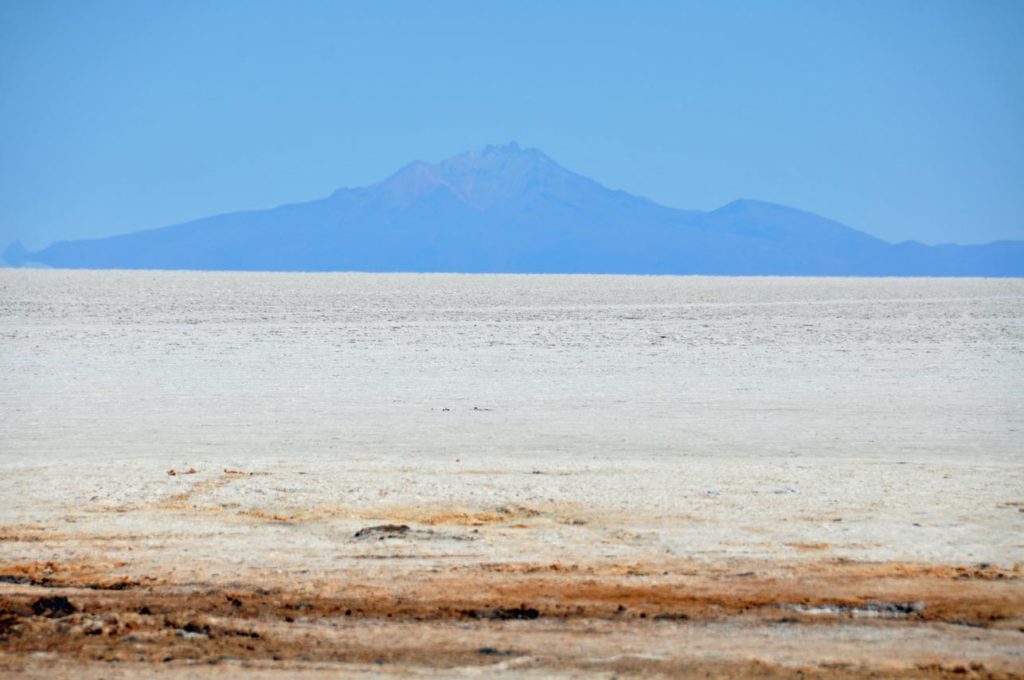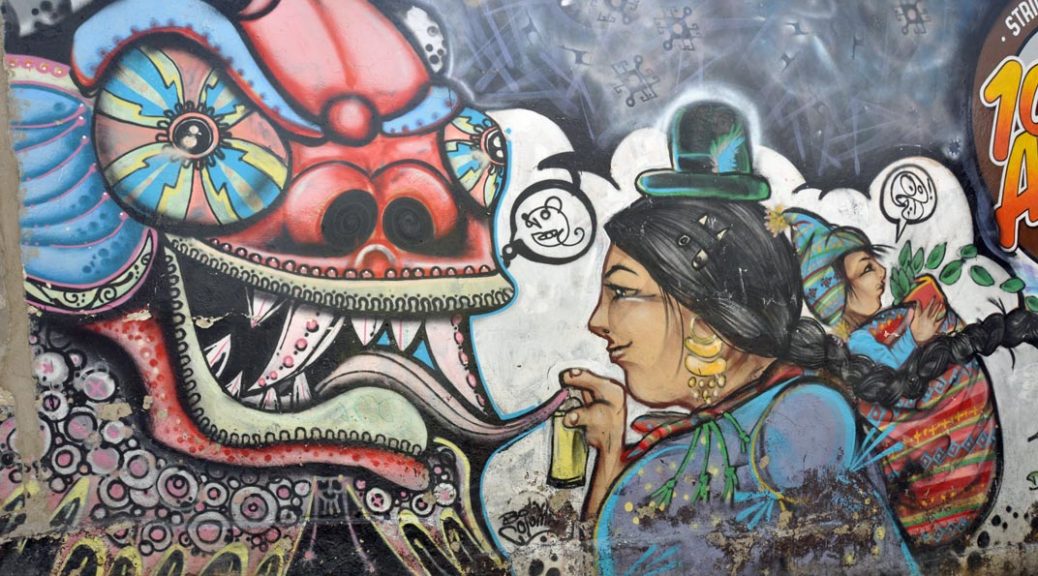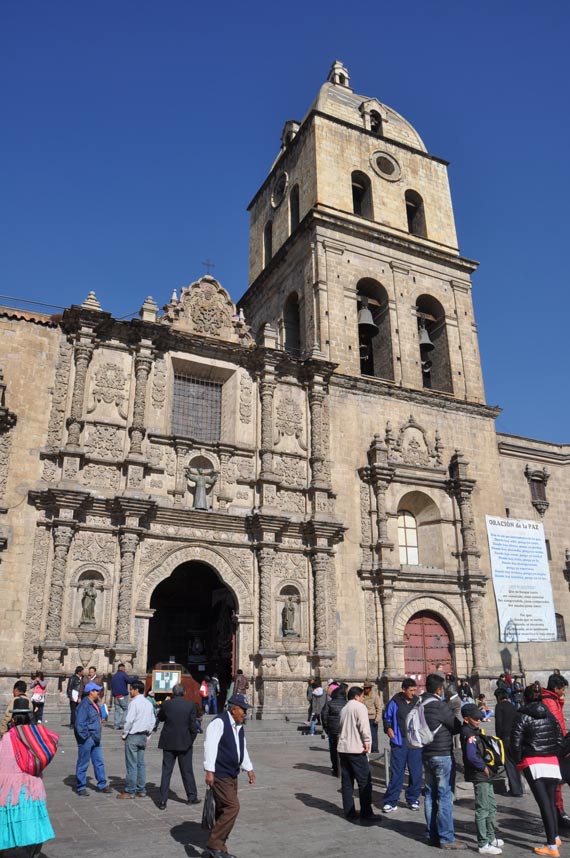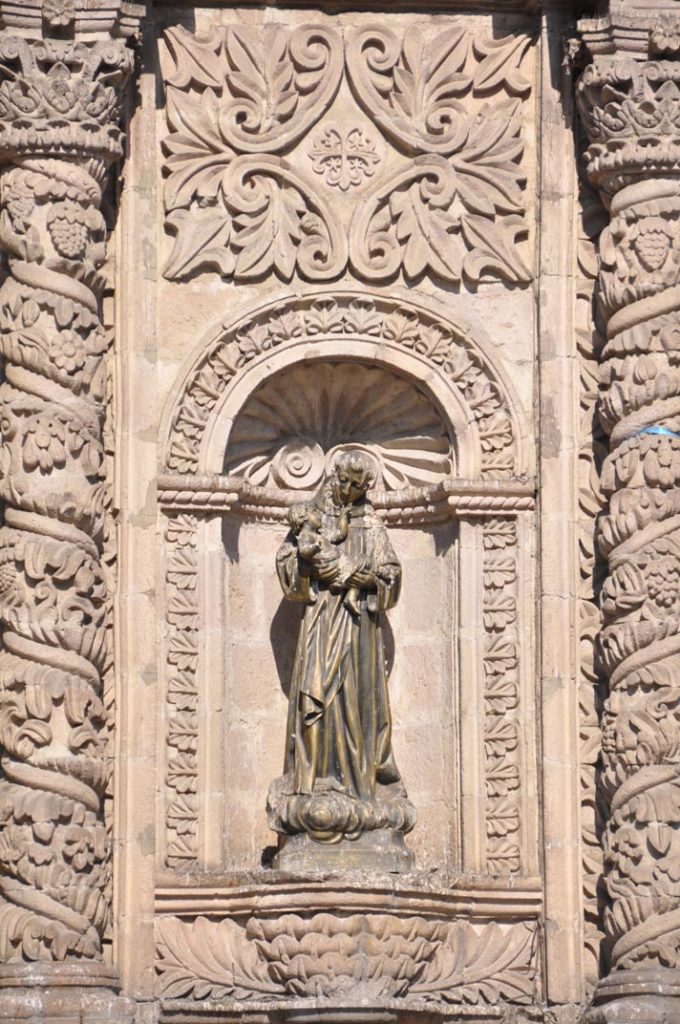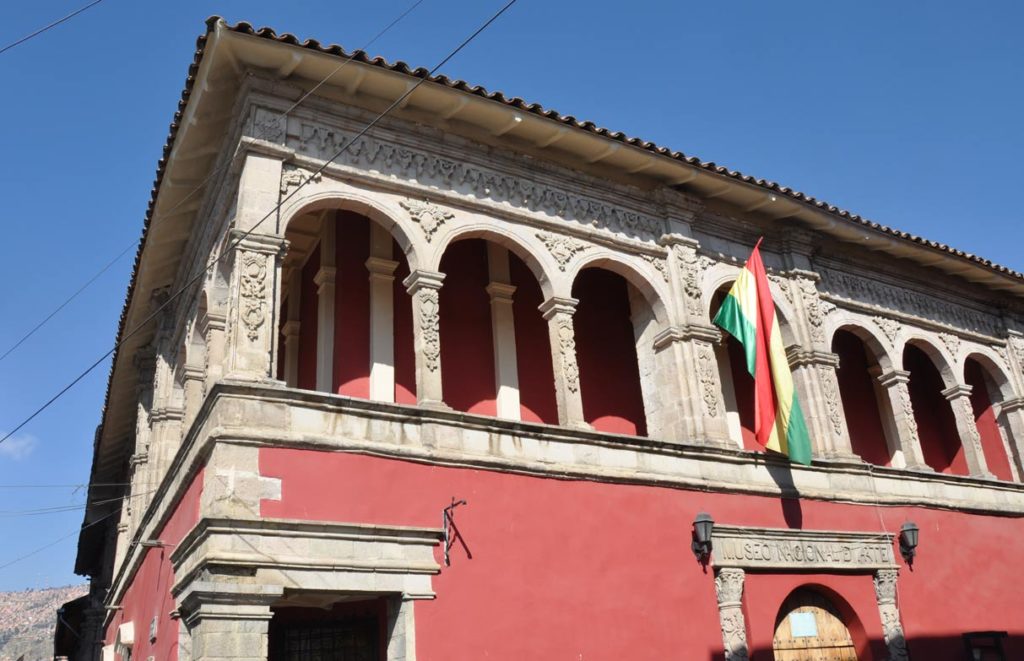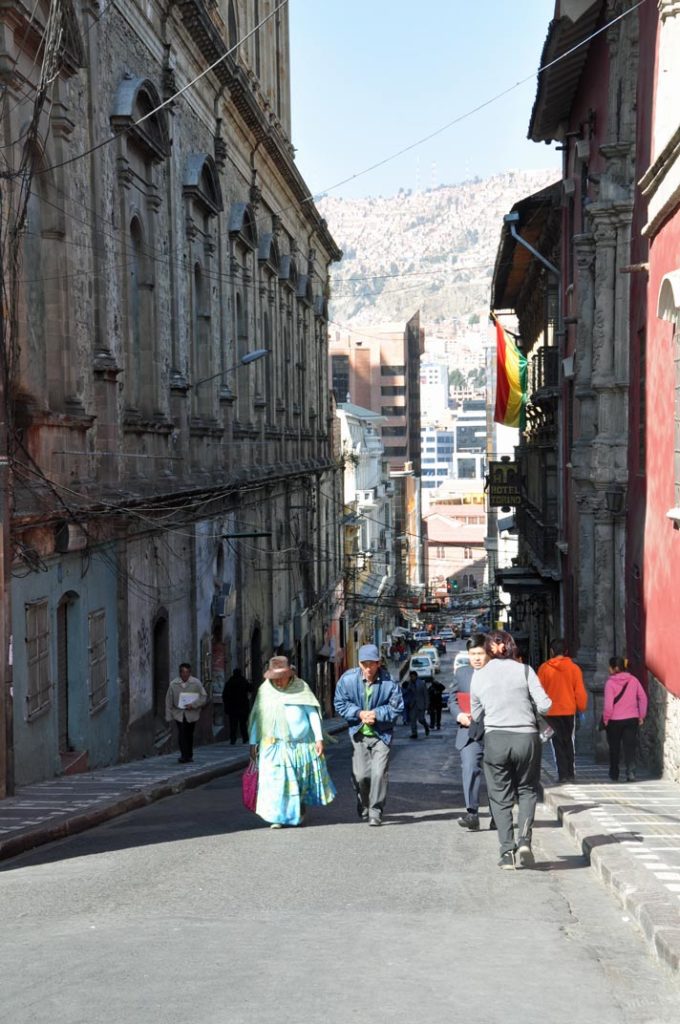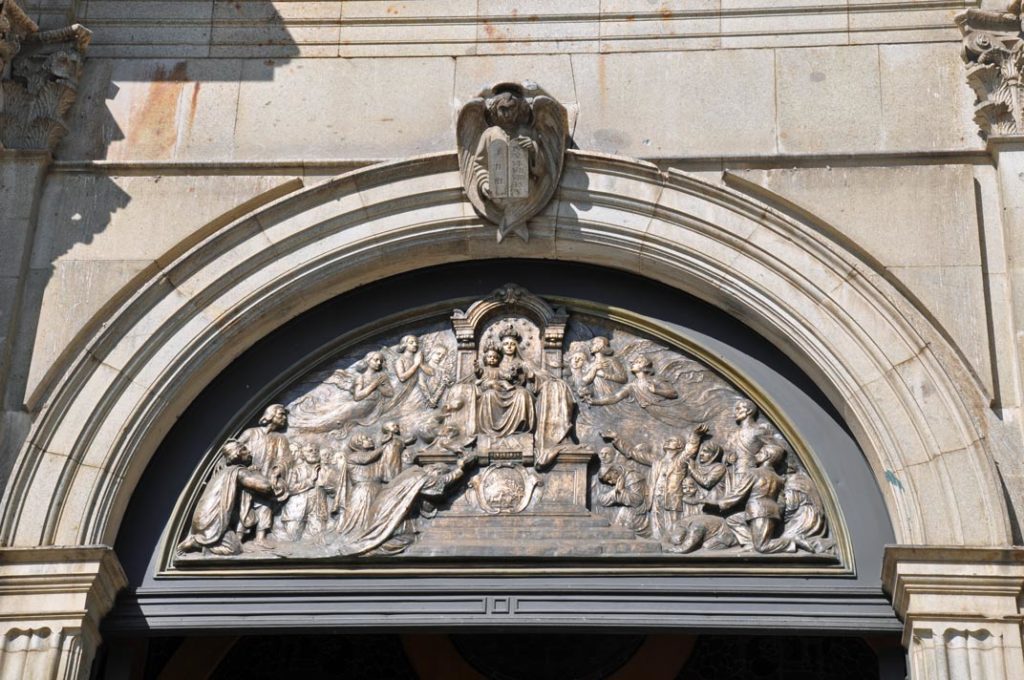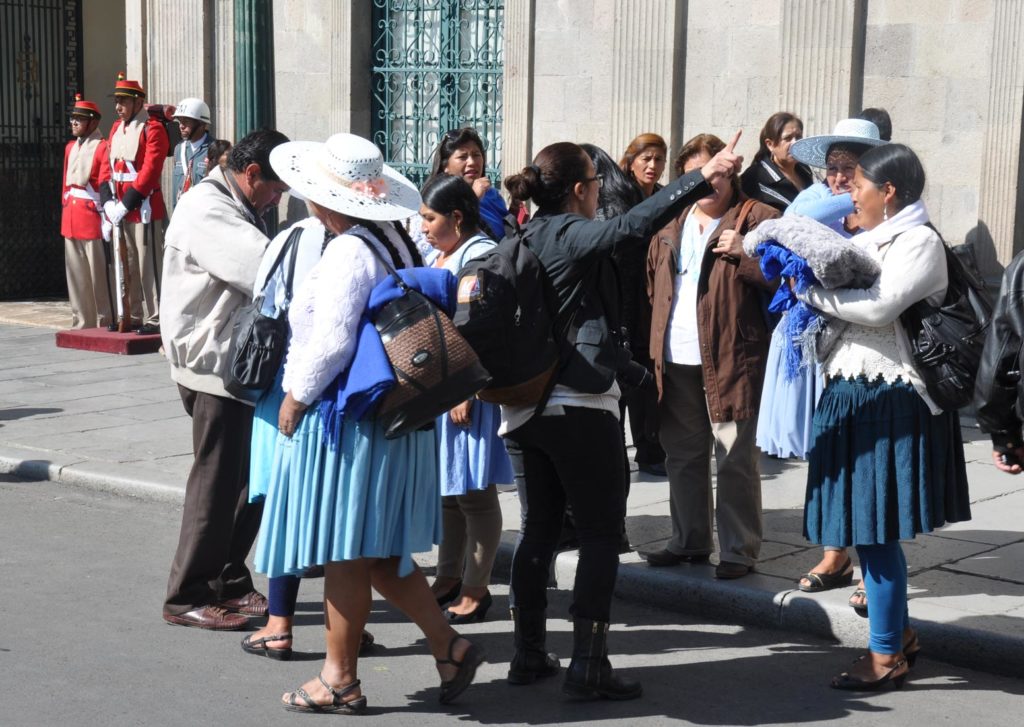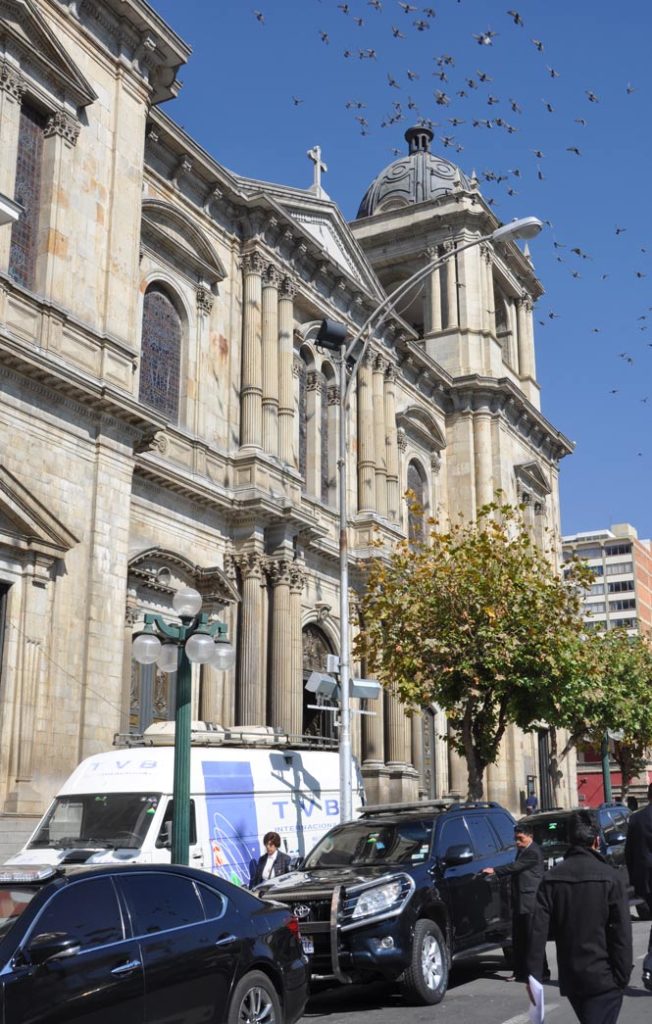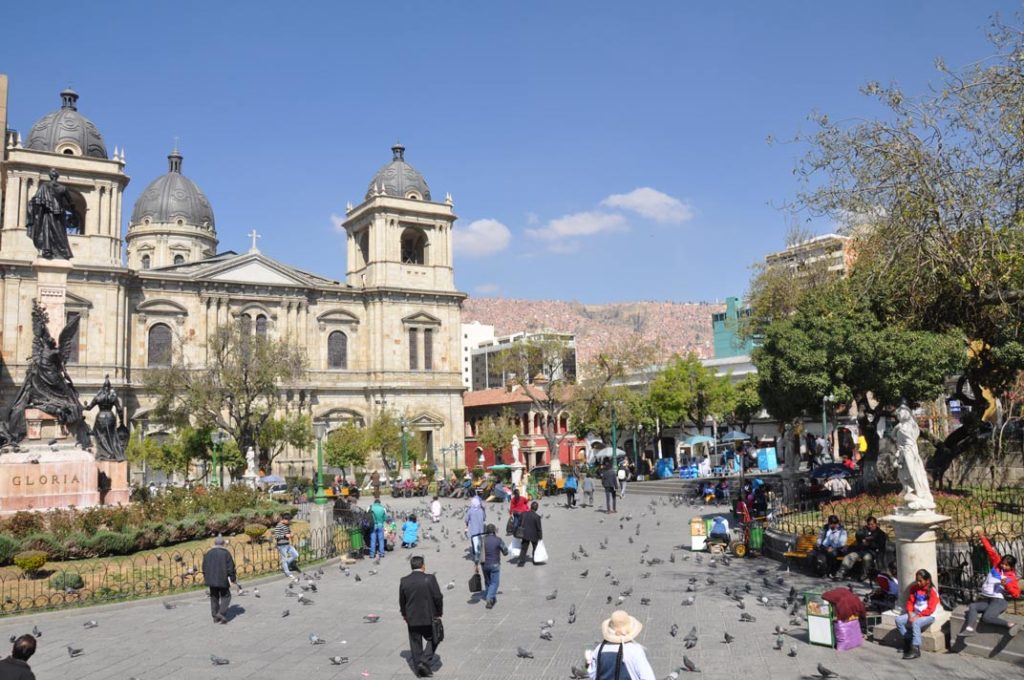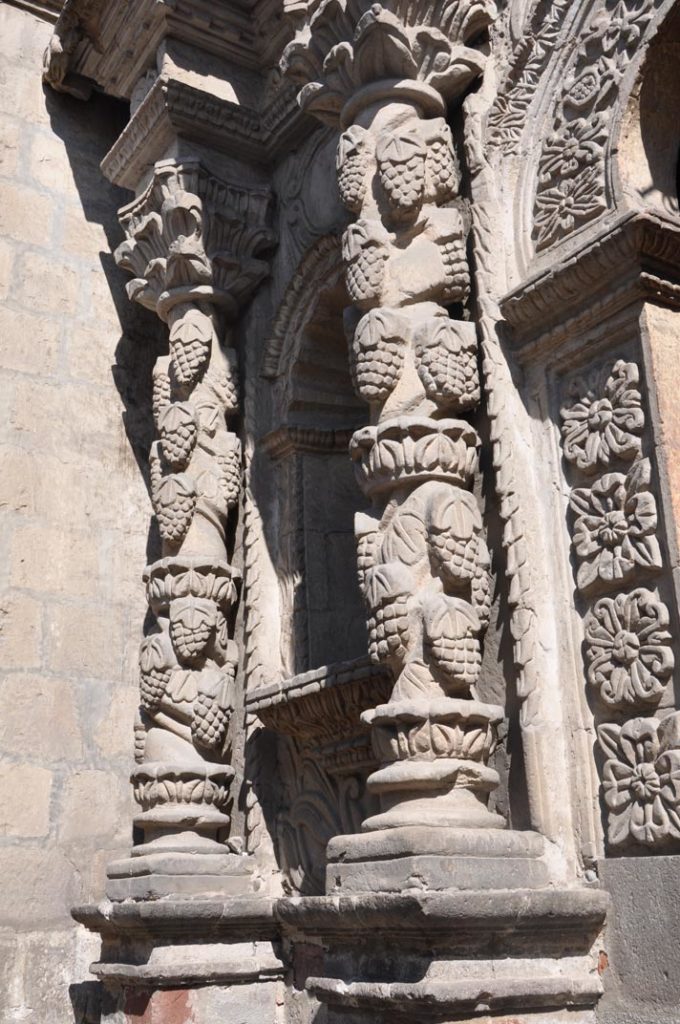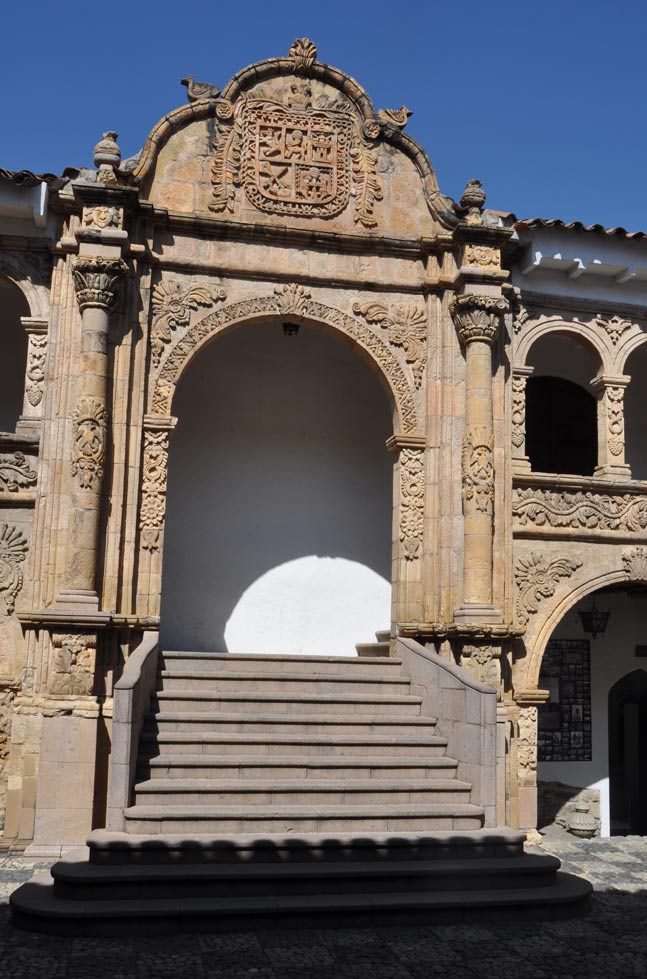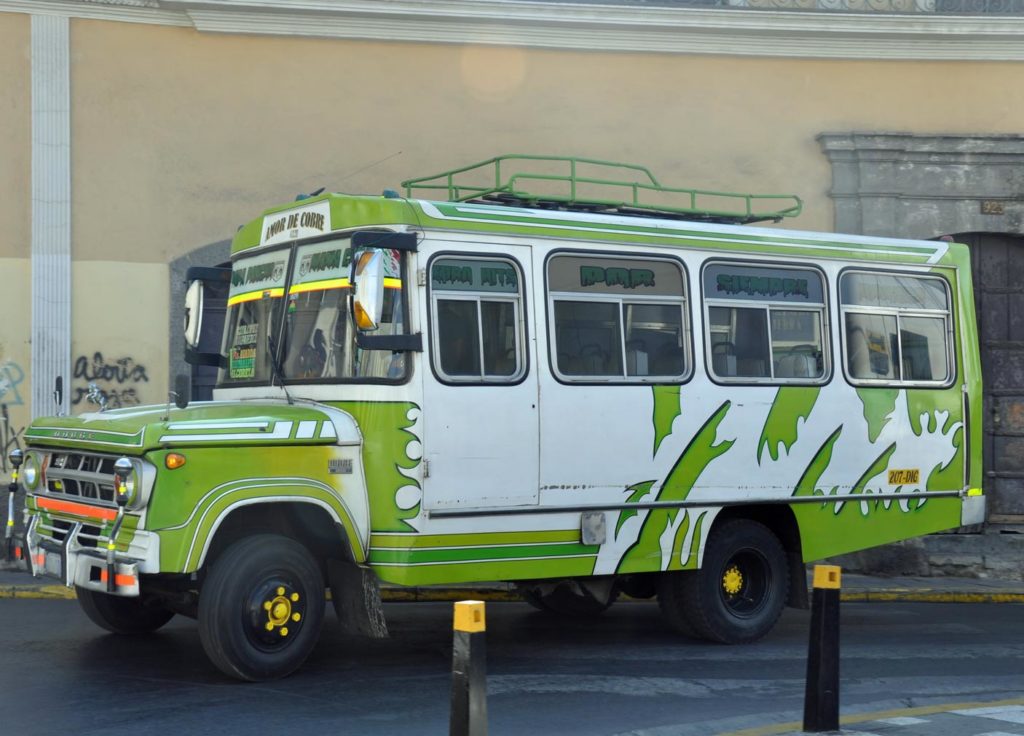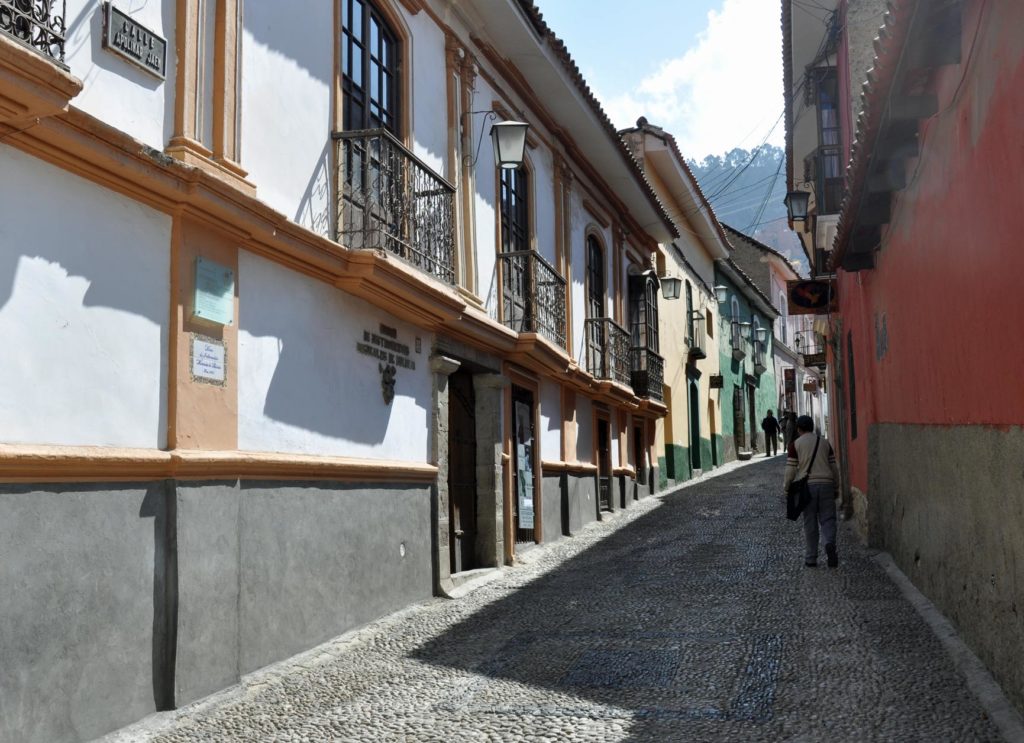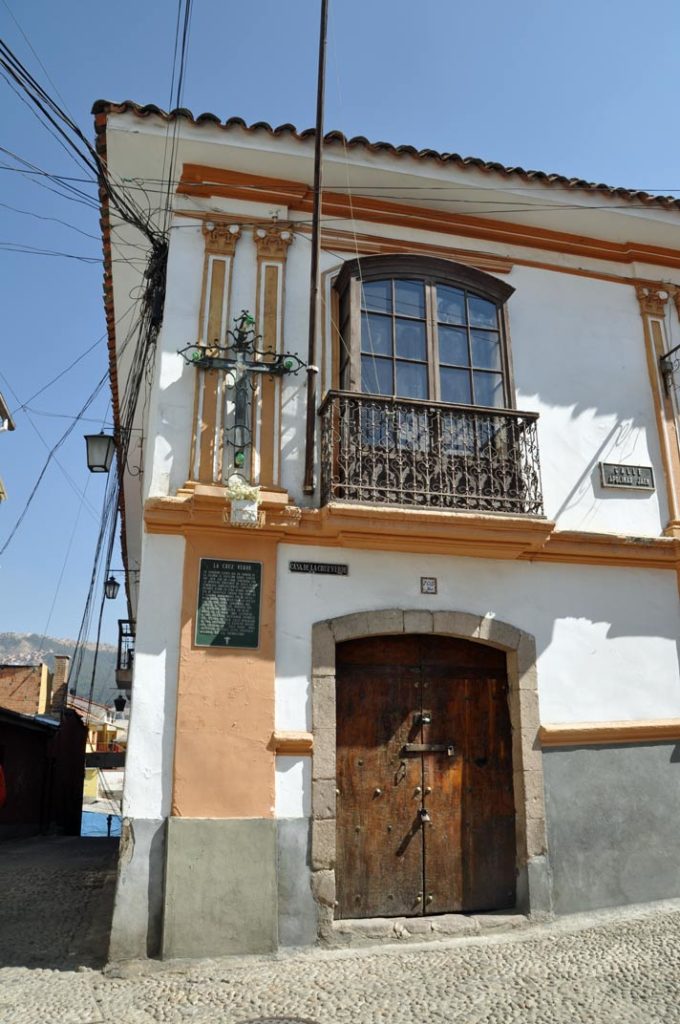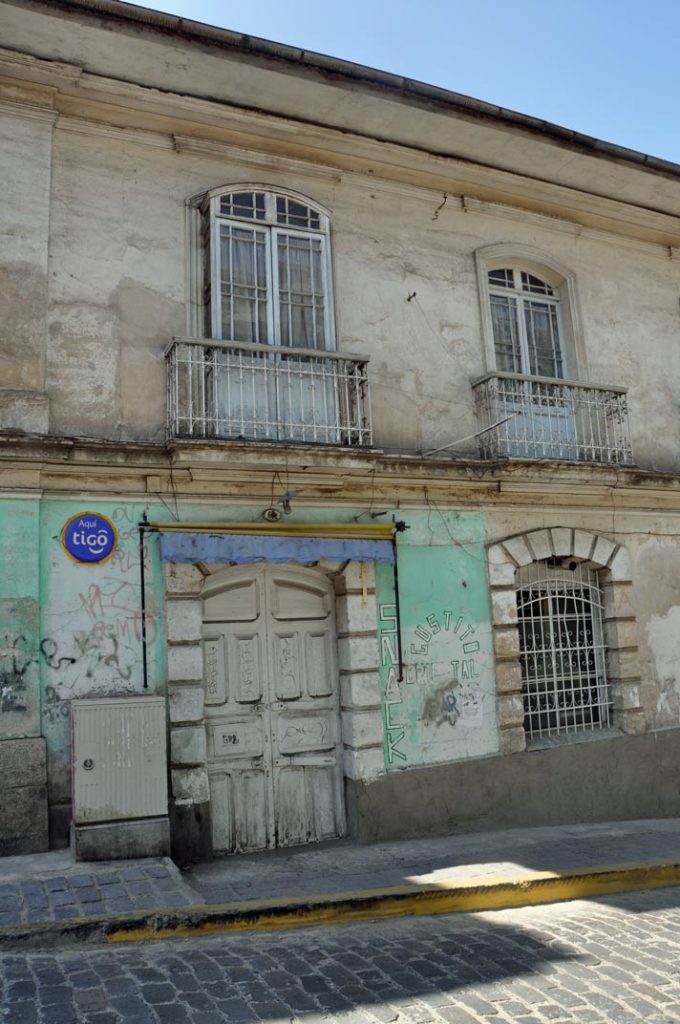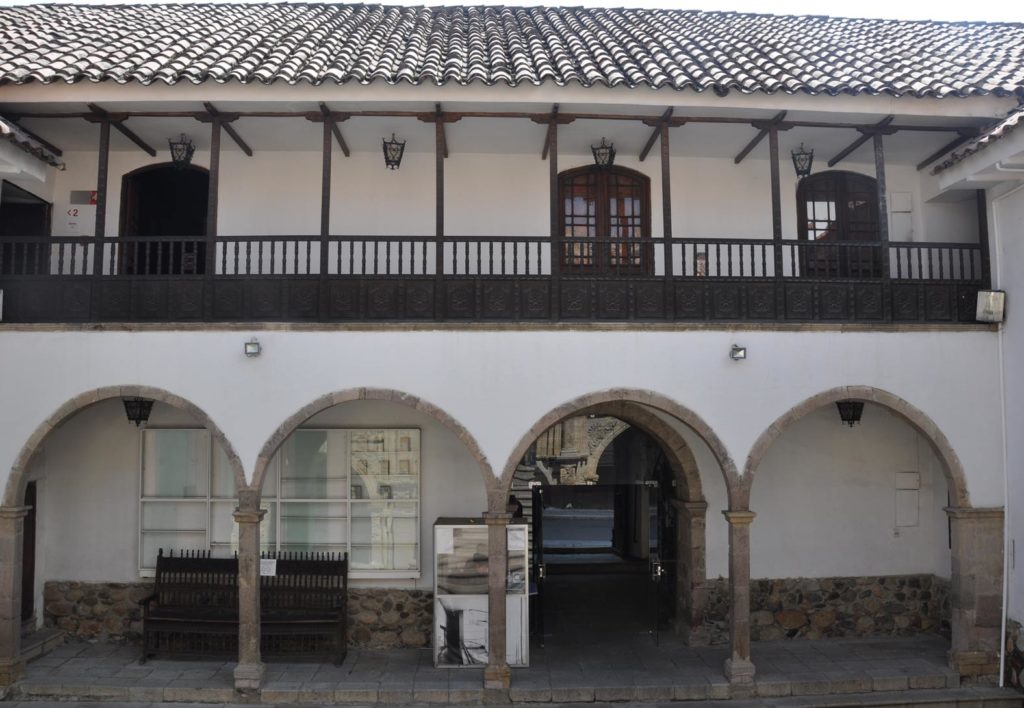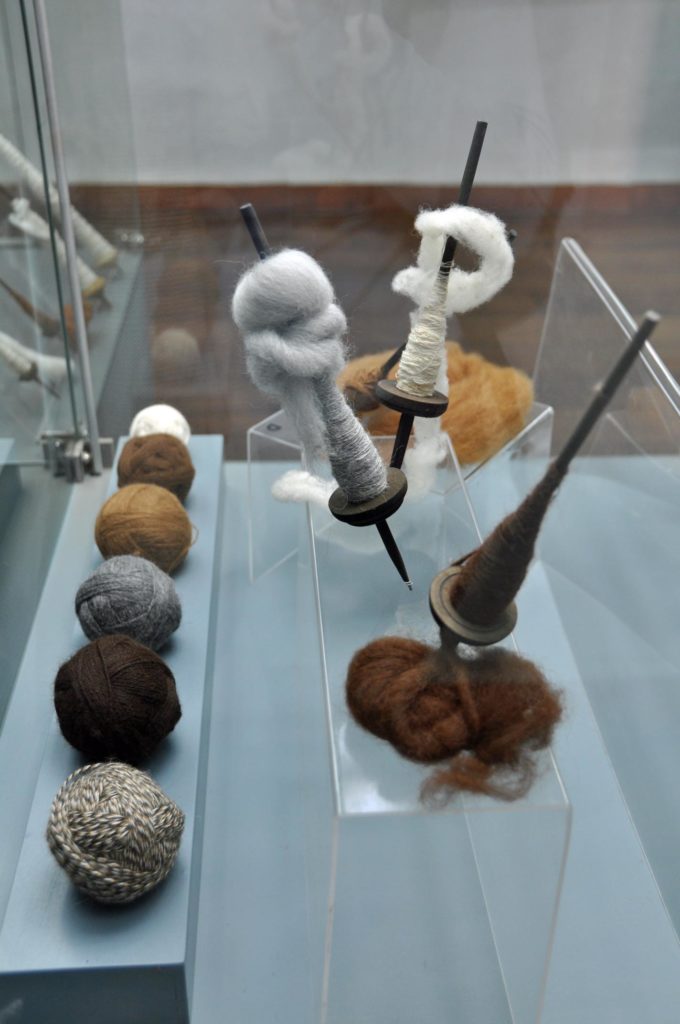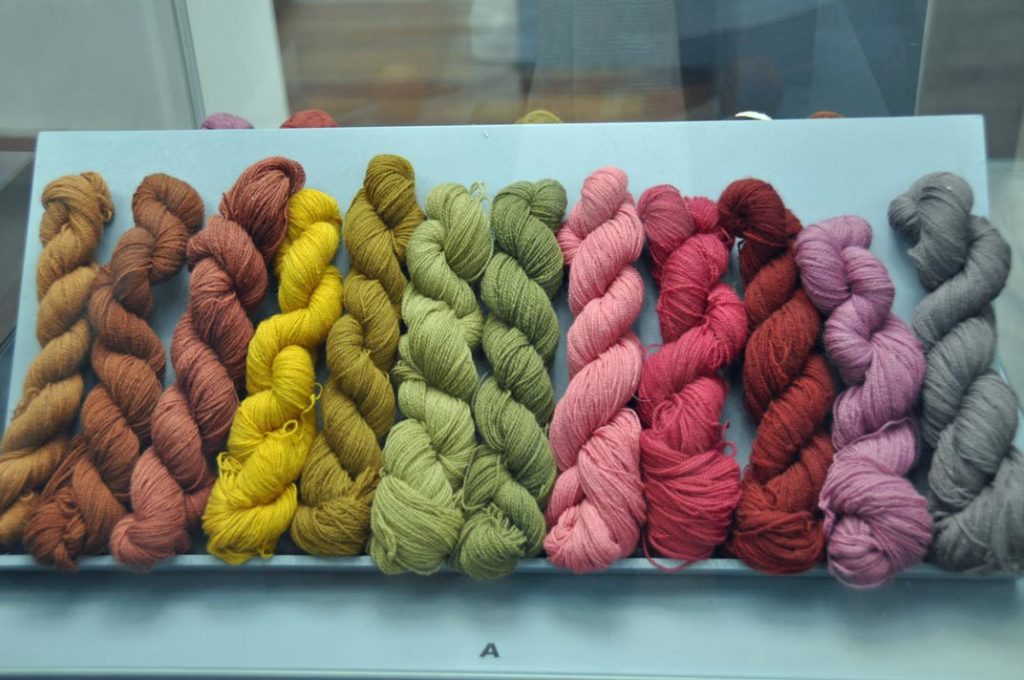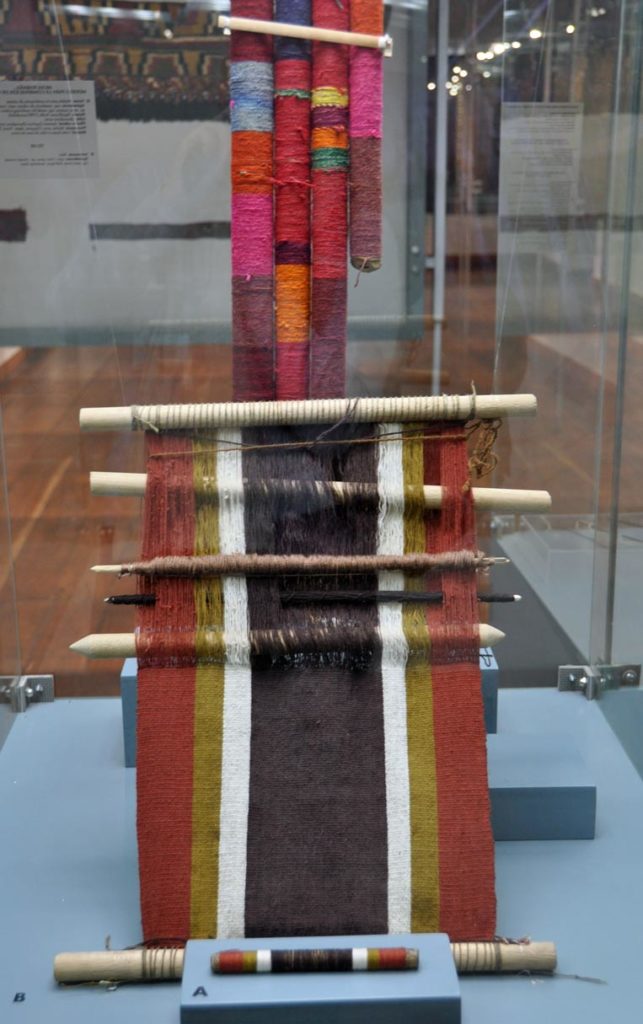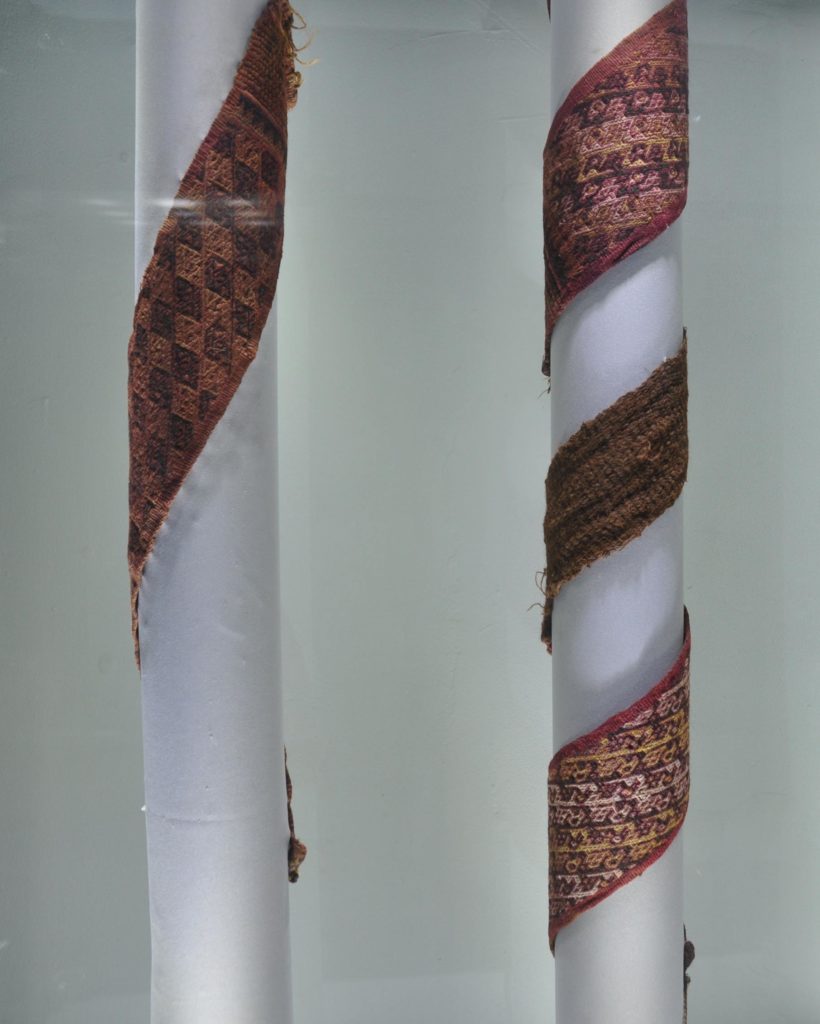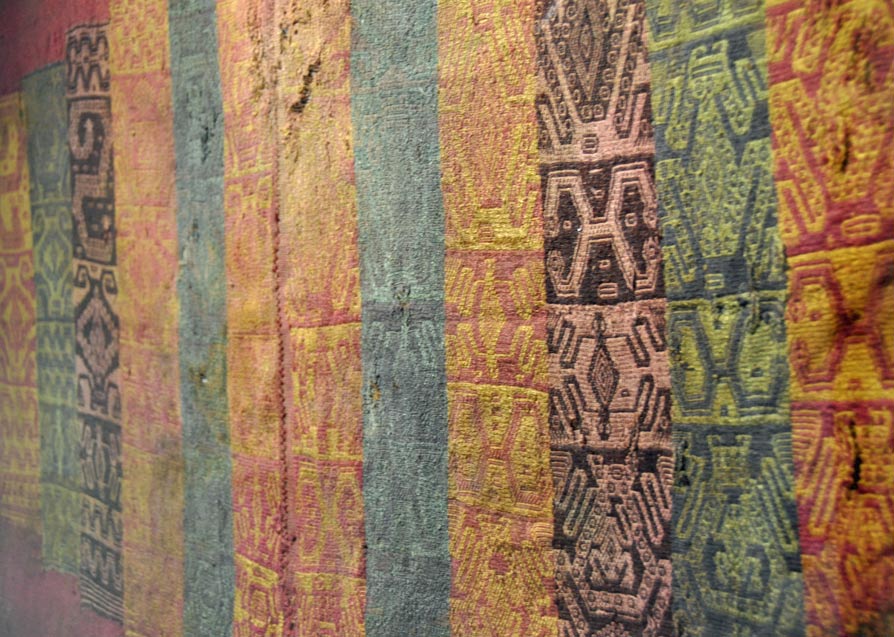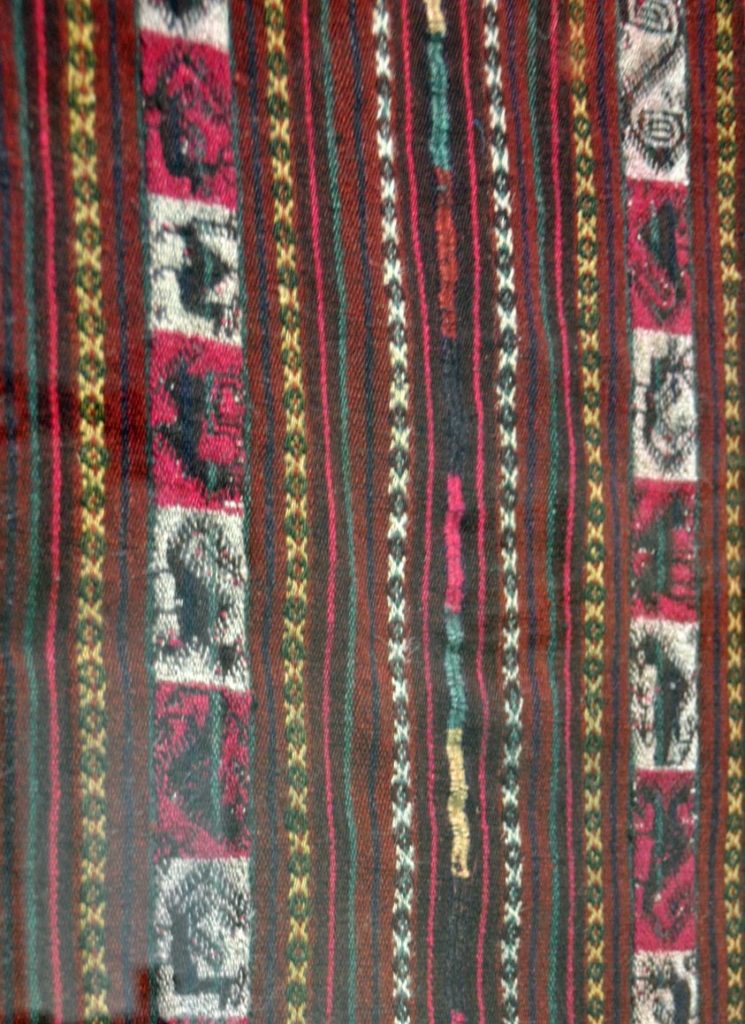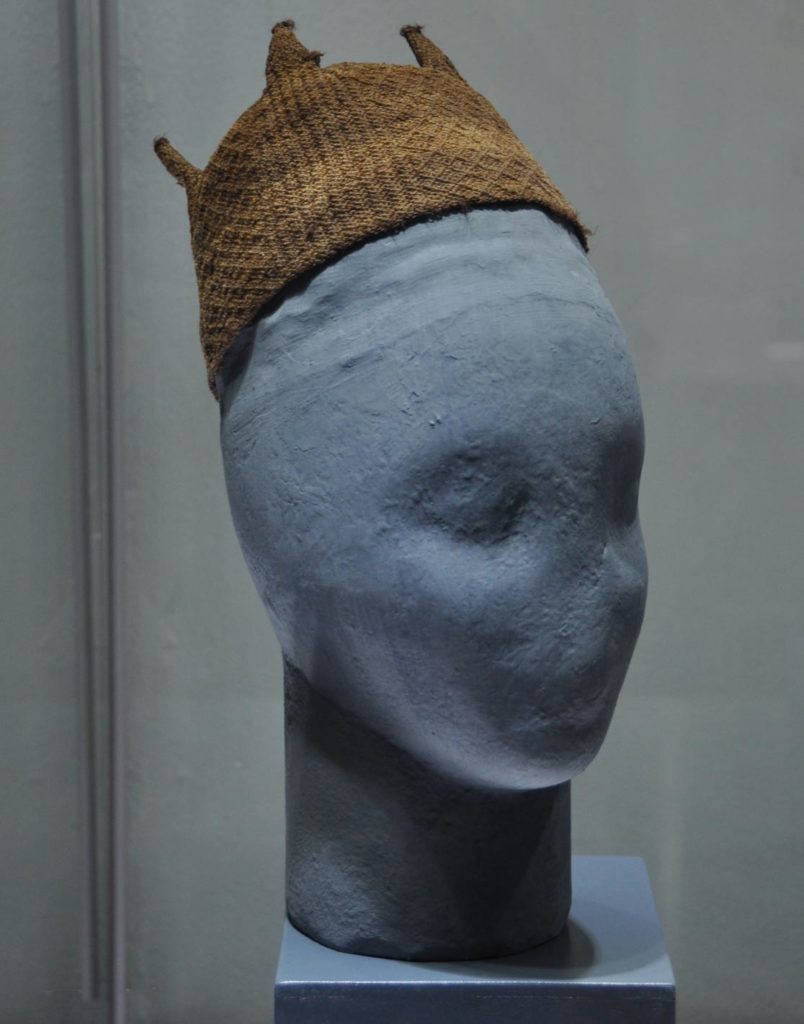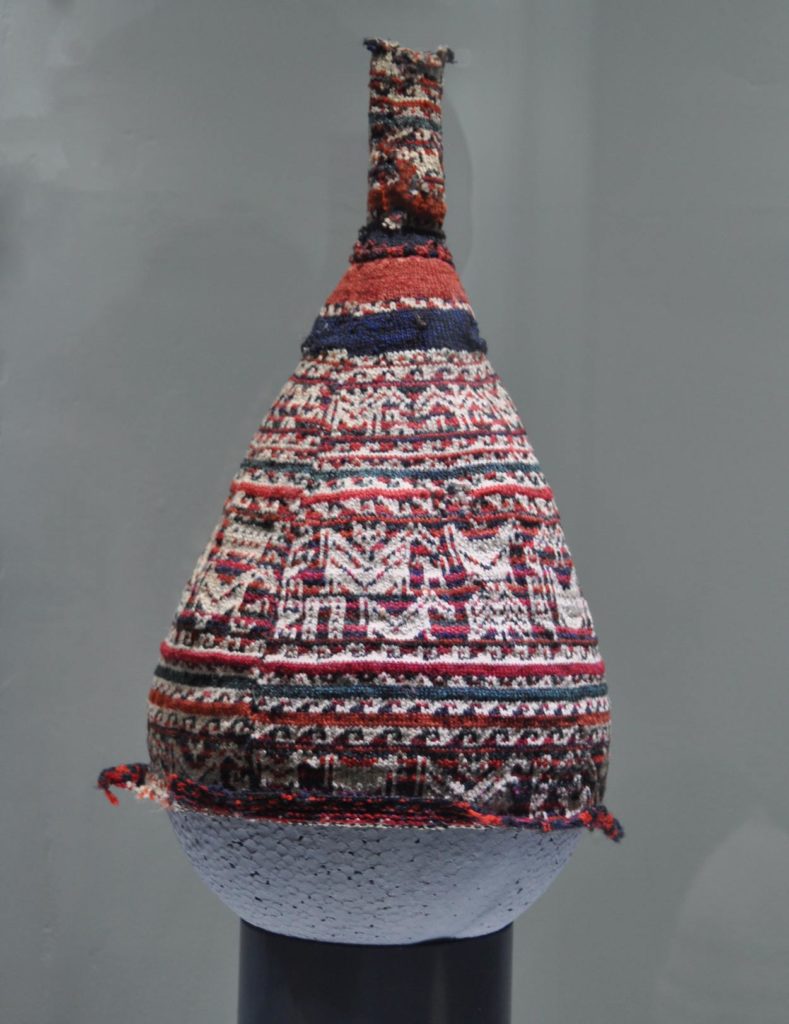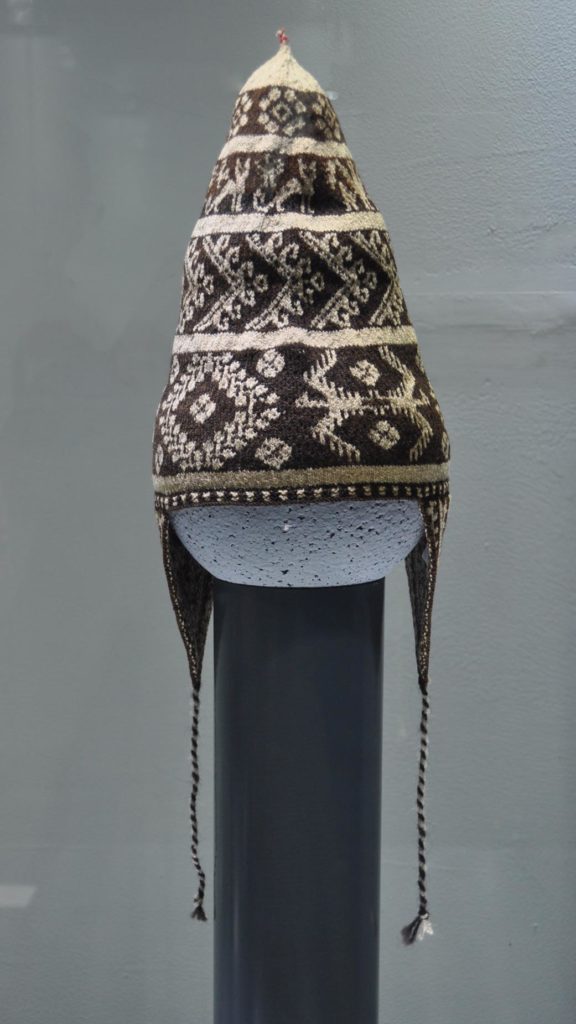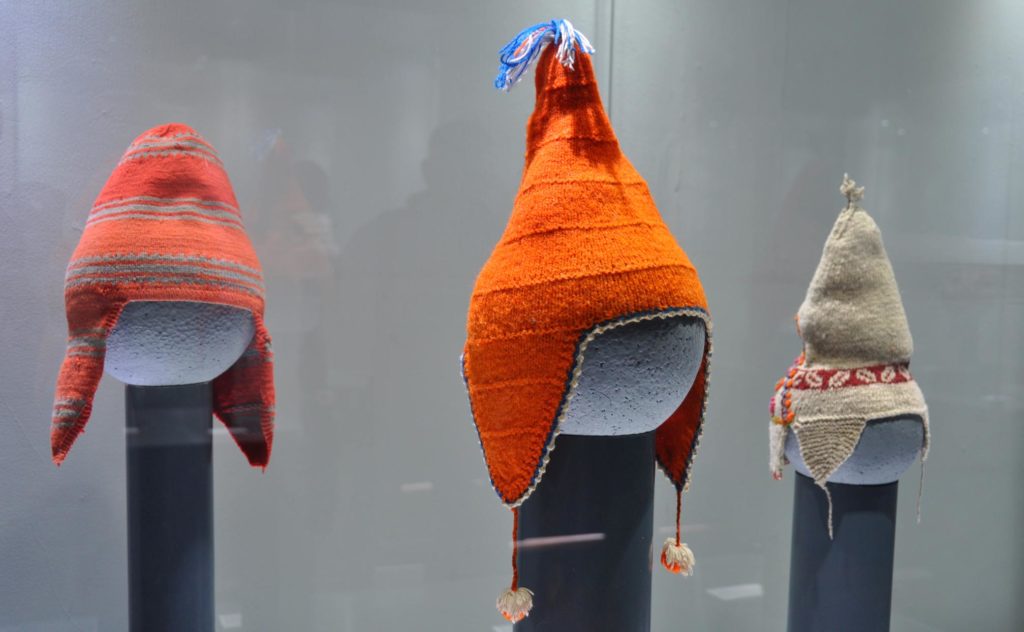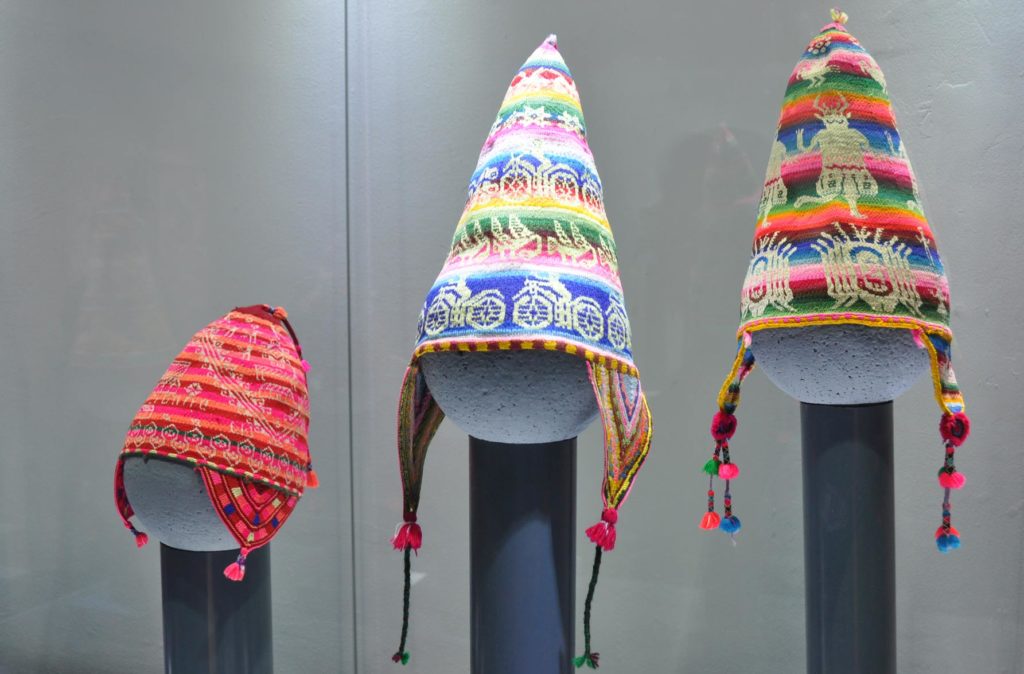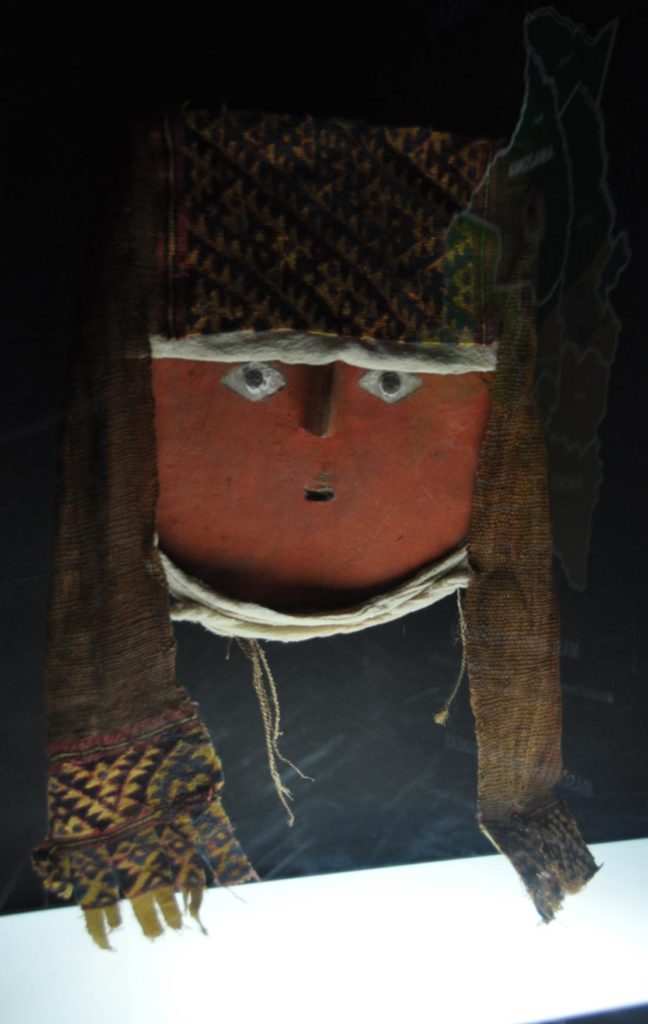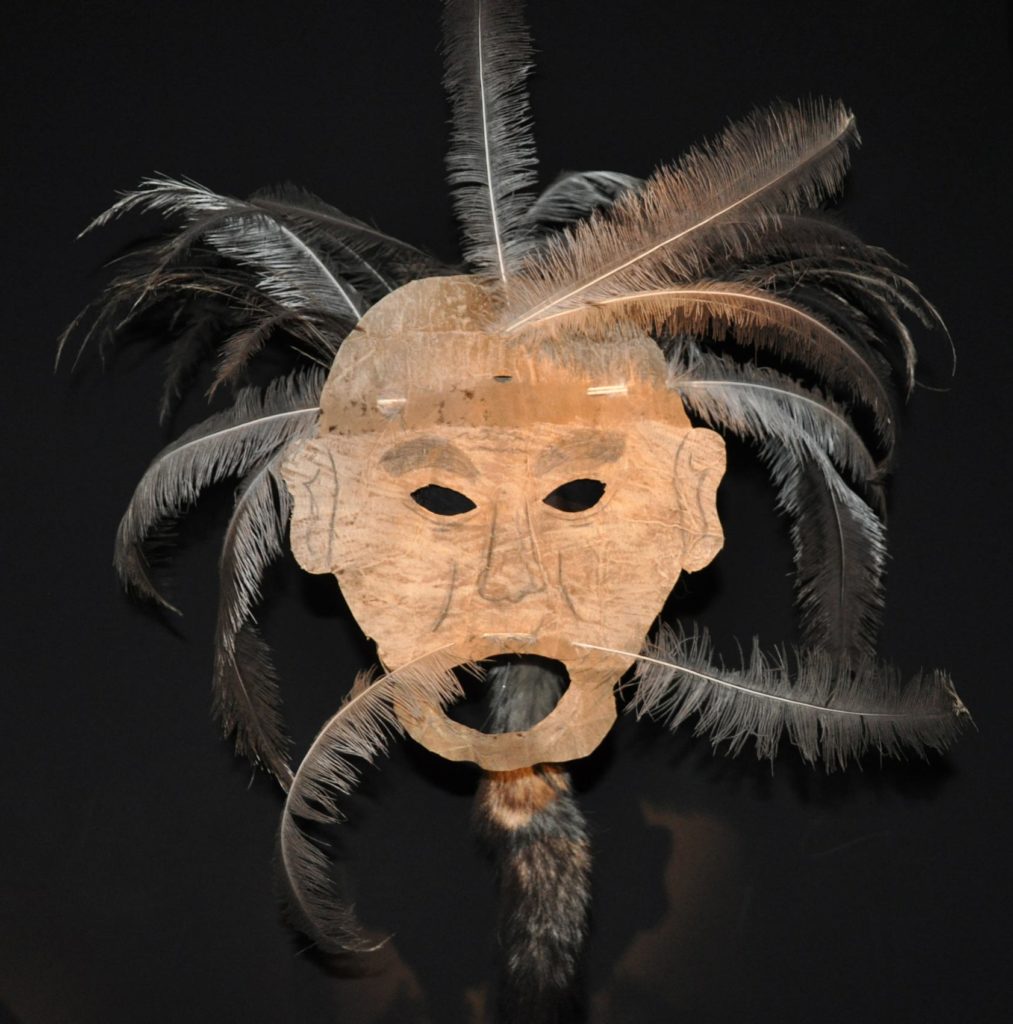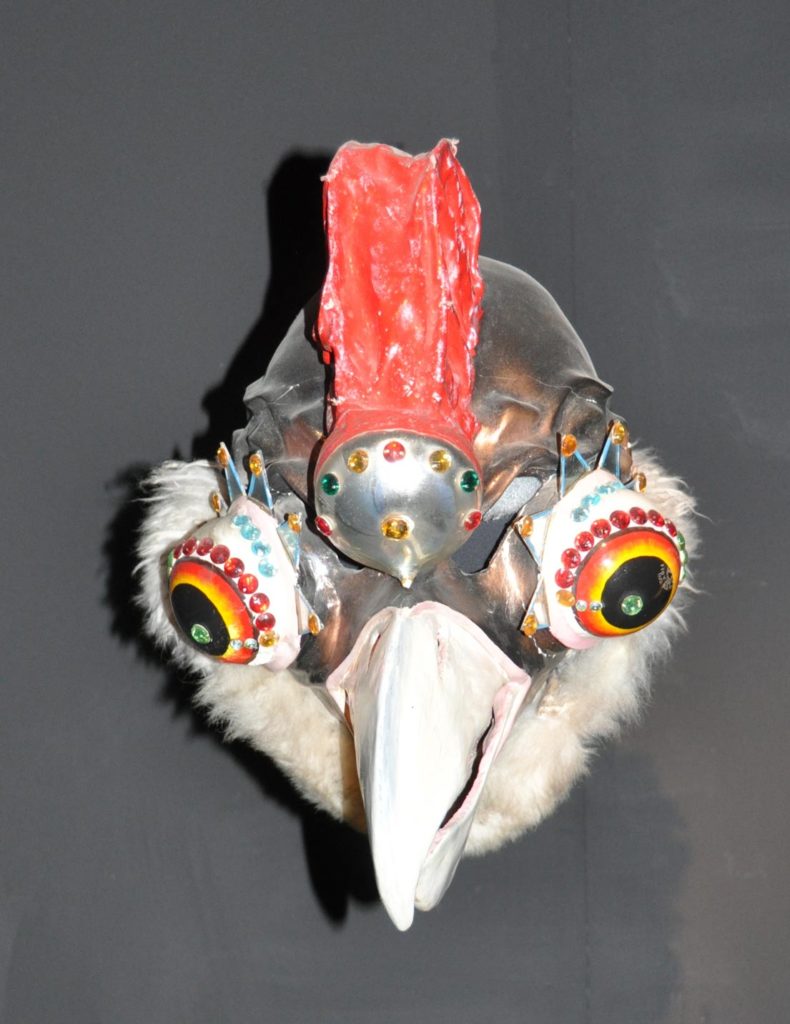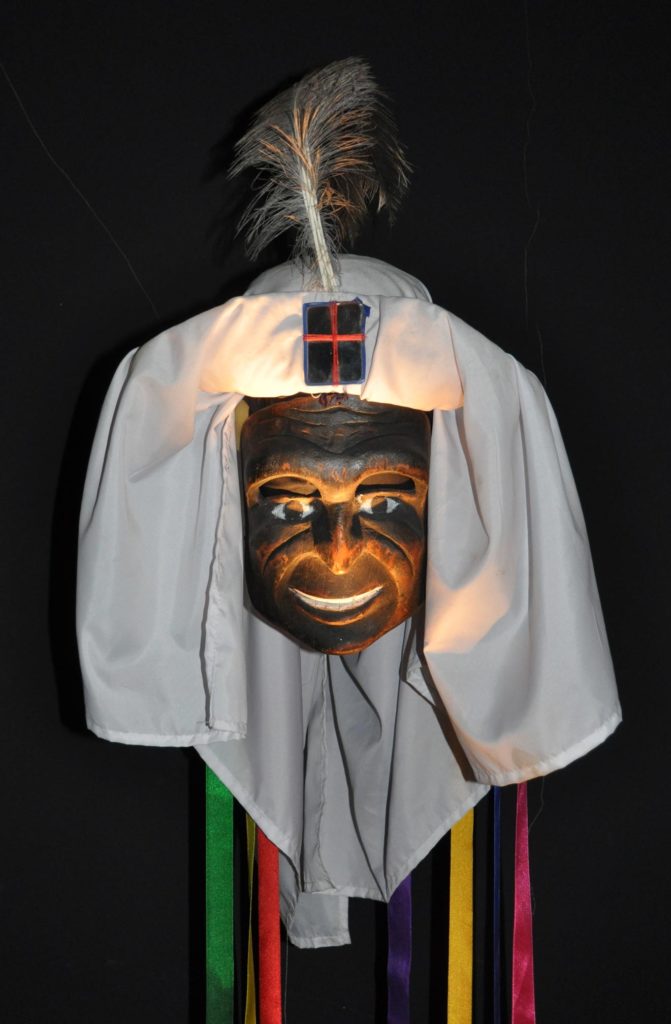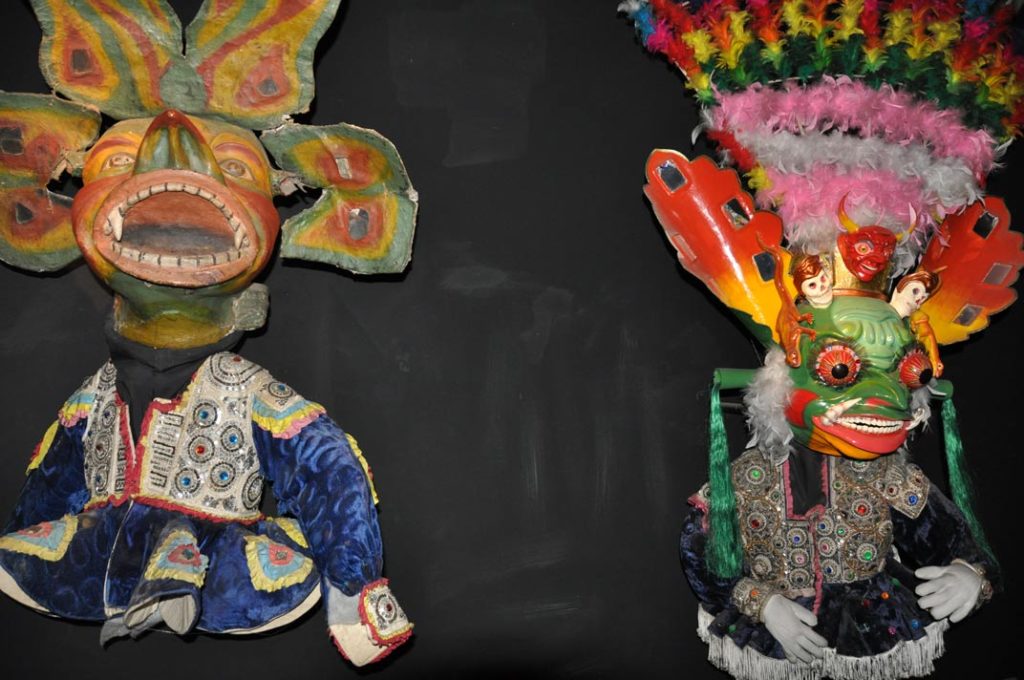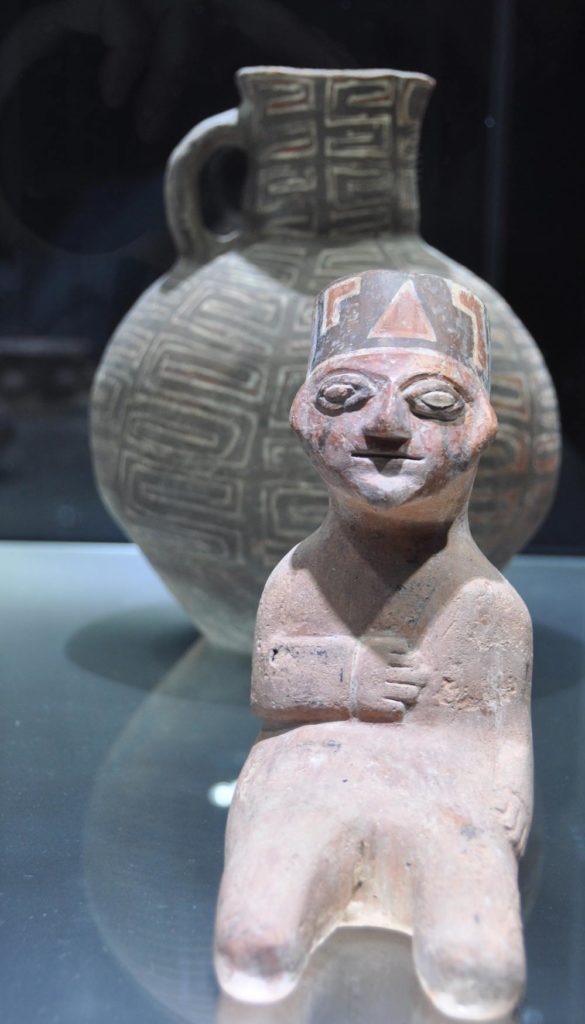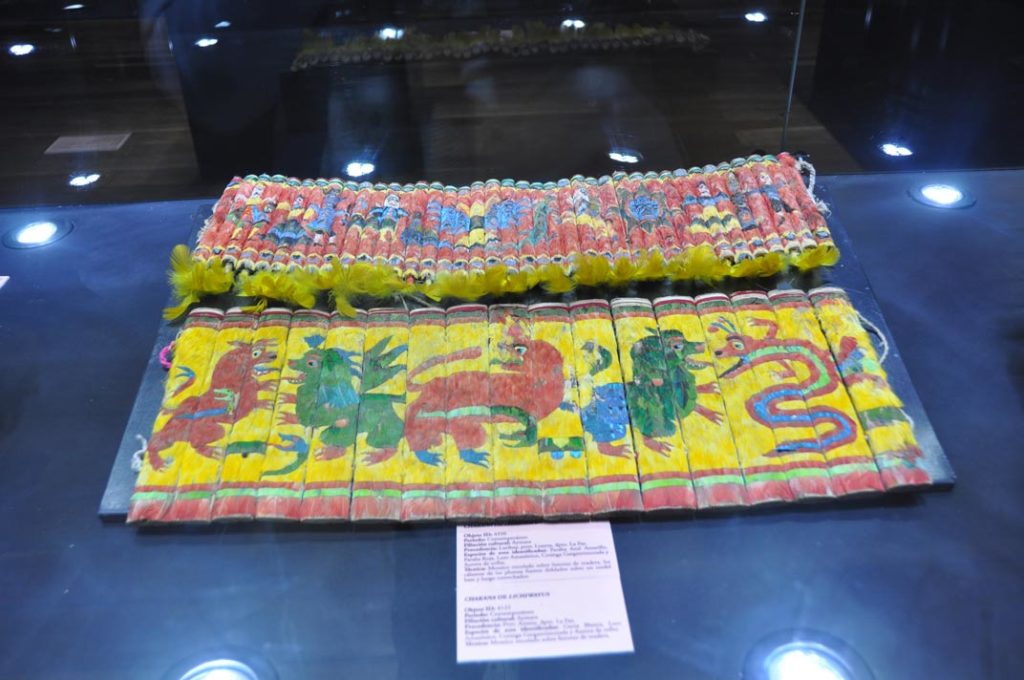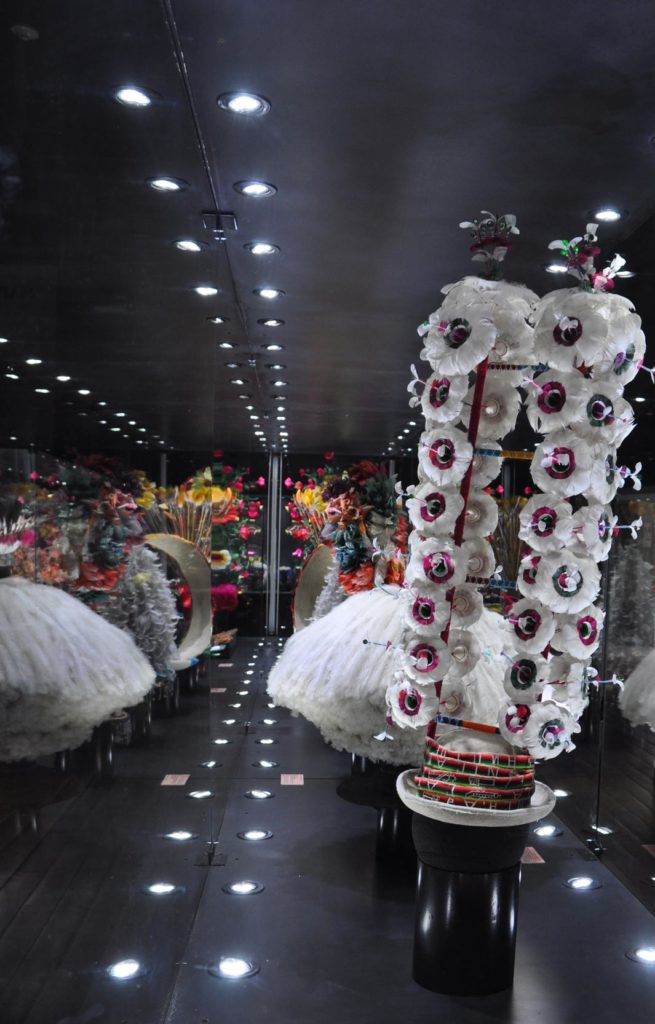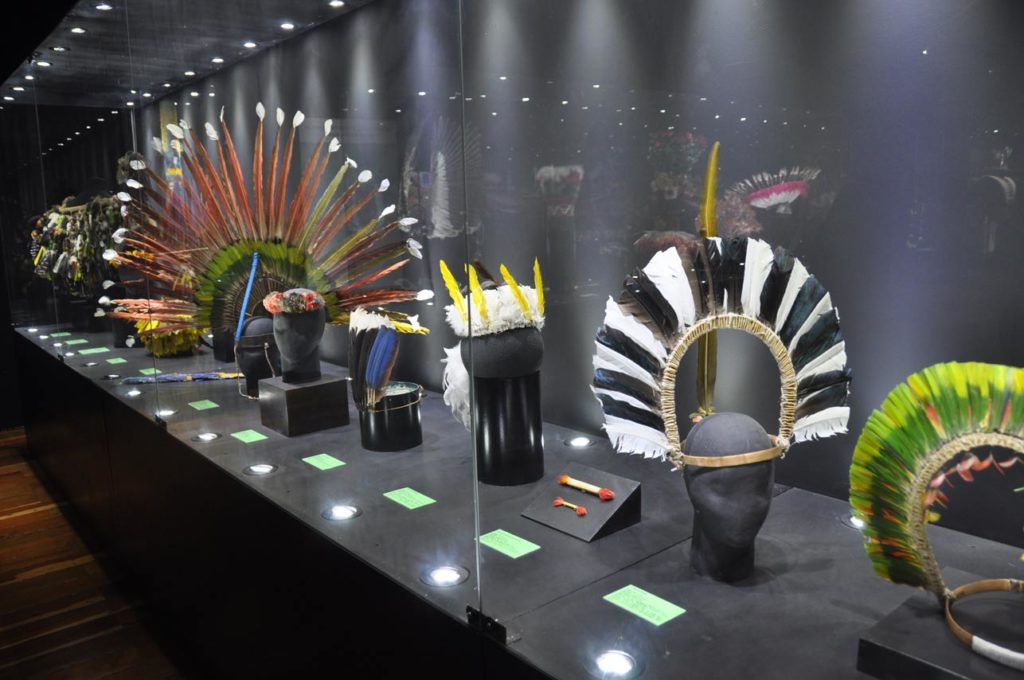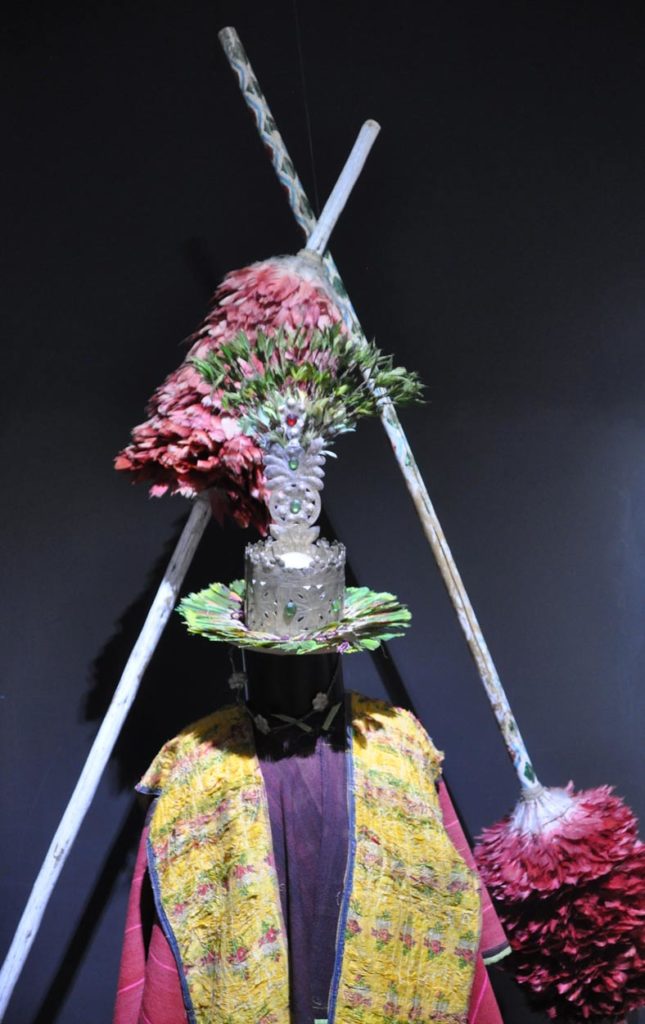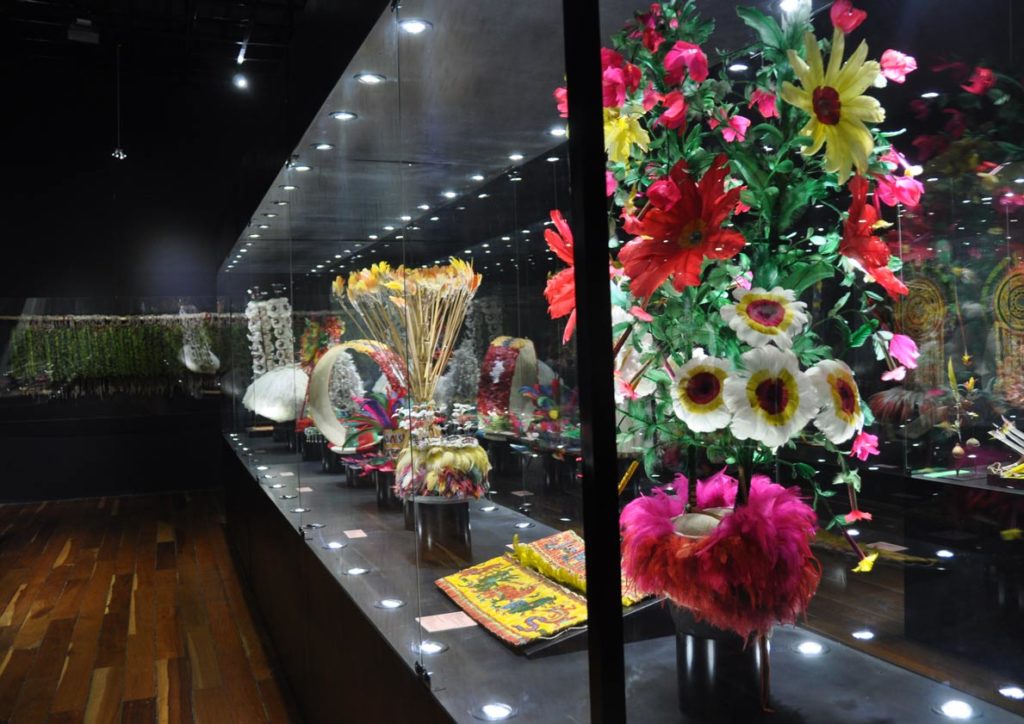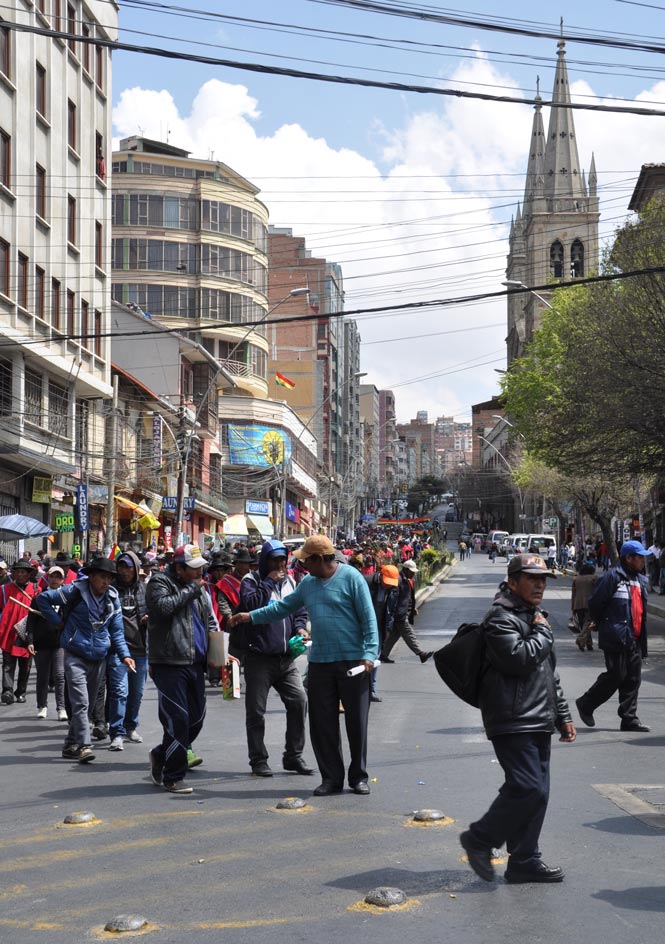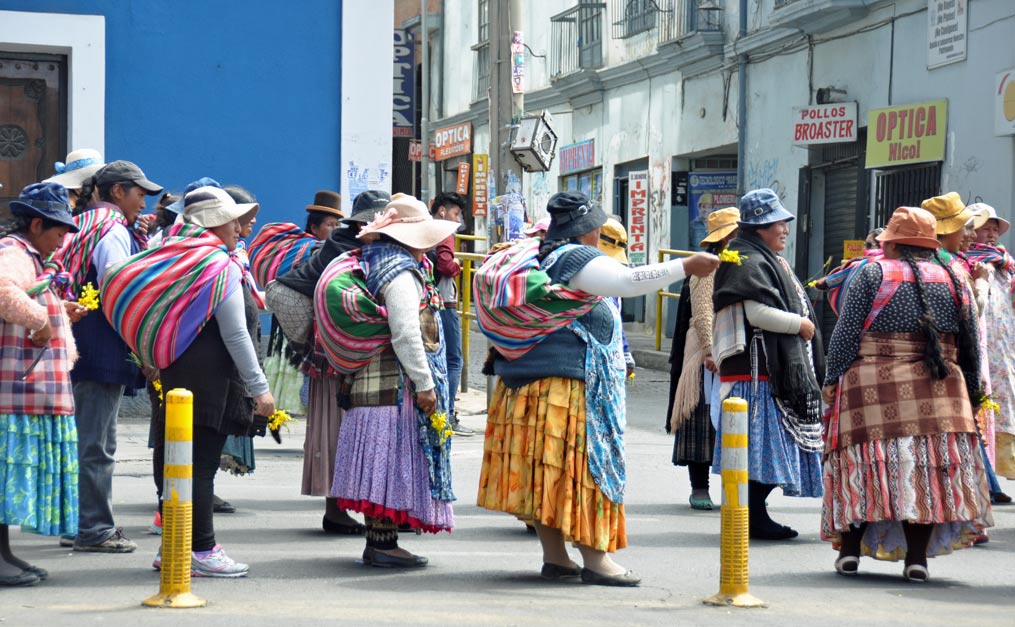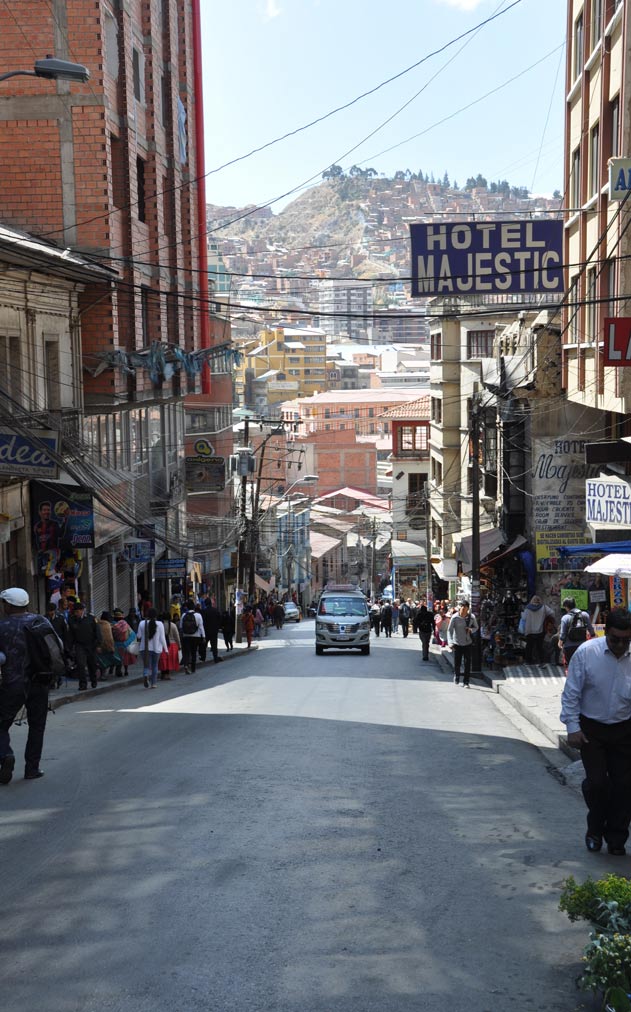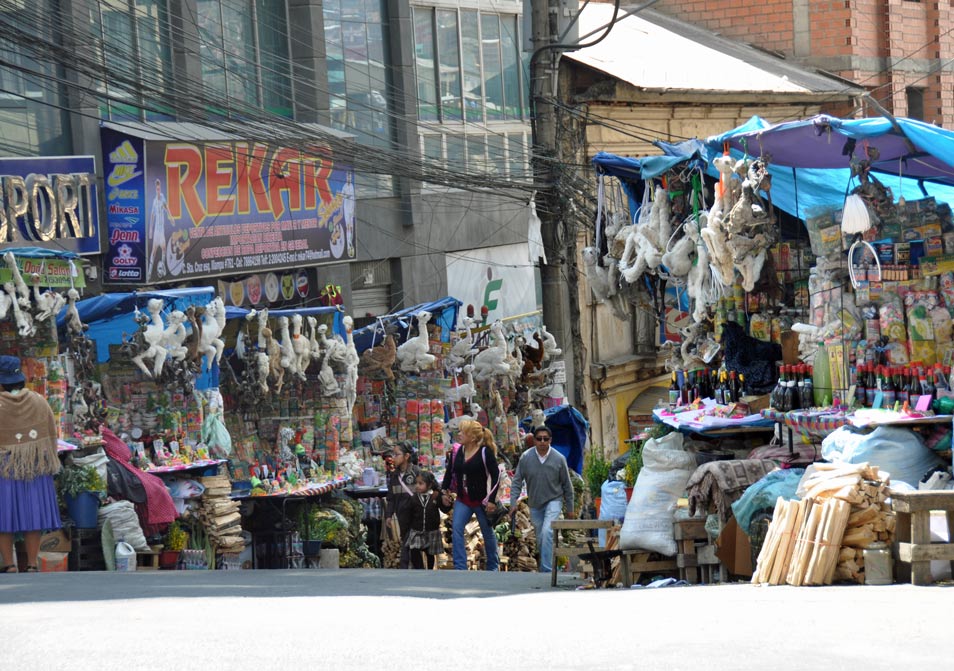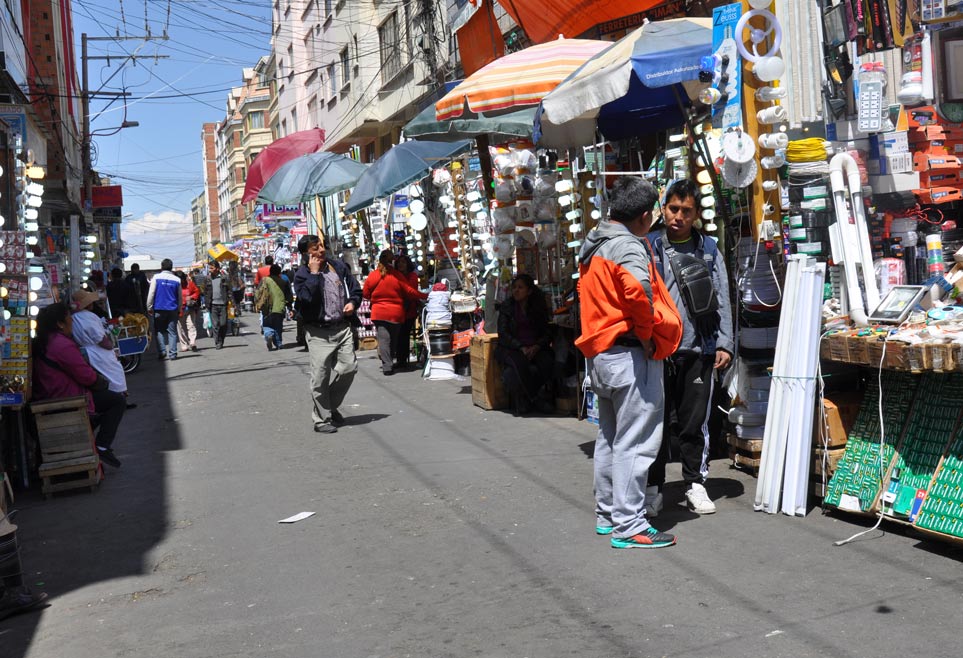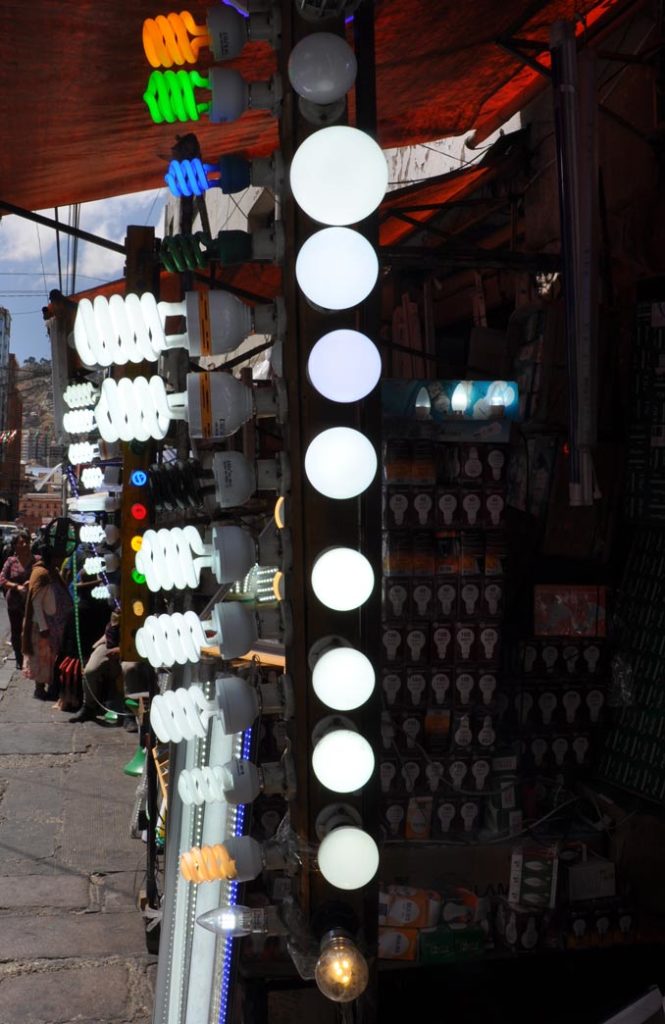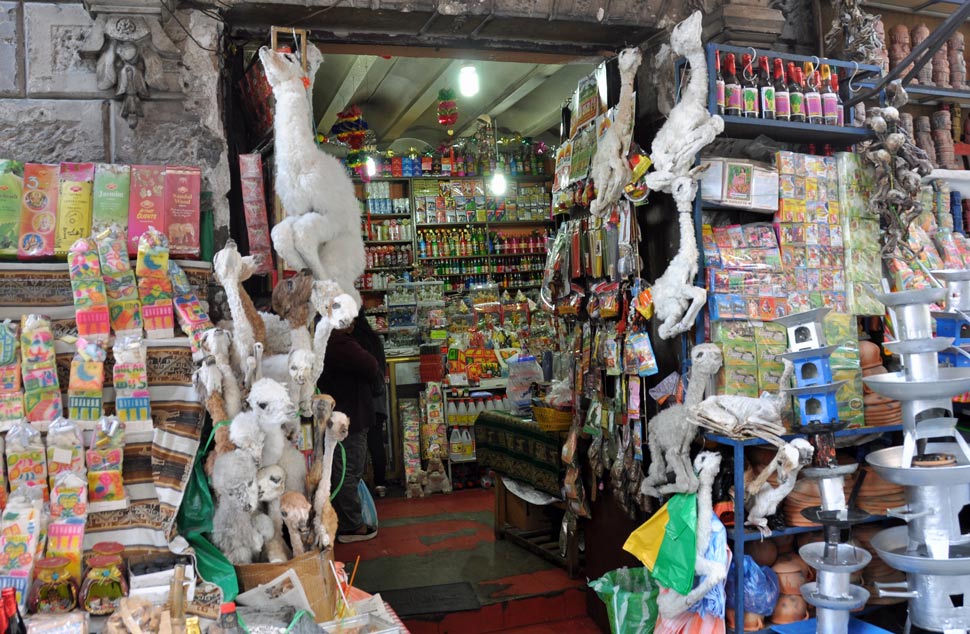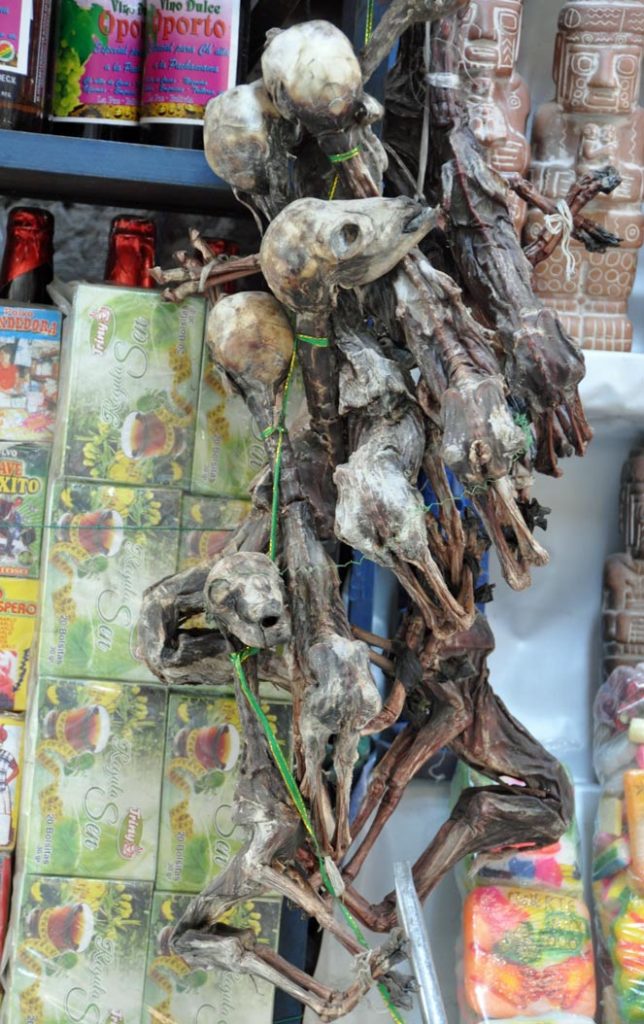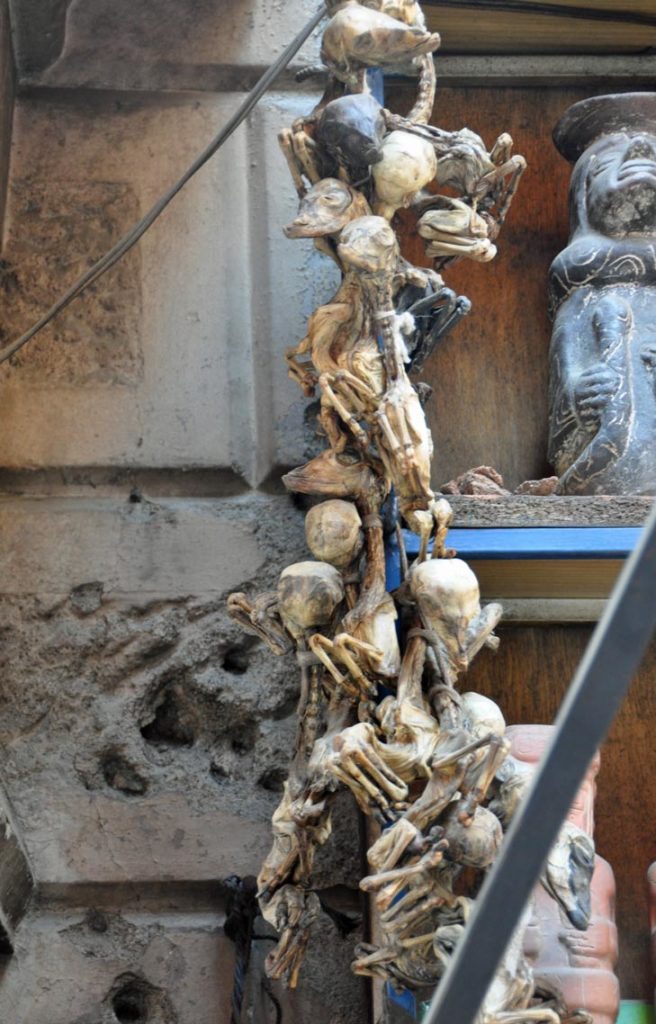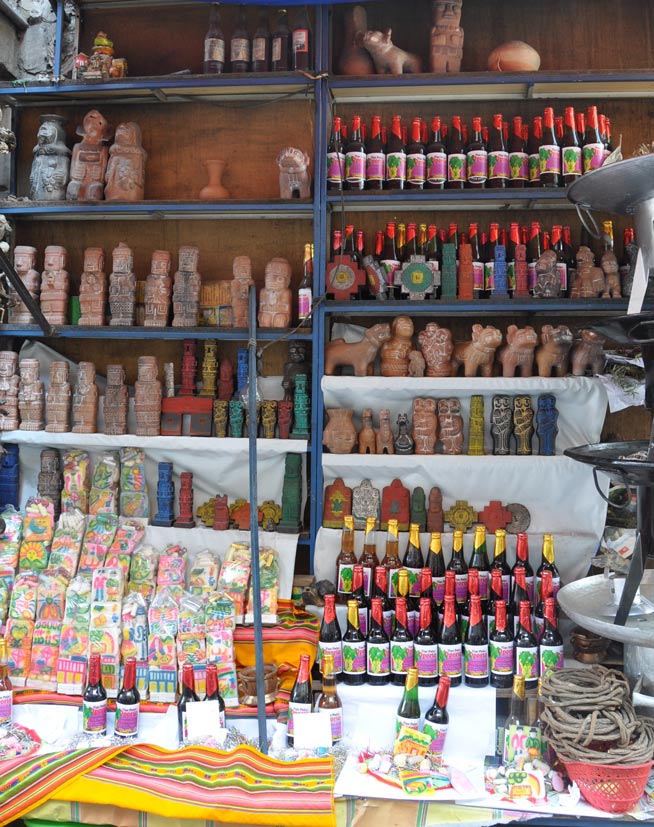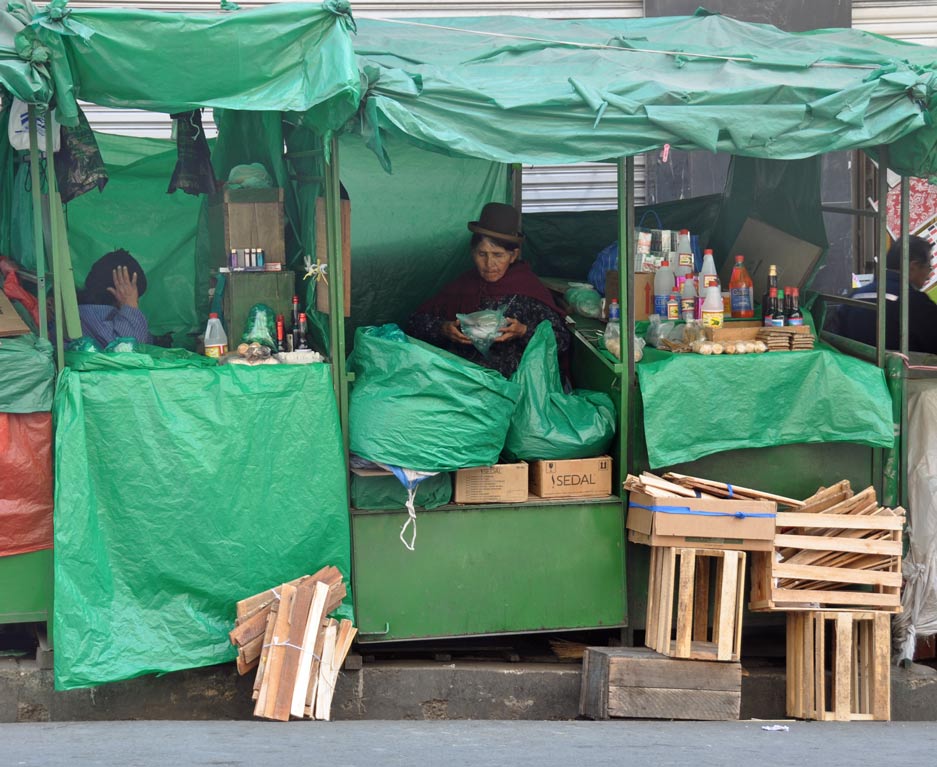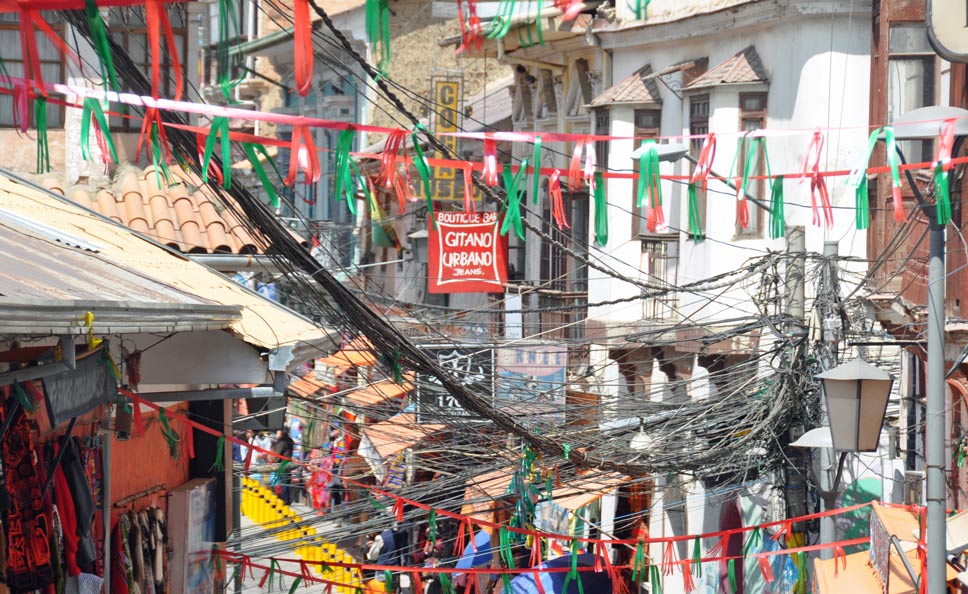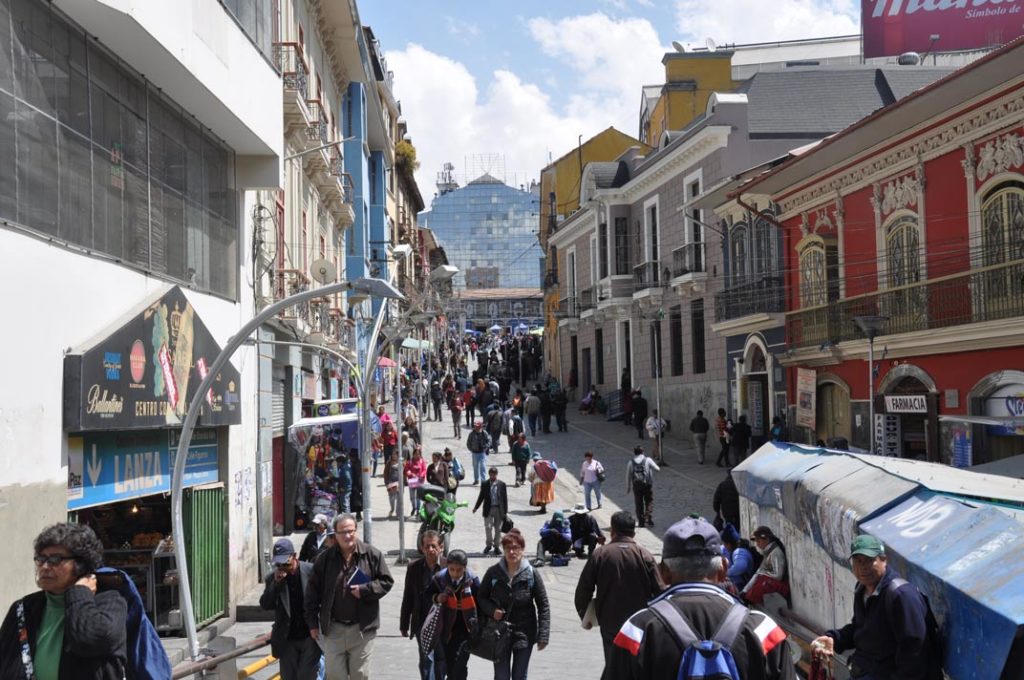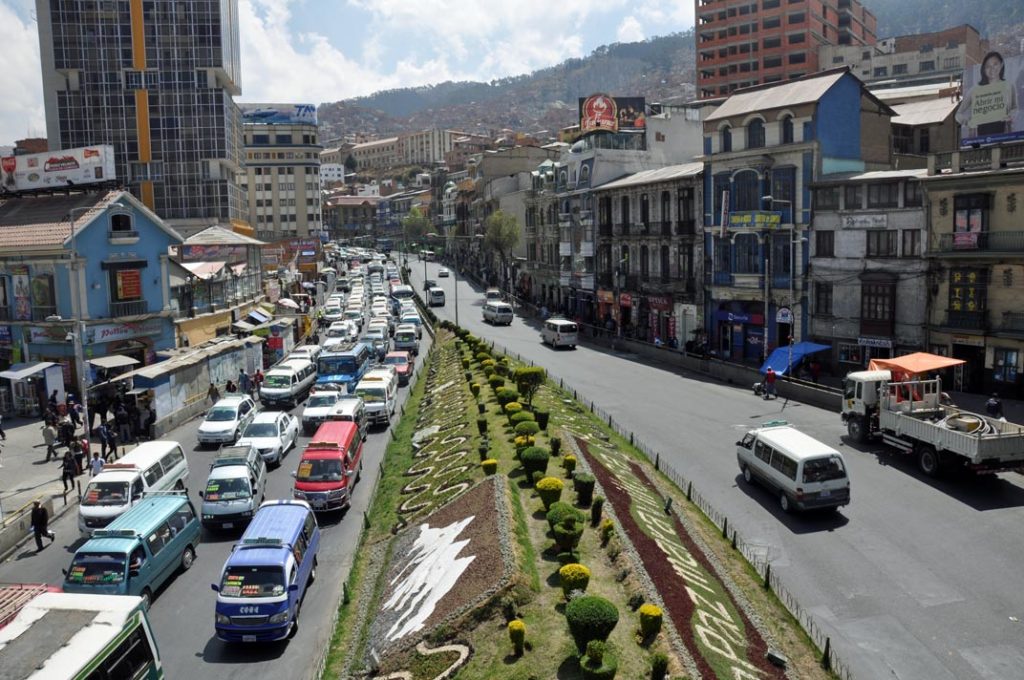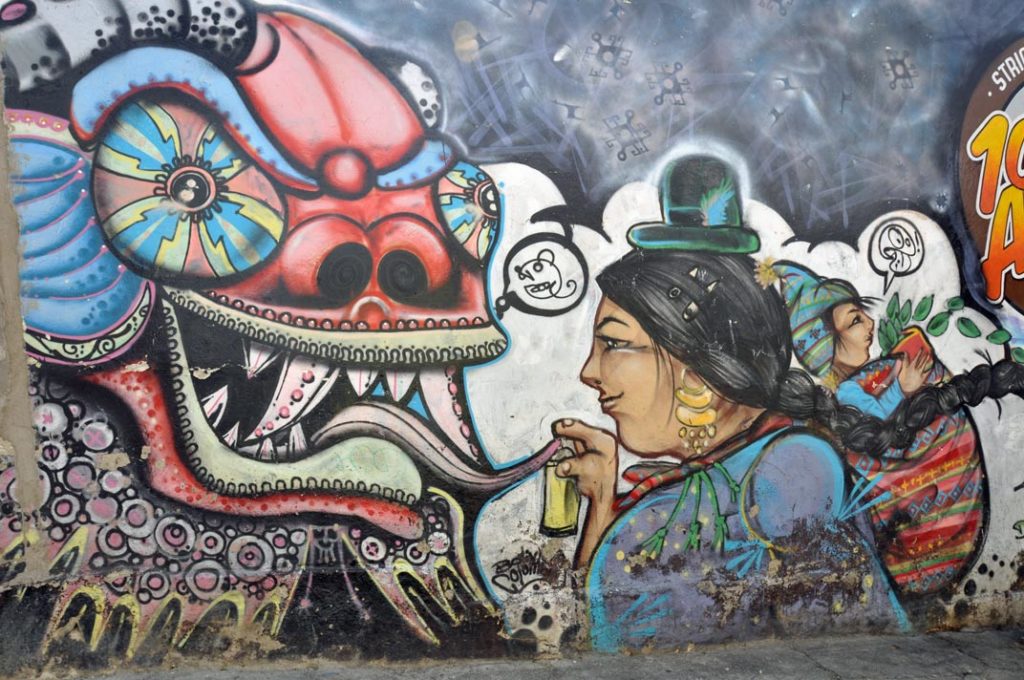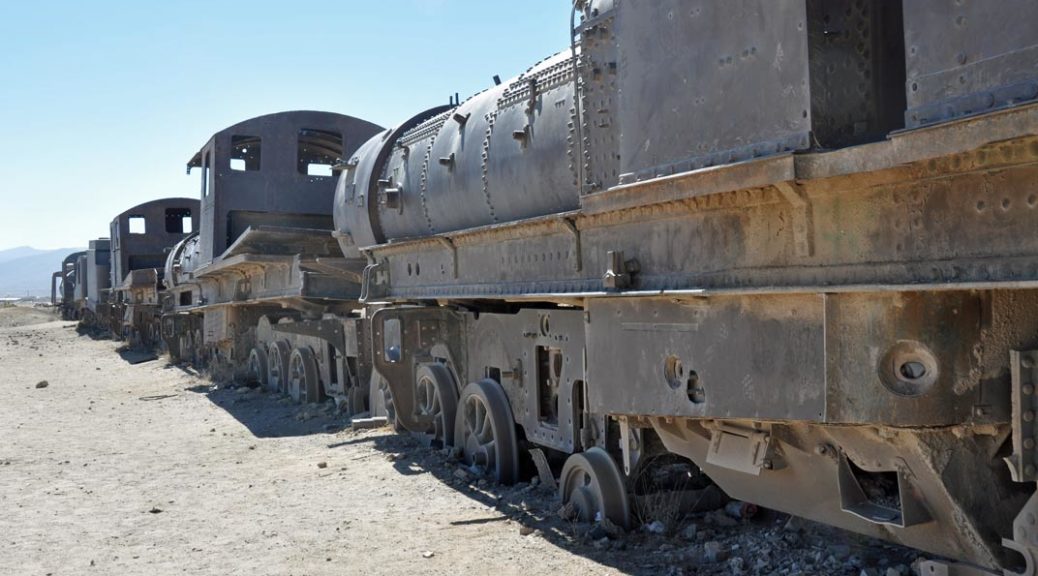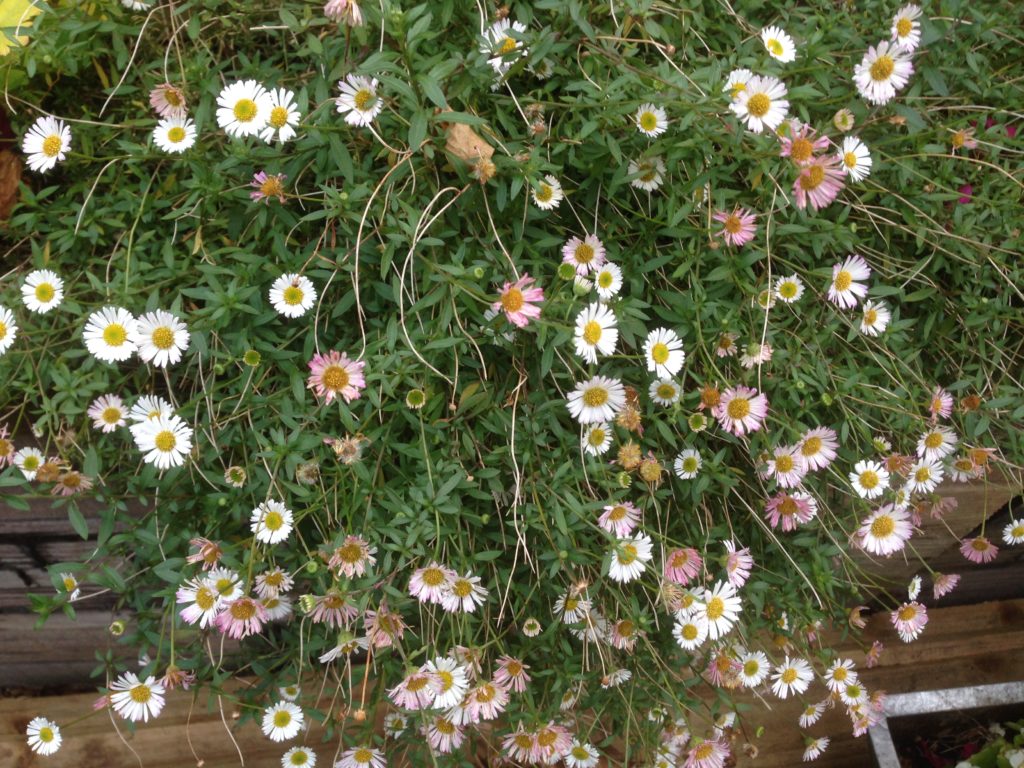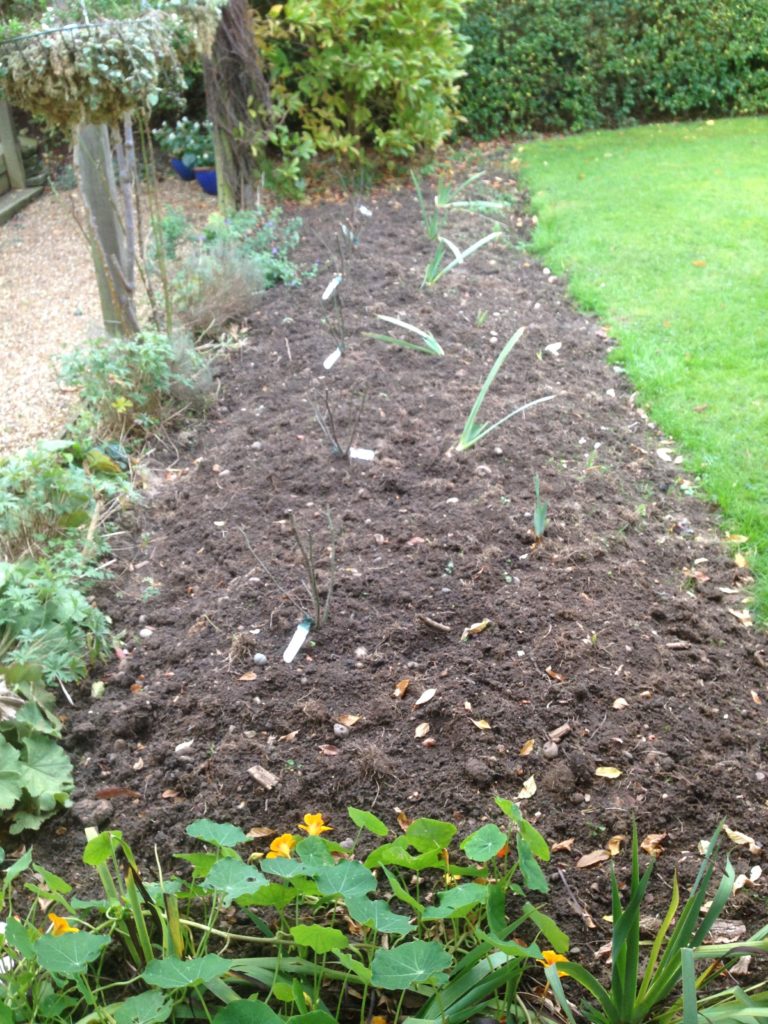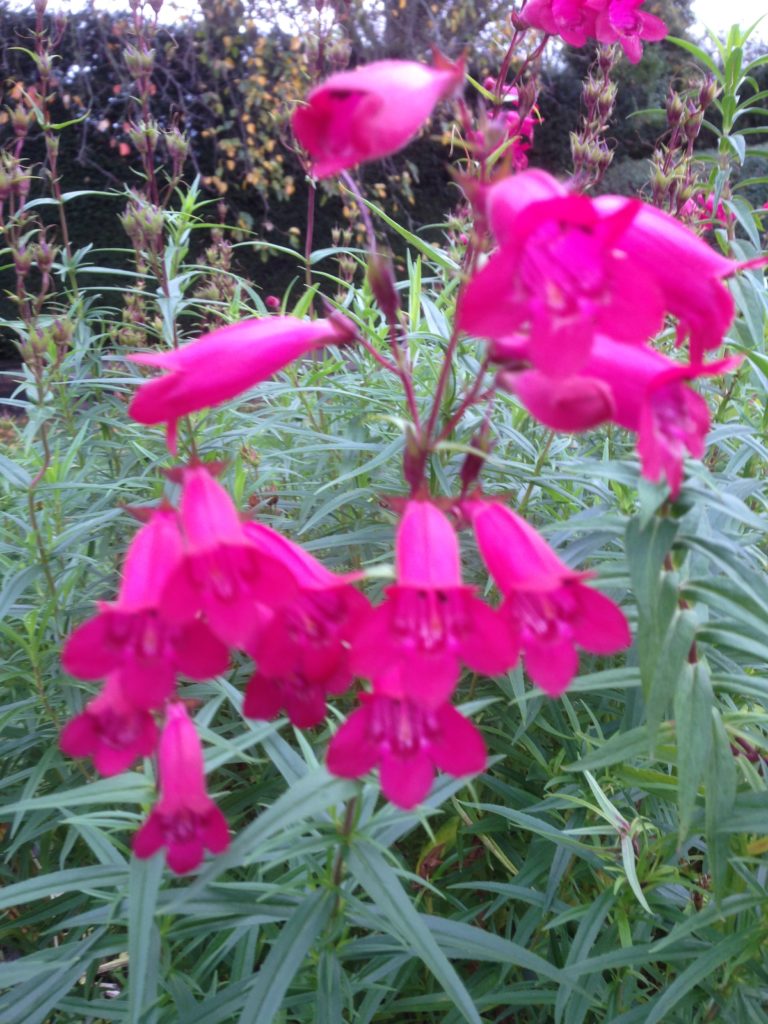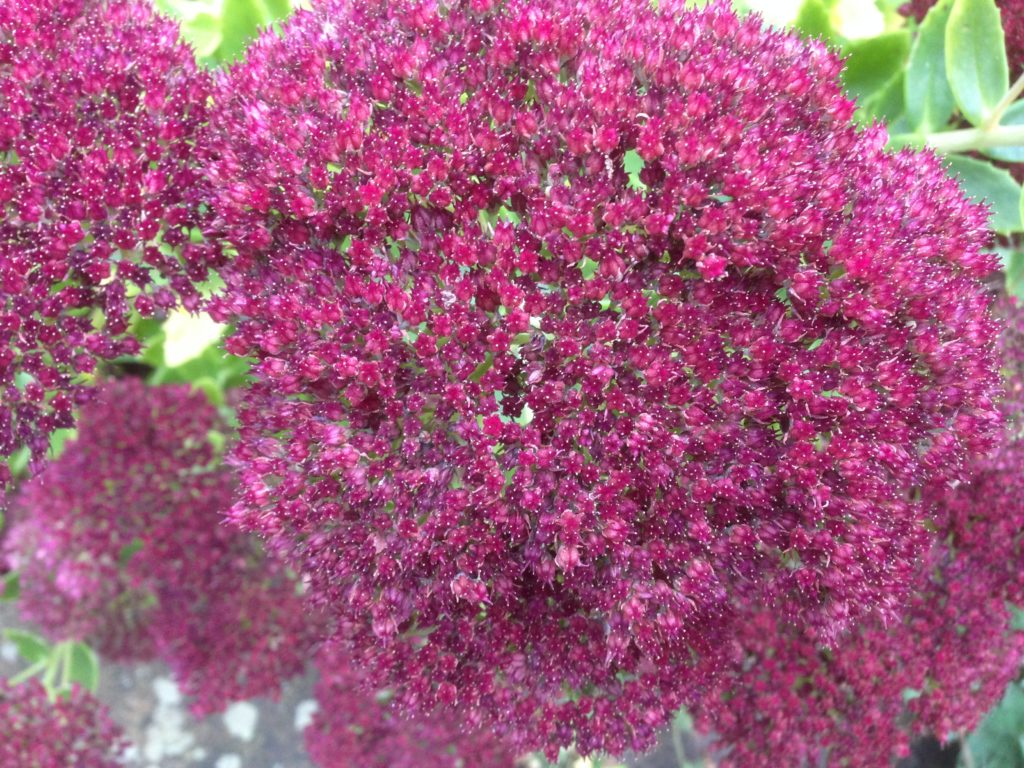Pasta with tomatoes and chilli
The key to success here is cooking the arrabiata sauce low and slow – a little patience will transform a dish you thought you knew into something far superior. Be sure to use whole rather than chopped tomatoes.

Serves 4
400g dried pasta
500g tinned whole plum tomatoes
190ml olive oil, plus a glug
3 garlic cloves, finely chopped
1 red chilli, deseeded and finely chopped (more if you want)
½ tsp caster sugar
Salt and pepper
1 Strain the tinned tomatoes through a colander (the juice tends to be acidic and makes the sauce too wet – set aside for another use).
2 Heat a glug of olive oil on a low-to-medium heat in a heavy-bottomed saucepan. Add the garlic and chilli and fry until just starting to change colour, then add the strained tomatoes and stir. After 5 minutes, turn the heat down to low, add the 190ml olive oil and the sugar and simmer for 2 hours. Stir and scrape the bottom of the pan occasionally to make sure the sauce doesn’t catch. Taste and check for seasoning, You can store this sauce in a sealed container in the fridge for up to 5 days.
3 Bring lots of water to a rolling boil in a large pan and add plenty of salt – it should taste like mild sea water. Add the pasta and cook until al dente.
4 When the pasta is cooked, add a splash of pasta cooking water to the pan of tomato sauce and put the sauce on a low heat. Remove the pasta from the water and add it to the pan of sauce – keep the cooking water. Vigorously toss the pasta in the pan for at least 30 seconds to work the gluten, adding a splash more starchy cooking water if it starts to dry up. Continue tossing the pasta until the sauce emulsifies to a viscous sauce. Serve immediately.
Pasta with Marmite
This Anna Del Conte creation makes perfect sense: the marriage of pasta, fat, and two hits of umami, Marmite and parmesan. Adjust the quantities to your taste.
Serves 2
200g pasta
30g butter
1 heaped tsp Marmite
Grated parmesan, to serve
Black pepper
1 Cook the pasta in a large saucepan of generously salted boiling water, according to the packet instructions, until al dente. Just before you drain it, reserve a cupful of the cooking water. As the pasta drains in the colander, set to work on the sauce.
2 Melt the butter (in the same pan that you cooked the pasta in) with the Marmite and pour in the reserved pasta cooking water, then tip the drained pasta back into the pan. Toss it around to coat the pasta completely, then transfer to bowls or plates, cover with a healthy mound of parmesan and a grinding of black pepper, with more of both on the side.
Spaghetti alla puttanesca
It is said spaghetti alla puttanesca (the last word translates as “in the style of a lady of the night”) originated in Naples. One story goes that it takes as long to cook the dish as it does the lady to take care of her clients. Either way, it has all the heritage of southern Italian cooking: chilli, tomato and olive oil. For me, the spicier the better, with as much dried chilli (or pepperoncini) as you can take.
Serves 4
2 tbsp extra virgin olive oil
1 small onion, chopped finely
2 garlic cloves, chopped
400g tin of tomatoes
Salt and pepper
375g spaghetti or linguine
2 tsp small capers
A pinch of chilli flakes
10 black olives, chopped
12 white marinated anchovies
Flat-leaf parsley to garnish
1 In a saucepan, heat 2 tbsp olive oil, add the onion and garlic and sauté without letting them colour.
2 Add the tinned tomatoes, season with freshly milled salt and pepper and simmer for 10 minutes, until it becomes a nice thick sauce.
3 Meanwhile, cook the pasta in a pan of boiling salted water, according to the packet instructions (normally about 12 minutes) until al dente.
4 While the pasta is cooking, add the capers, chilli and black olives to the tomato sauce.
5 Drain the pasta well, toss in with the sauce and finish with the anchovies and chopped flat-leaf parsley. Finally, check the seasoning and serve.
Spaghetti with lemon, parsley, garlic and chilli
How much you make of this is of course entirely up to you, depending on how many somersaults you want to happen in your mouth. However you make it, it is an invigorating yet comforting meal.
Serves 4
2 large unwaxed lemons
A big handful of flat-leaf parsley
500g spaghetti
6 tbsp olive oil
1-2 garlic cloves
A small dried chilli or pinch of red chilli flakes
1 Grate the zest from the lemon and very finely chop the parsley, then mix the two together and set aside.
2 Bring a large pan of well-salted water to a fast boil, stir, then add the spaghetti and cook until al dente. Meanwhile, very finely chop the garlic and chilli.
3 In a large frying pan, gently warm the olive oil, garlic and chilli over a low flame until fragrant – do not let it burn. Once the spaghetti is cooked, drain it – or better still, use a sieve or tongs to lift the spaghetti and just a little residual water into the frying pan. Stir, add the lemon and parsley, a pinch of salt and, if you like, a squeeze of lemon. Stir again, divide between plates and eat immediately.

